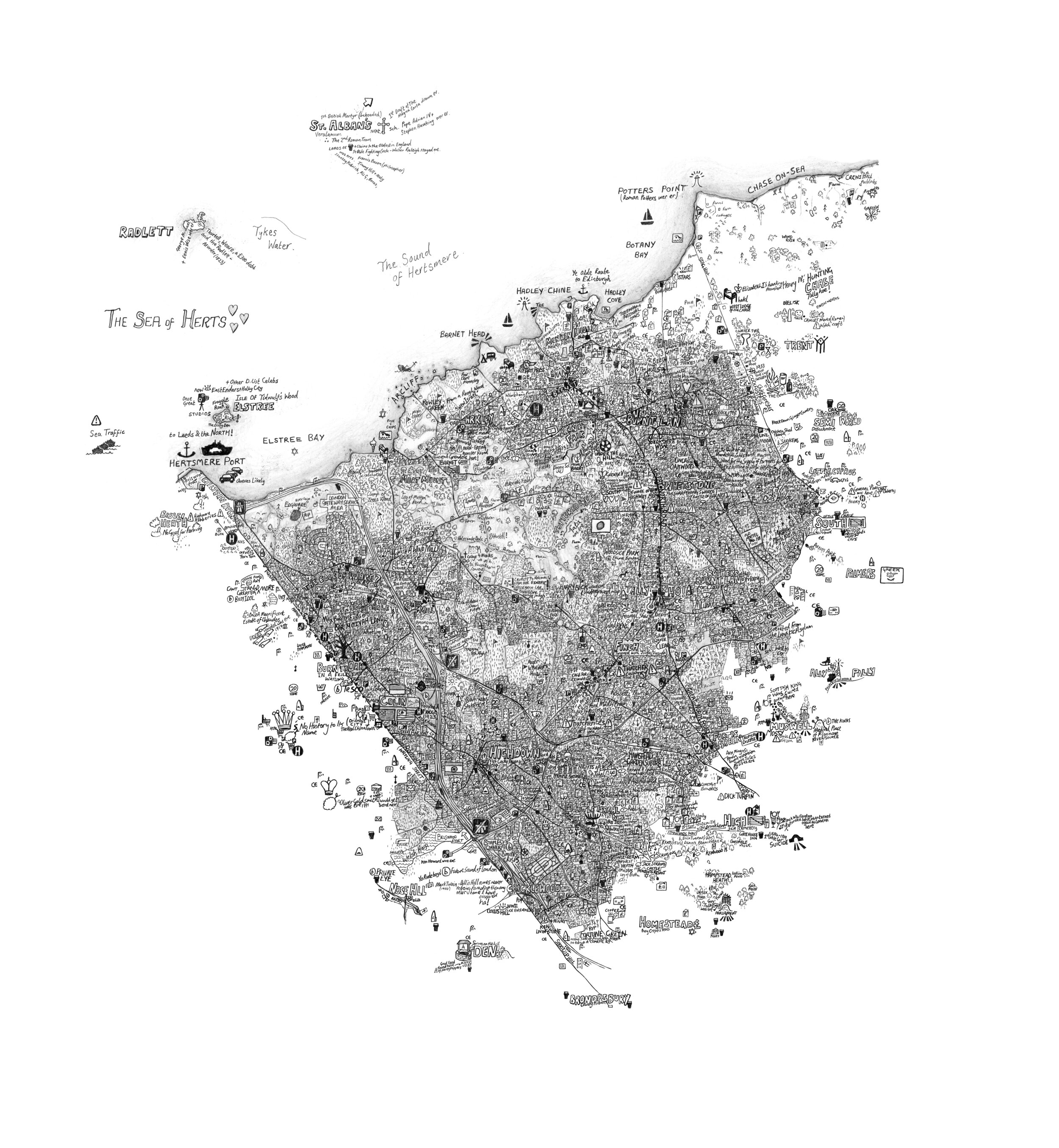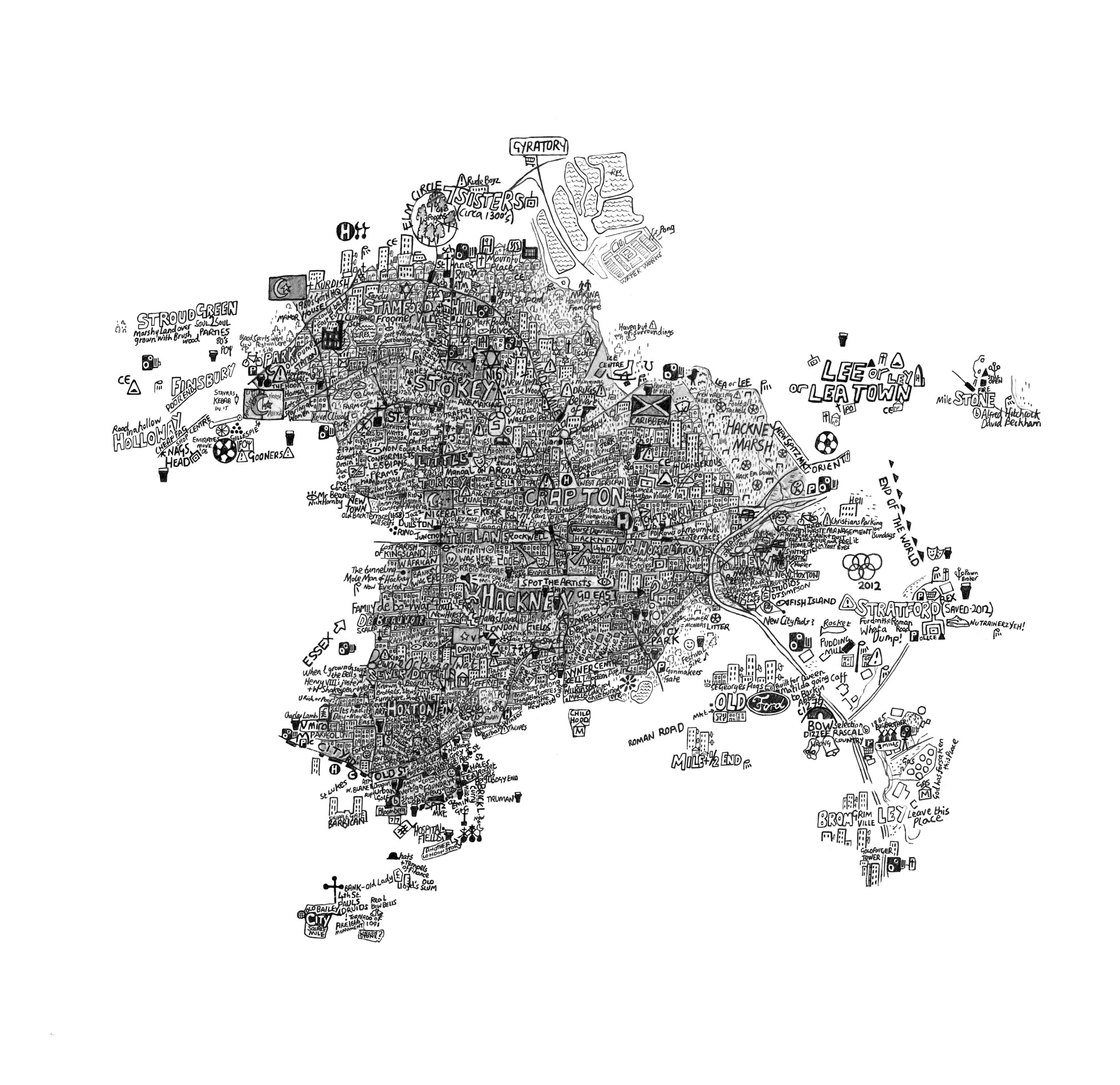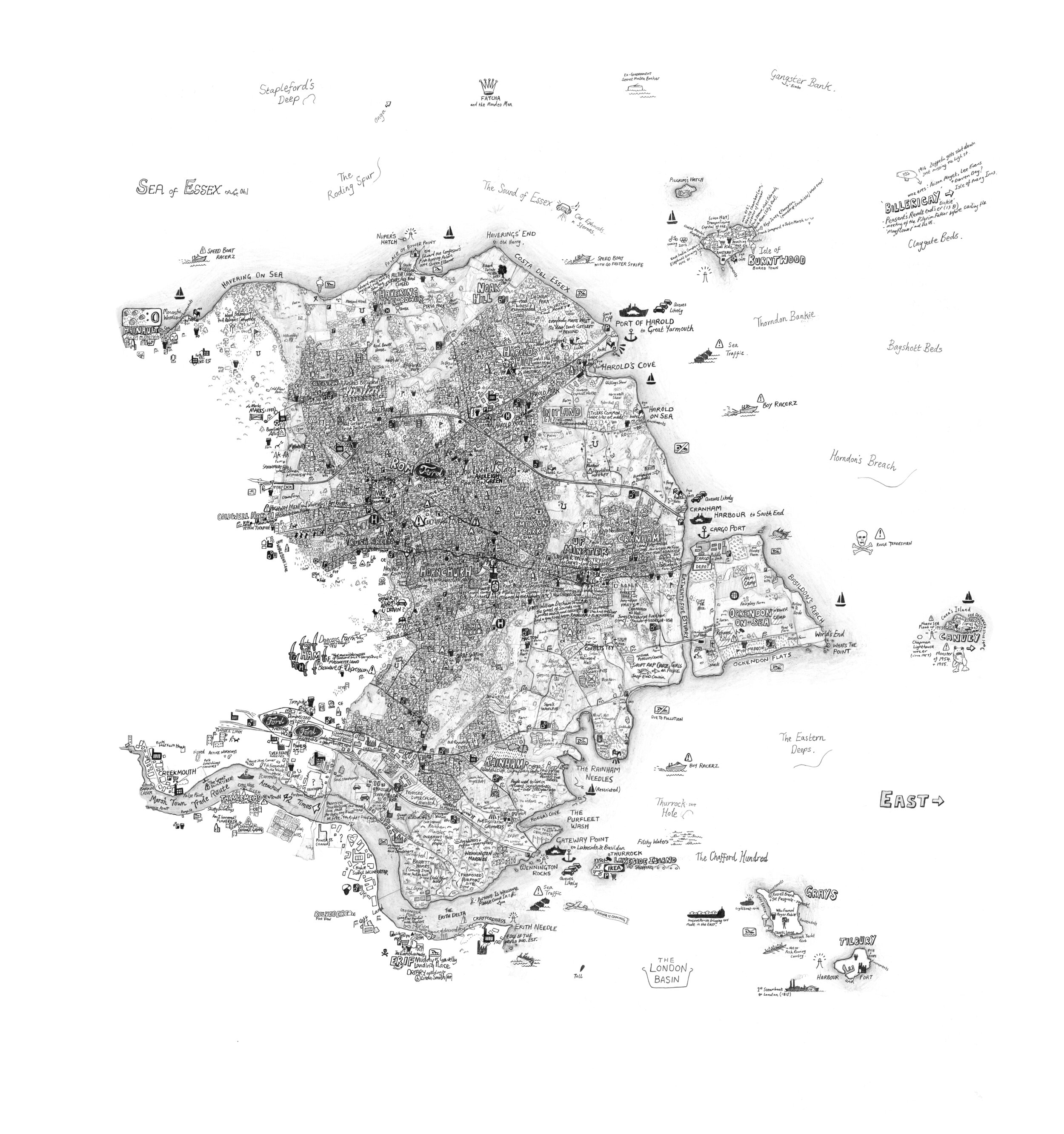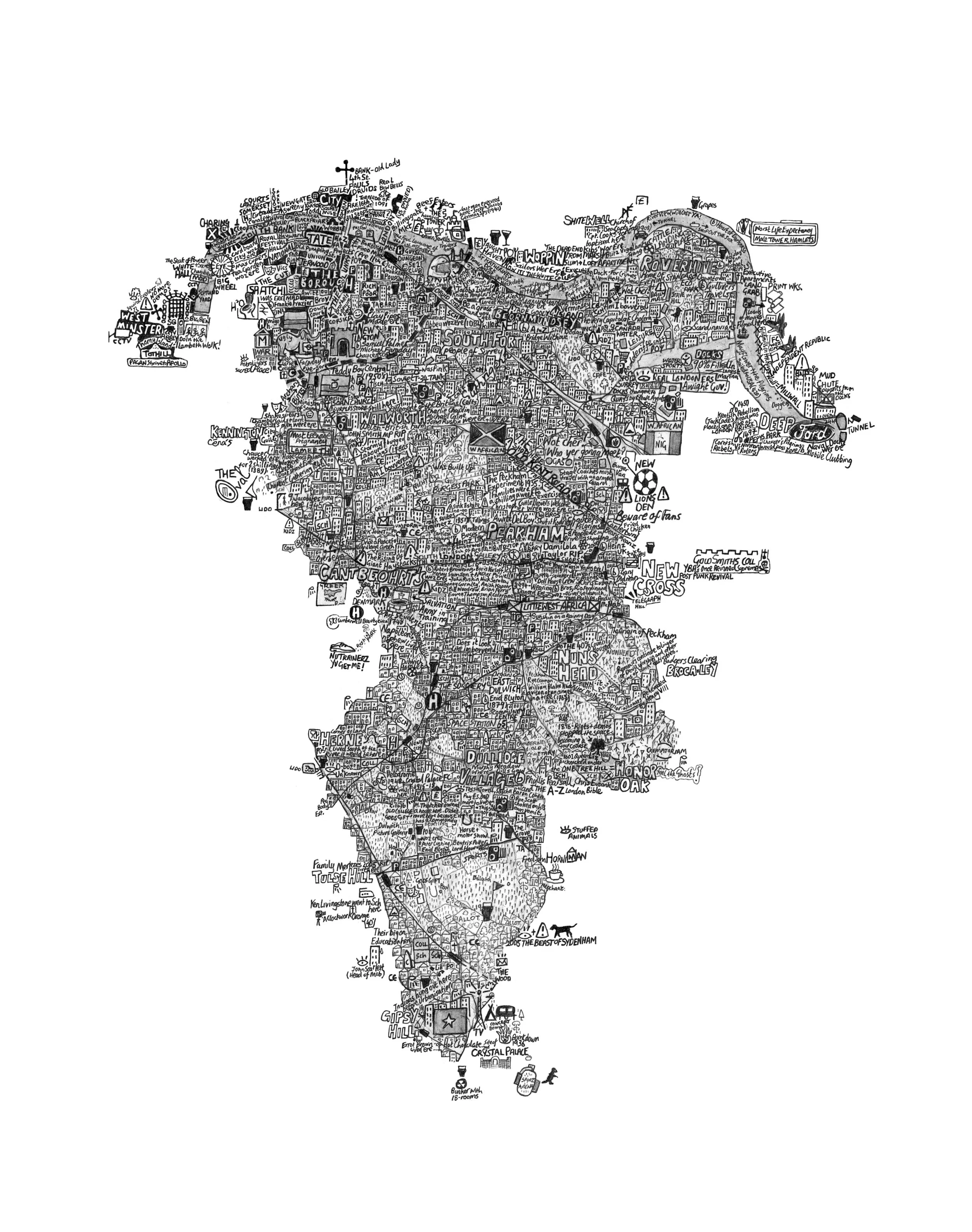Further information:
The Commission:
Walter-Albion Walter-Albion was commissioned by the arts organization Flash of Splendor Art CIC, in partnership with Exeter University and the Heritage Lottery Fund. I was asked to create a work that would contribute to the Poly-Olbion Project – looking to re-engage with Michael Drayton’s epic 17th century topographical poem.
I presented my original drawing entitled Albion, at an exhibition at the Royal Geographical Society (RGS) in September 2015. It hung alongside other works by artists such as Charles Newington; and paintings made by the children taking part in the Poly-Olbion project - led by Flash of Splendor Arts CIC and their heritage education programs with children’s art groups. Other works included an original publication of Poly-Olbion and William Hole’s map illustrations. Further images and works were exhibited in a touring show at Cecil Sharp House, London, and The Forum - University of Exeter, 2015.
The Works: Albion & Walter-Albion. From the original drawing entitled Albion, exhibited at the RGS, I was commissioned to produce a limited edition print entitled Walter-Albion, 2016. This consists of an edition of five (HC) Hors Commerce prints. Leading on from the commission, I developed the image further and produced a Limited Edition Print for the market – again, entitled Albion. This separate image is published by TAG Fine Arts, London, and released on to the market in 2016 (Edition of 25).
The concept & its links with Poly-Olbion:
Michael Drayton’s Poly-Olbion, first published in 1622, is a celebration of landscape and its features and the legends that have attached themselves to certain places. As if floating through the air on a lingual journey, weaving from one place to the next - the poem pleasures in the many stories and myths that have accumulated over time. It is also a celebration of the names of places.
Drayton was in the end unable to include Scotland in his Poly-Olbion, as he had originally intended - it only covered England & Wales. I would mirror Drayton by omitting Scotland in my re-shaping of Britain whilst contemplating a potential split from the Scottish Independence Referendum of 2014.
This political fault-line is once again being questioned with further calls for another Scottish Independence vote and further devolution.
William Hole’s map illustrations of Poly-Olbion provided a visual guide and whilst occasionally dipping into the poem itself, it was at this initial stage when my project began to move away from these works and venture into my own research and interests.
In delving into this territory, it would have been easy to find myself on unstable ground. I tried to hold back from many of the myths that were deemed too localized in nature, as well as the more fanciful dragons, fairies and ghost stories that circulate in folklore. However, a couple of famous examples have entered the work - such as the ‘Brown Lady’ of Rainham Hall (Norfolk), probably the most well known all be it fake photograph of a ghost legend in the country.
Many of the ‘enchantments’ on this map are from folklore glossaries It also highlights historical sites that are already open to visitors and those places increasingly explored by the curious. Others can be discovered through these folklores of our nation.
Many of the weird and wonderful names on this map are still to be found in existence. Other names hint at the past such as the Isle of Avalon - meaning the ‘land of apples’; ‘Pig Hill’ denoting (Swine don) – Swindon; and Bodmin – formally known as ‘House of the Monks’. In some cases, the place names describe the landscape features around which they are built - the village of Weeting by the Fens is one example. Others describe the flora and fauna found to frequent these places, while some point to their original or past usages. I celebrate these words and names as emblems.
I include a few inventions and characteristics of my own in response to contemporary life but essentially it is a map that stands for a re-enchantment of place and a fascination with the landscape that is the receptacle for all our lives. It is a testament to those that have survived the test of time.
The undulating shading on the map mirrors the relief of the land and the rivers are once again seen as veins through the country, hinting at their previous function as trade routes and highways where stories and interactions circulated. As we look to preserve the many eco-systems that exist in our country as well as the threat of rising water levels, rivers are once again rising in our consciousness’s and importance.
Influences:
Albion takes on the style of many historical maps from antiquity such as those of Abraham Ortilius (1527 – 1598), John Roque (1709–1762), and pictorial maps such as Jacopo de’Barbari’s’ map of Venice, 1500. It runs close to reinterpretations of old maps by Grayson Perry and is heavily influenced by the monumental drawings of Nobson Newtown by artist Paul Noble; where for Noble – names become a place – words become pictures. It is also informed by fantasy maps and other quasi-real places described by the likes of Italo Calvino, in his Invisible Cities; also Charles Avery’s Islanders. However, Albion is a celebration of the actual geography of Britain and where ideas of ‘place’ form starting points for wider investigations into ethics, the politics of space and our inherited and shared understandings.
Conclusion:
In contemplating the relation between the landscape and our culture - I hope the landmarks and the names on this map, will hold some meaning and point towards the vast mystery of our language and how it forms and changes over time. These etymologies are seen here as old things that form and enter-weave with the lower layers of our national document - embedded within the land and the water that contains us. It fights against the contemporary urge to proclaim landscape as arbitrary. I doff my cap to such writers as Robert Macfarlane and his book Landmarks, where he has compiled of a glossary of local words and sayings that describe the landscape and its natural phenomena. These chthonic elements exist somewhere in between the landscape our language and our culture. They begin to seep upwards again to the surface and find their way onto this map.
It is also no coincidence that this re configuration of Britain, in particularly England and Wales, mirrors the recent moving tectonic plate of Politics in Britain after the EU Referendum. It now points to a period of navel gazing into a more insular restructuring of our institutions and a further threat to the breaking up of the United Kingdom…
Albion is a work that considers a recent and growing sense that nations are starting to politically look in on themselves. There are also questions surrounding national identity. My intention was to tackle these forces by seeking a re-enchantment of my country even after its potential splitting up.
I do not claim to believe in fairies and dragons, or in King Arthur and Merlin for that matter. I do however, believe in the celebration of mysterious places and the piecing together of fragments and clues of historical events that have shaped the stories that we know today. I also believe in the celebration of the Landscape itself - its antiquity and its role as the receptacle from which our culture has emerged.
Albion – the name:
Albion is a poetic name for England or Britain. It is an Old English name and related to the Latin word albus, meaning 'white', probably of Celtic origin. Perhaps albus refers to the White cliffs of South East England where the Greeks, Celts and Romans would have first encountered Britain from across the Channel. Alba or Albany was adopted for Scotland. The name Britain, is said to have first been recorded by the great geographer and explorer Pytheas of Massalia (modern-day Marseille), on his reputed voyage and circumnavigation of Bretannikē in roughly 320BC.
The name Albion is often attached to mythical investigations of England. William Blake referred to it in his Albion Rose, 1795, in his heroic portrayal of a perfect primeval being. John Matthews and others write of an Arthur of Albion. In this sense - Albion, stands for an emblem of a lost and distant part of Britain. The name appears in a number of sporting teams including West Bromwich Albion and Brighton and Hove Albion FC. It can appear often as a pub name, and as a place name especially in Canada and USA.
A name is a curious thing. We will never know what Britain was called in the Neolithic Age when the great henges of stone and burial mounds were being built. Even so, in an age of recorded history today, etymological sources are rarely certain to their exact origins, especially when concerned with old names that do not simply refer to a person, trade or geographical feature. The vast mystery of our language and the way in which a name can morph and dovetail with preceding tongues provide us with an insights into the history of a place, but it also adds further layers on top of an already adopted name, taking it further away from its source. This map seeks to highlight a number of legends that having connections with real and historical events, such as Dinas Emrys in Snowdonia.
Signs and symbols, as well the spoken or written language, form part of our inherited history, past down through the ages. Maps are representations of landscapes filled with these names, signs and symbols. Certain names and customs cling to locations on the map. Over time they merge with folklore and culture and either fade away or in some cases they remain. These cultural residues then become landmarks and it is some of these landmarks that I seeks to highlight in this map.
Further information on works:
http://poly-olbion.exeter.ac.uk/
www.tagfinearts.com
List of Albion works by Stephen Walter:
Albion, 2016, 151.8 x 183.2cm, Archival inkjet Print. Edition of 25.
Walter-Albion, 2014-15, (Original Drawing), 263.7 x 231.1 cm, Graphite on Paper.
Walter-Albion, (HC) Hors Commerce Edition, 151.5 x 172.6cm, Archival inkjet Print Edition of 5. These have entered the Art Collections of: University of Exeter; The Royal Geographical Society (Institute of British Geographers); Flash of Splendor Art CIC & The English Folk Dance and Song Society (Cecil Sharp House, London). , (HC) Hors Commerce Edition, 151.5 x 172.6cm, Archival inkjet Print Edition of 5. These have entered the Art Collections of: University of Exeter; The Royal Geographical Society (Institute of British Geographers); Flash of Splendor Art CIC & The English Folk Dance and Song Society (Cecil Sharp House, London).




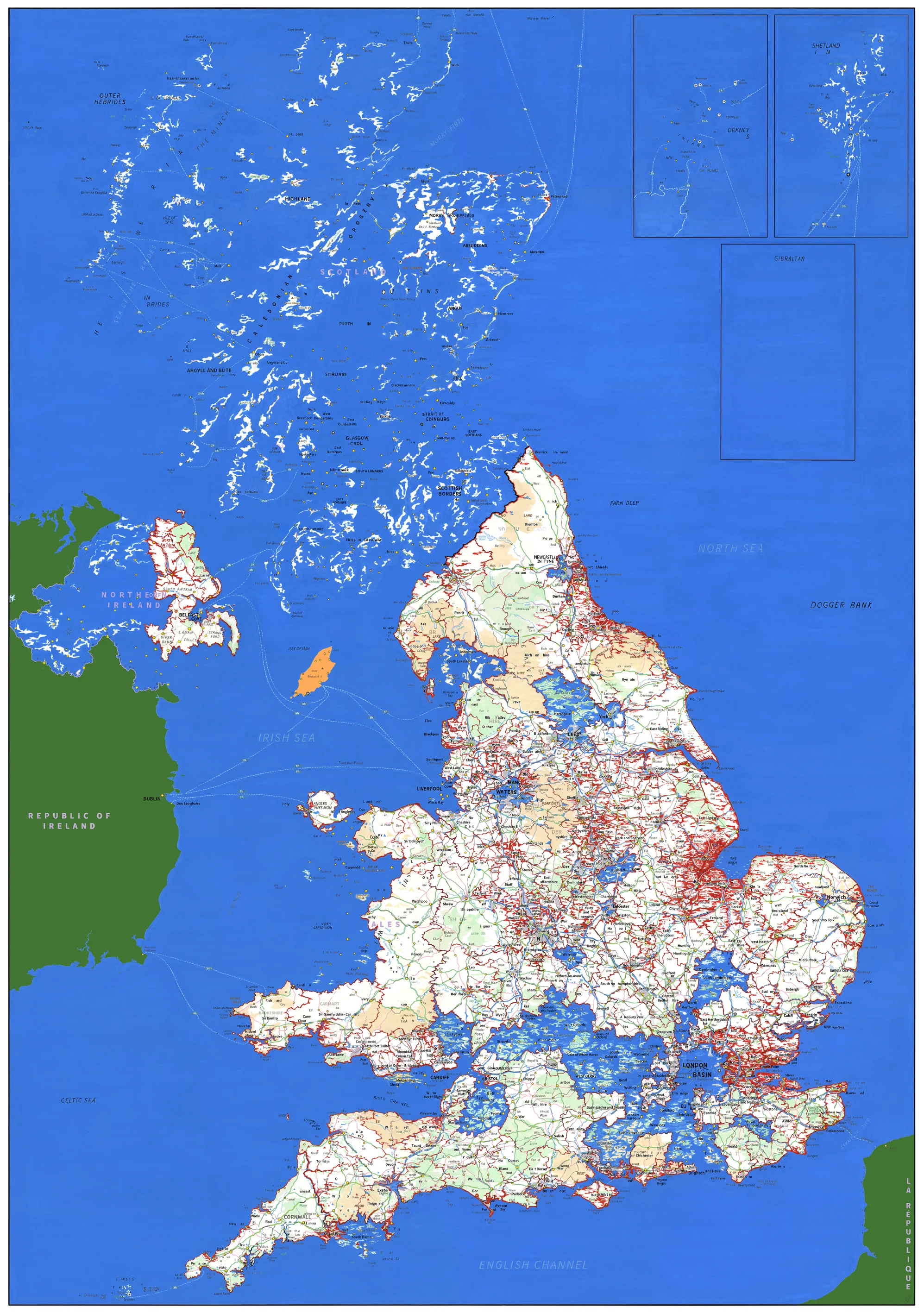
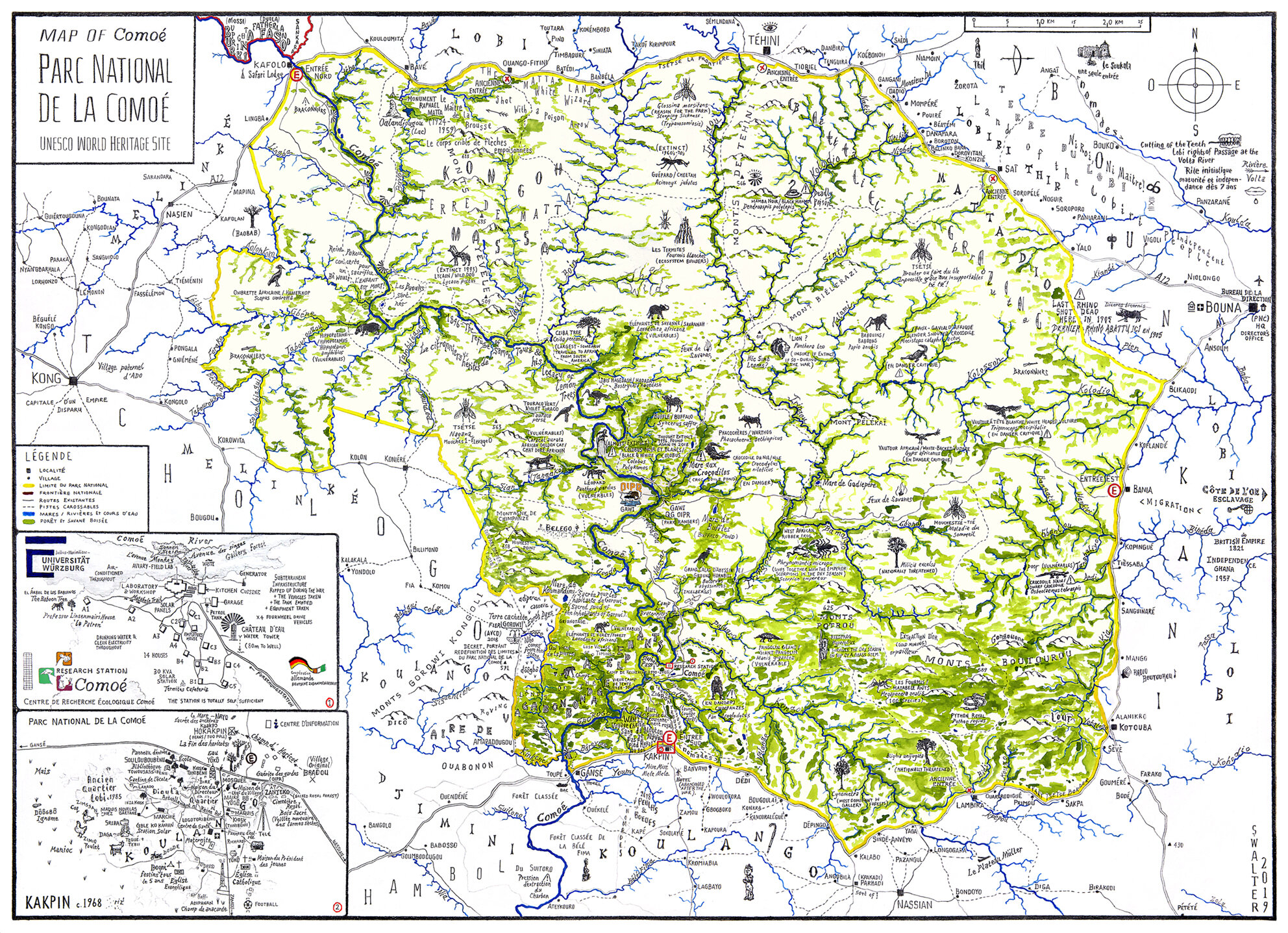




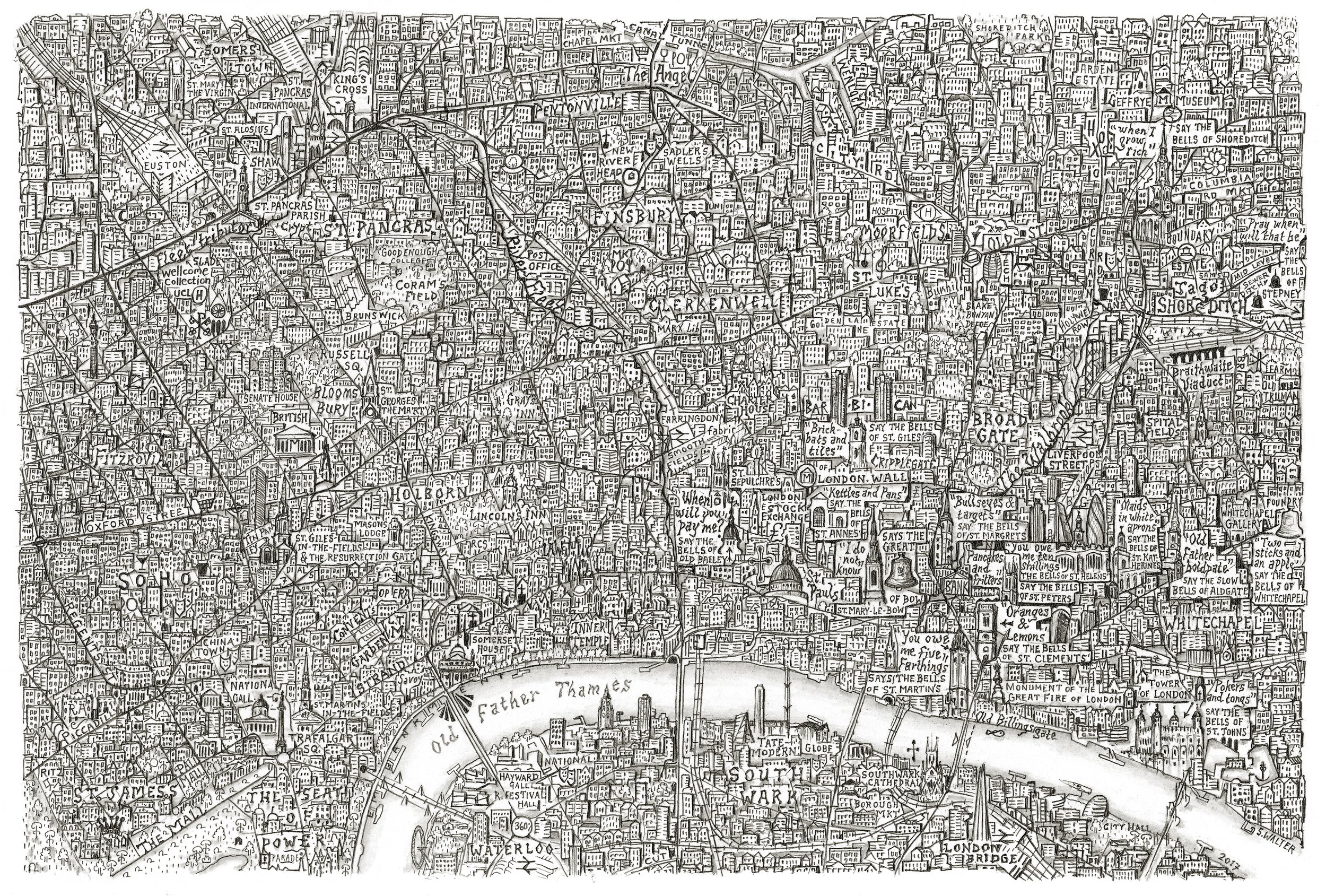

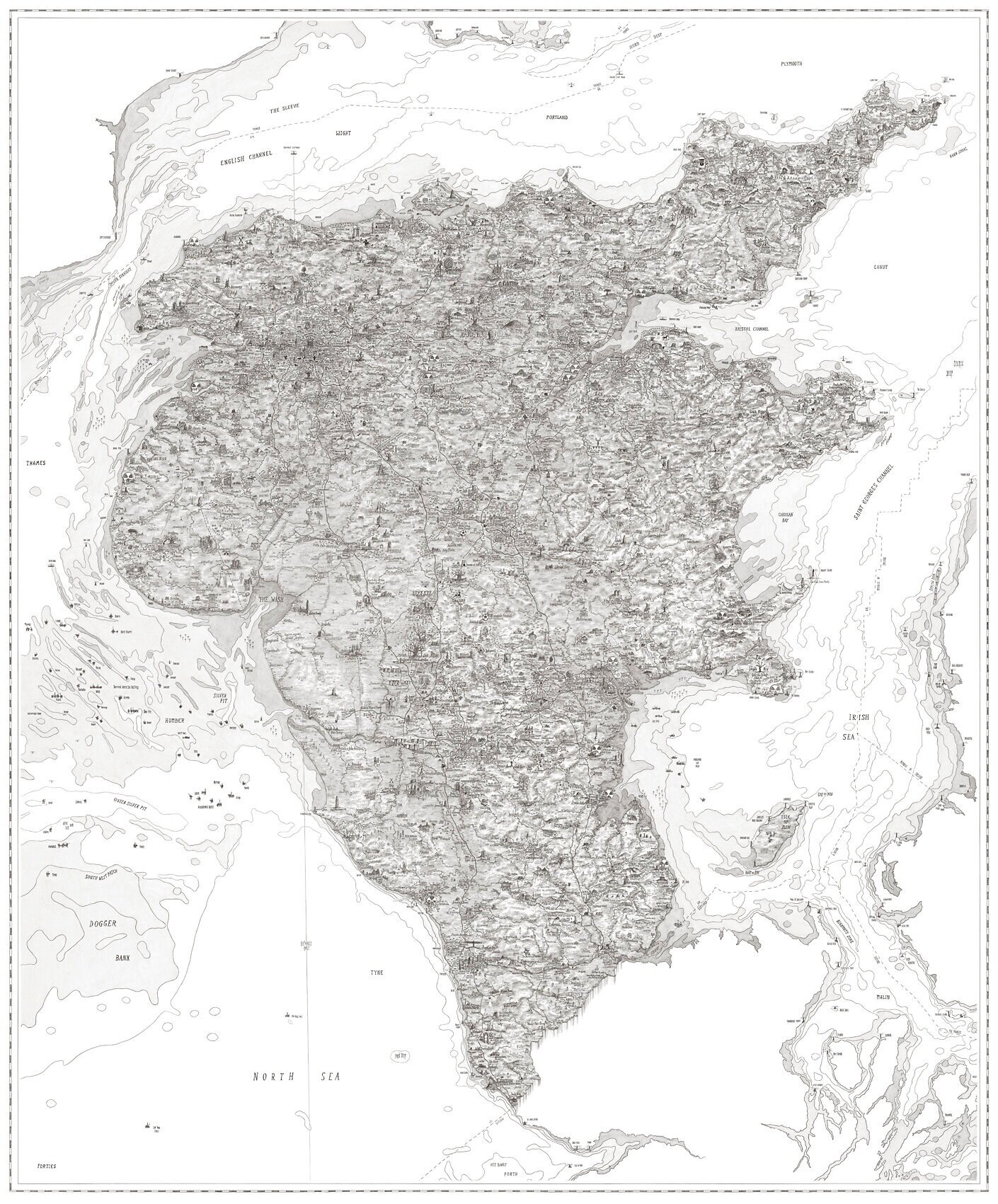


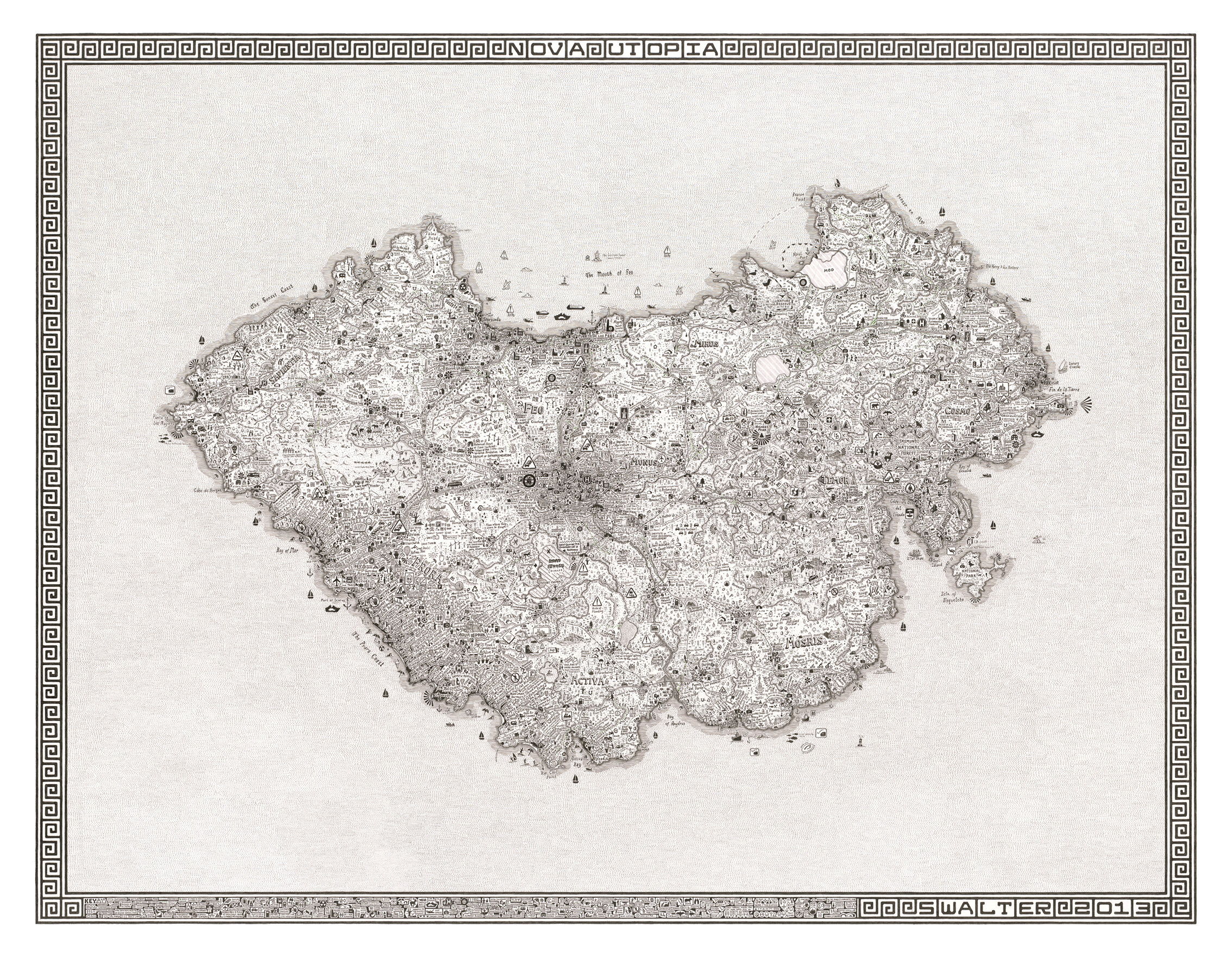


























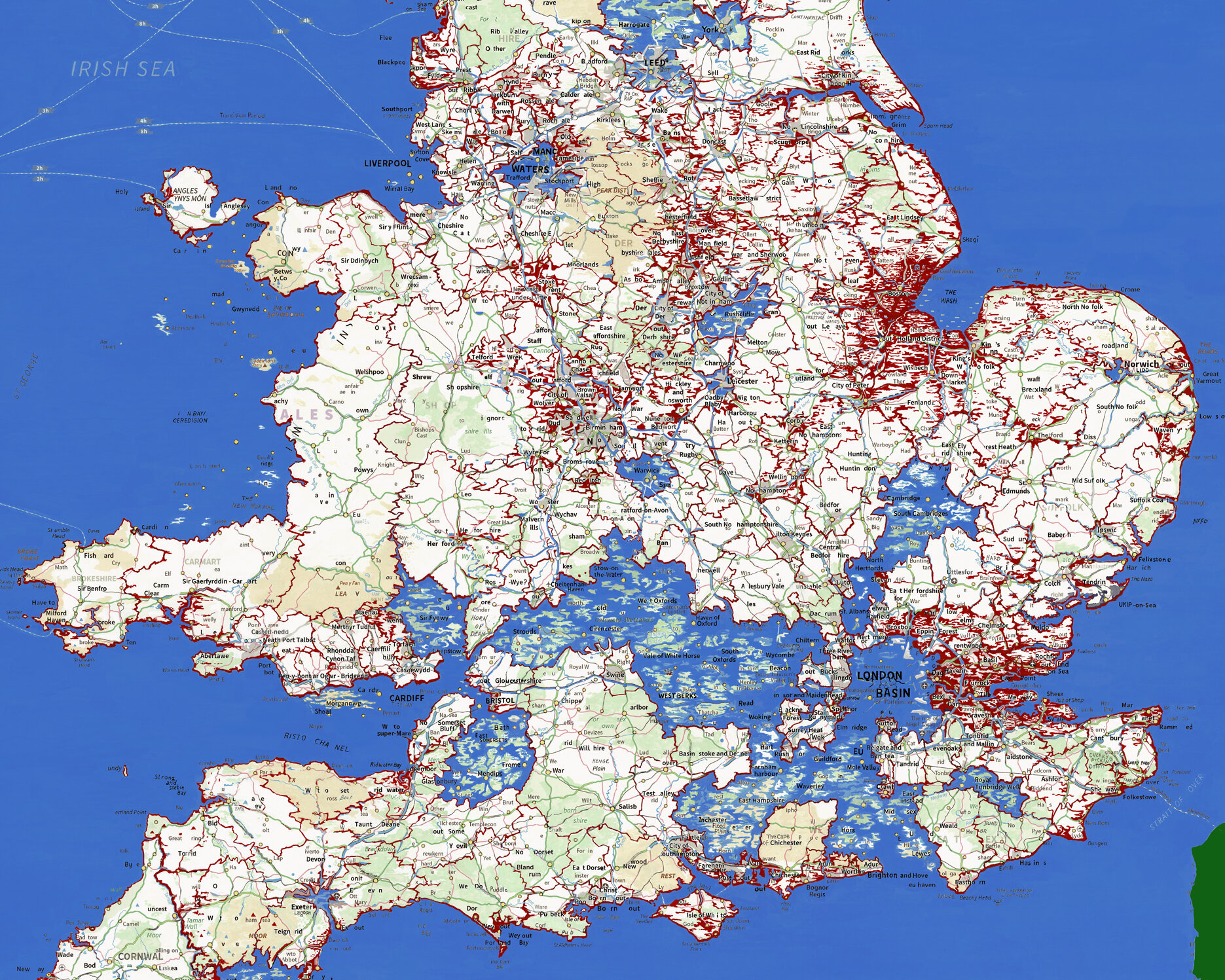
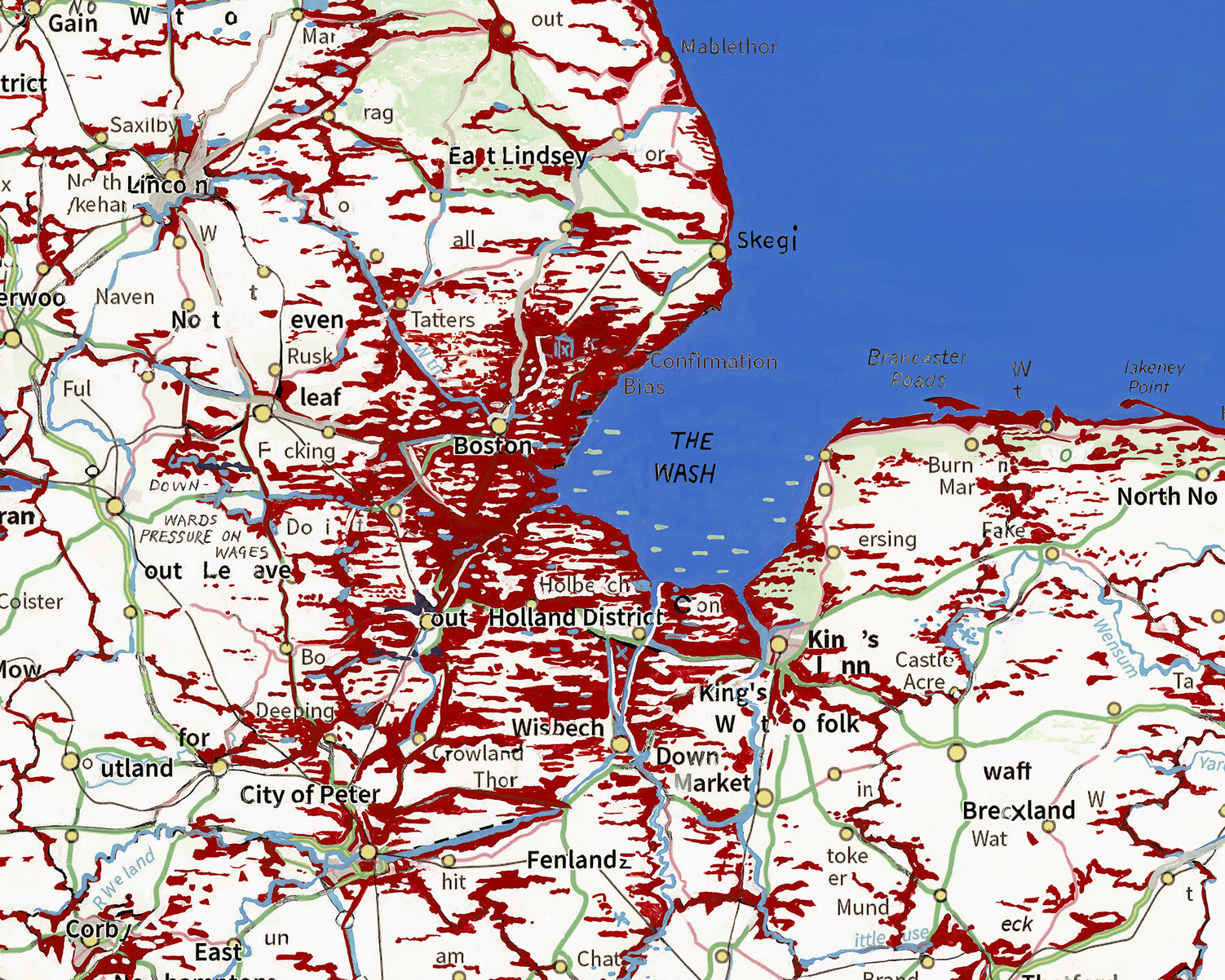
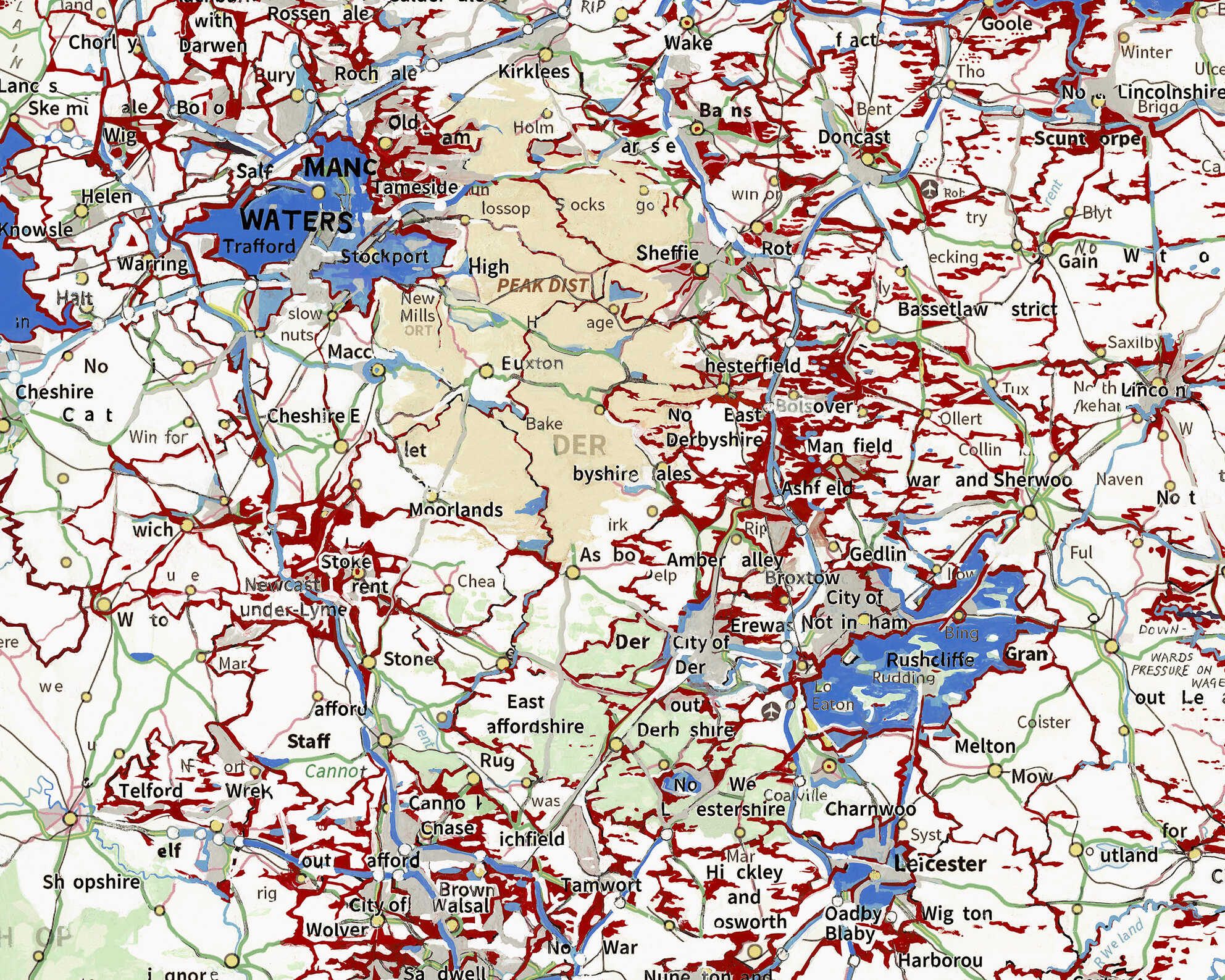
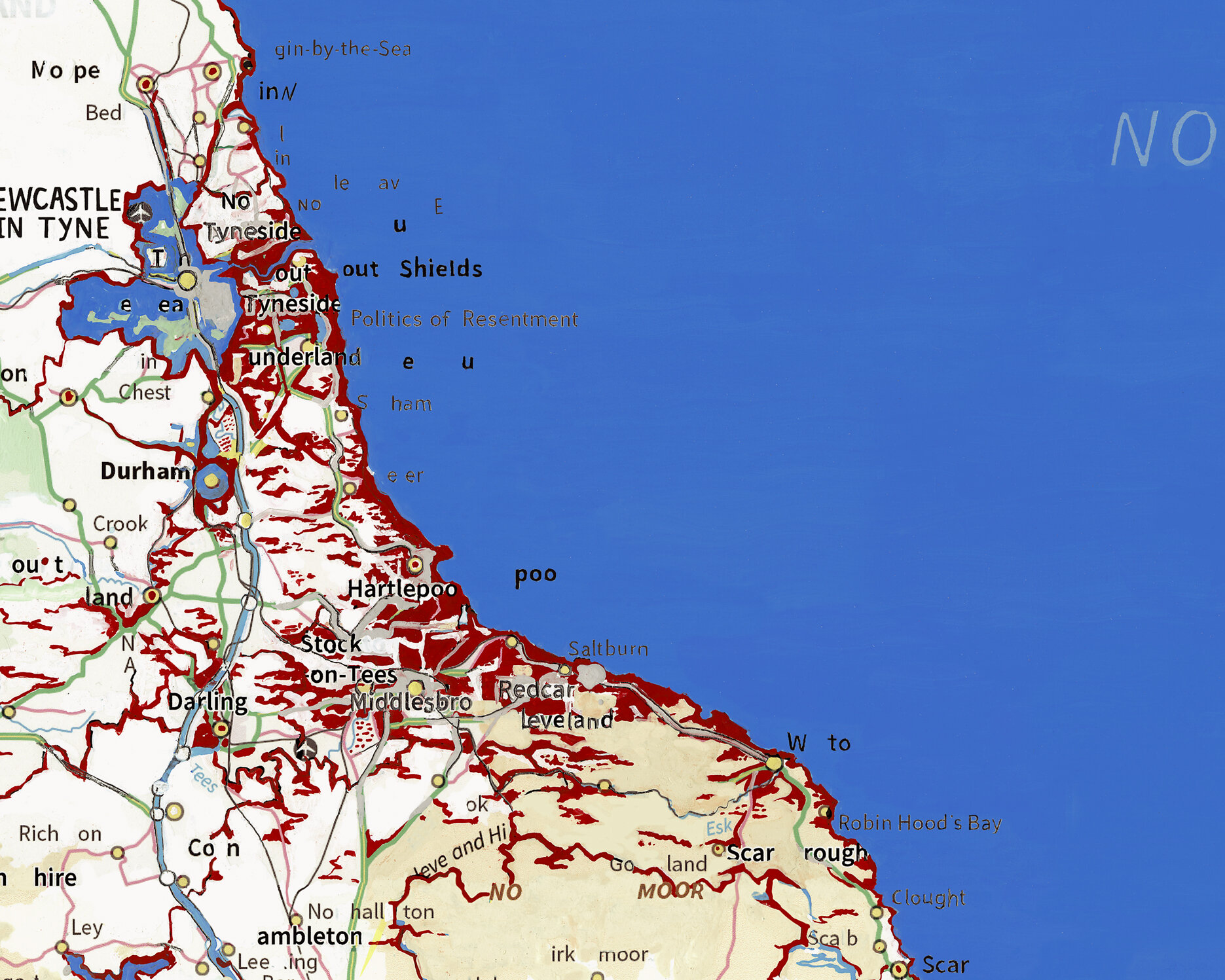
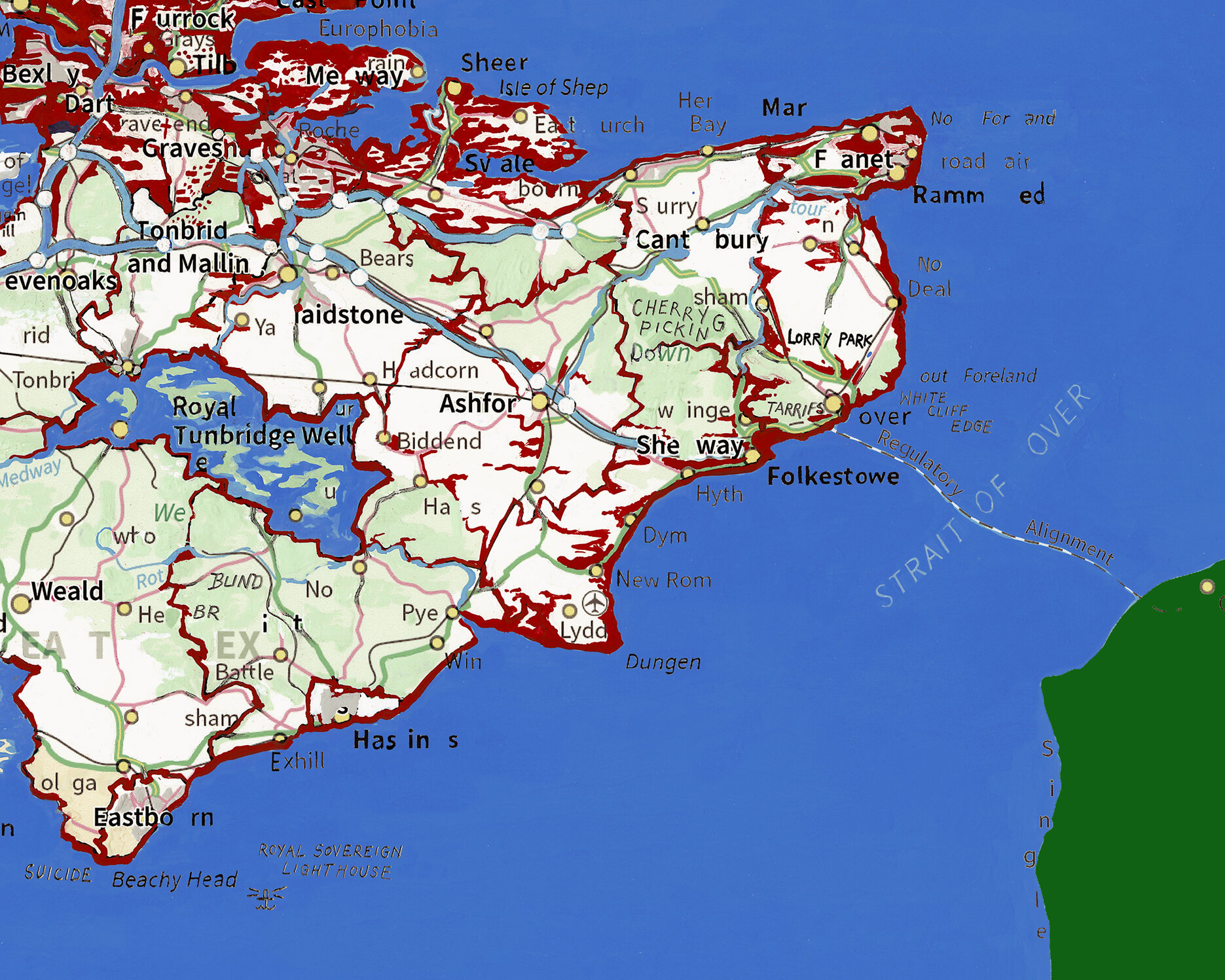
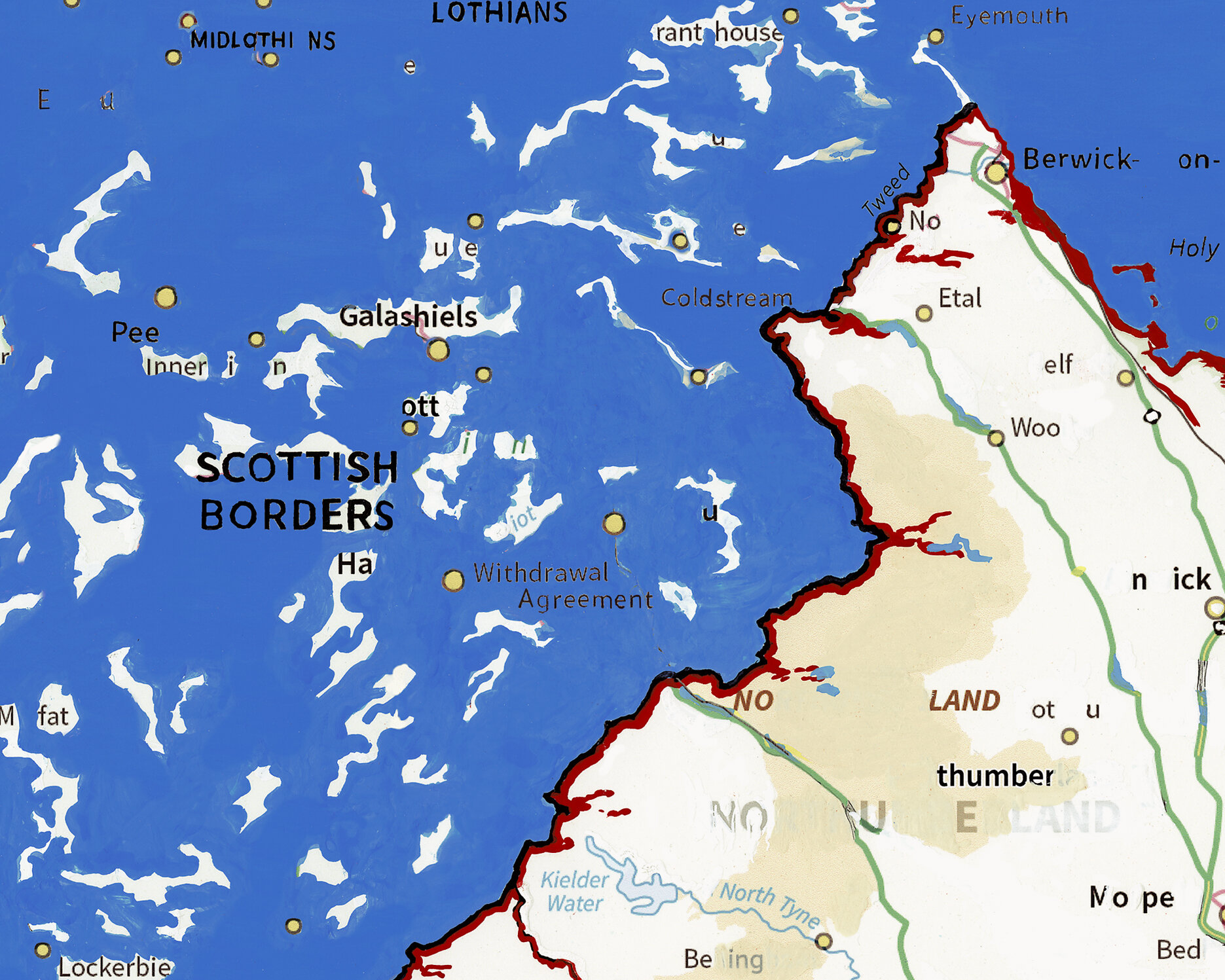
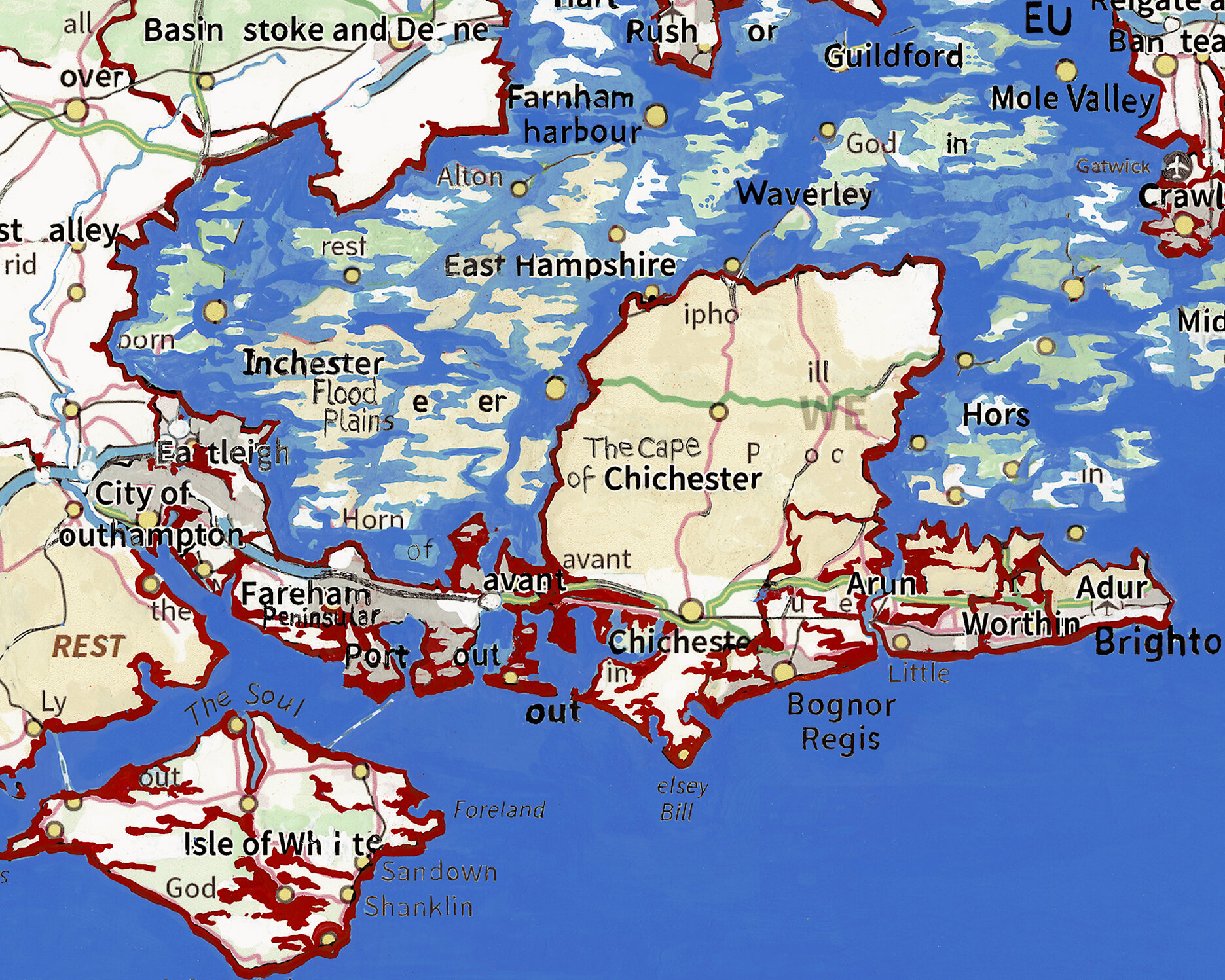
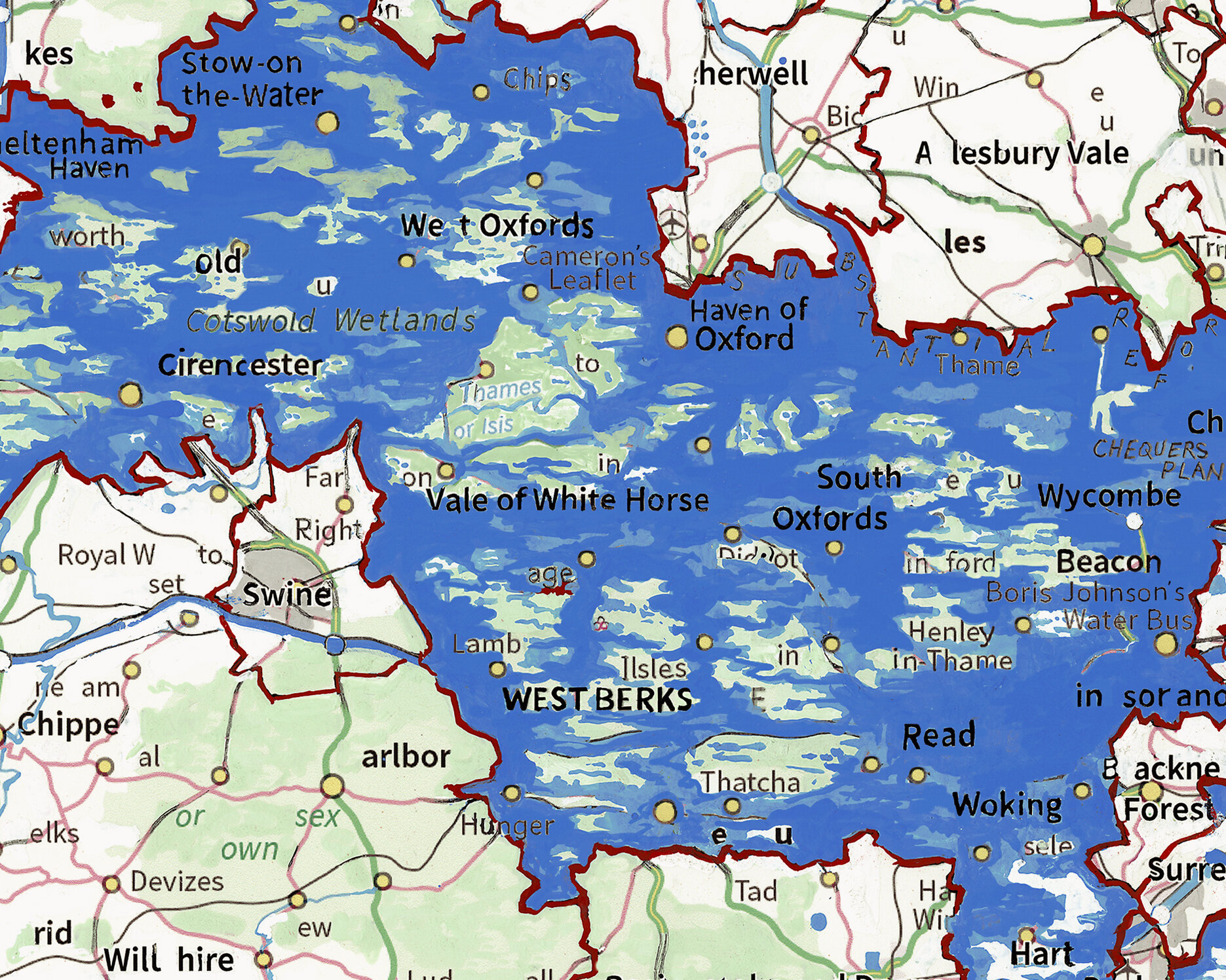
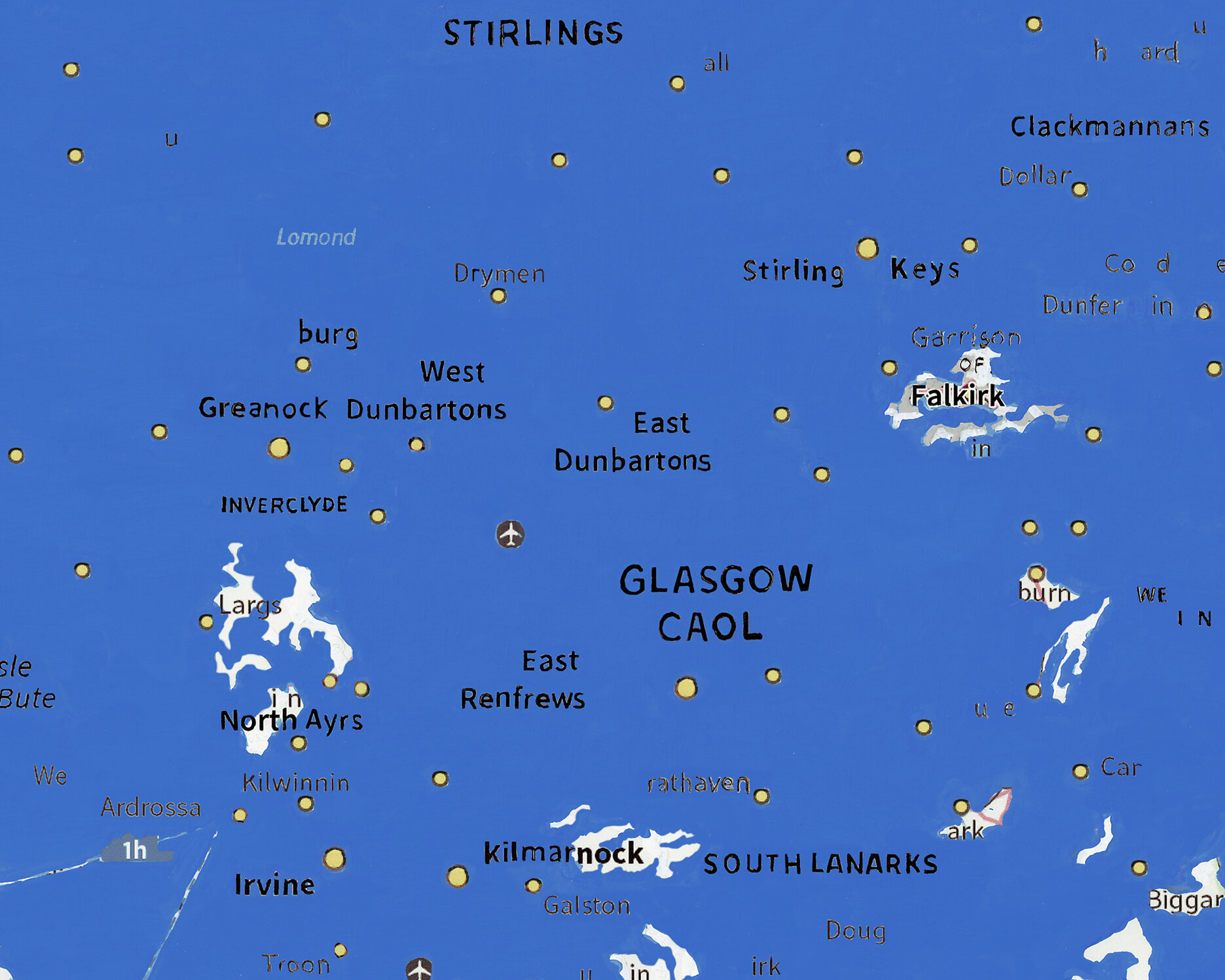
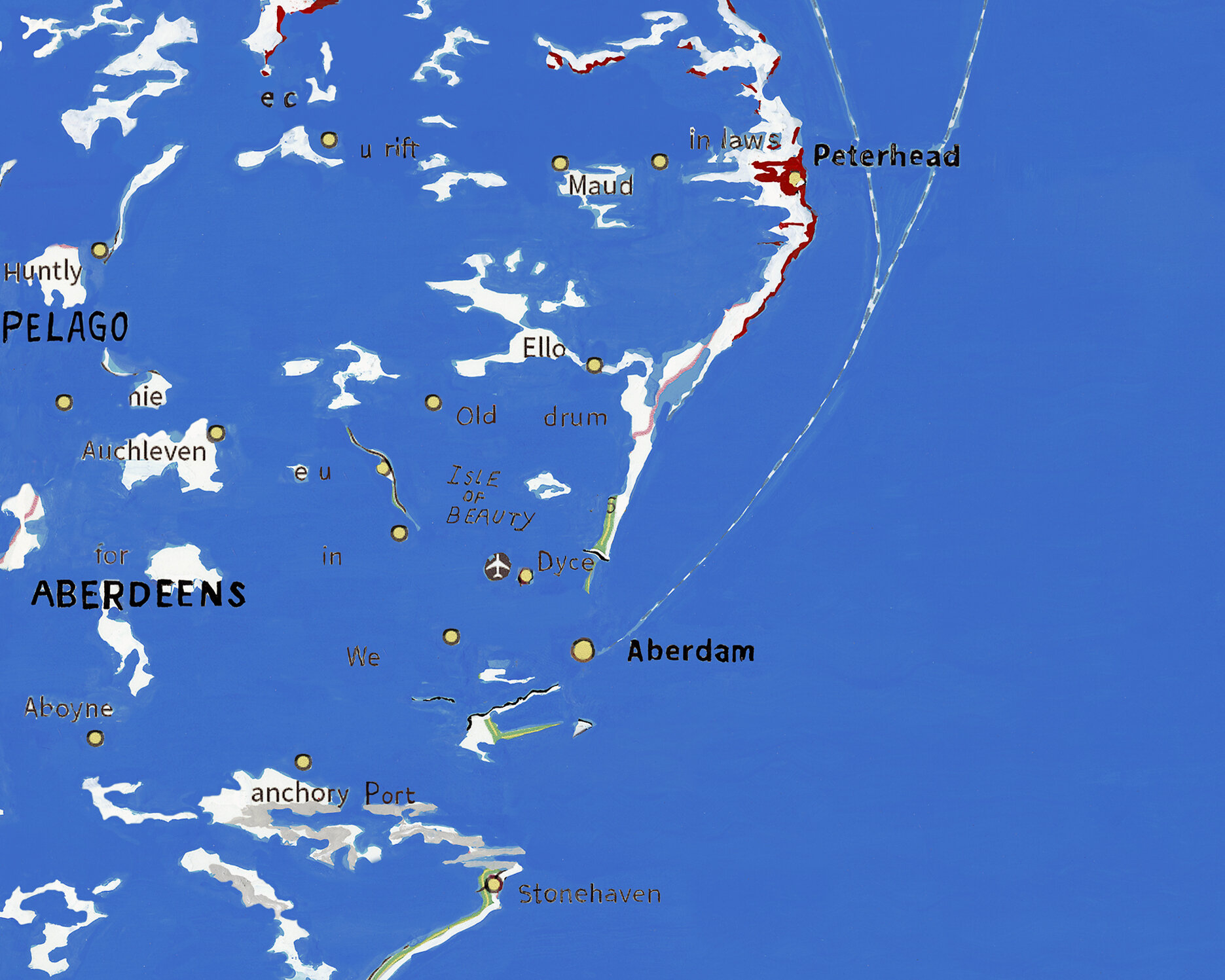
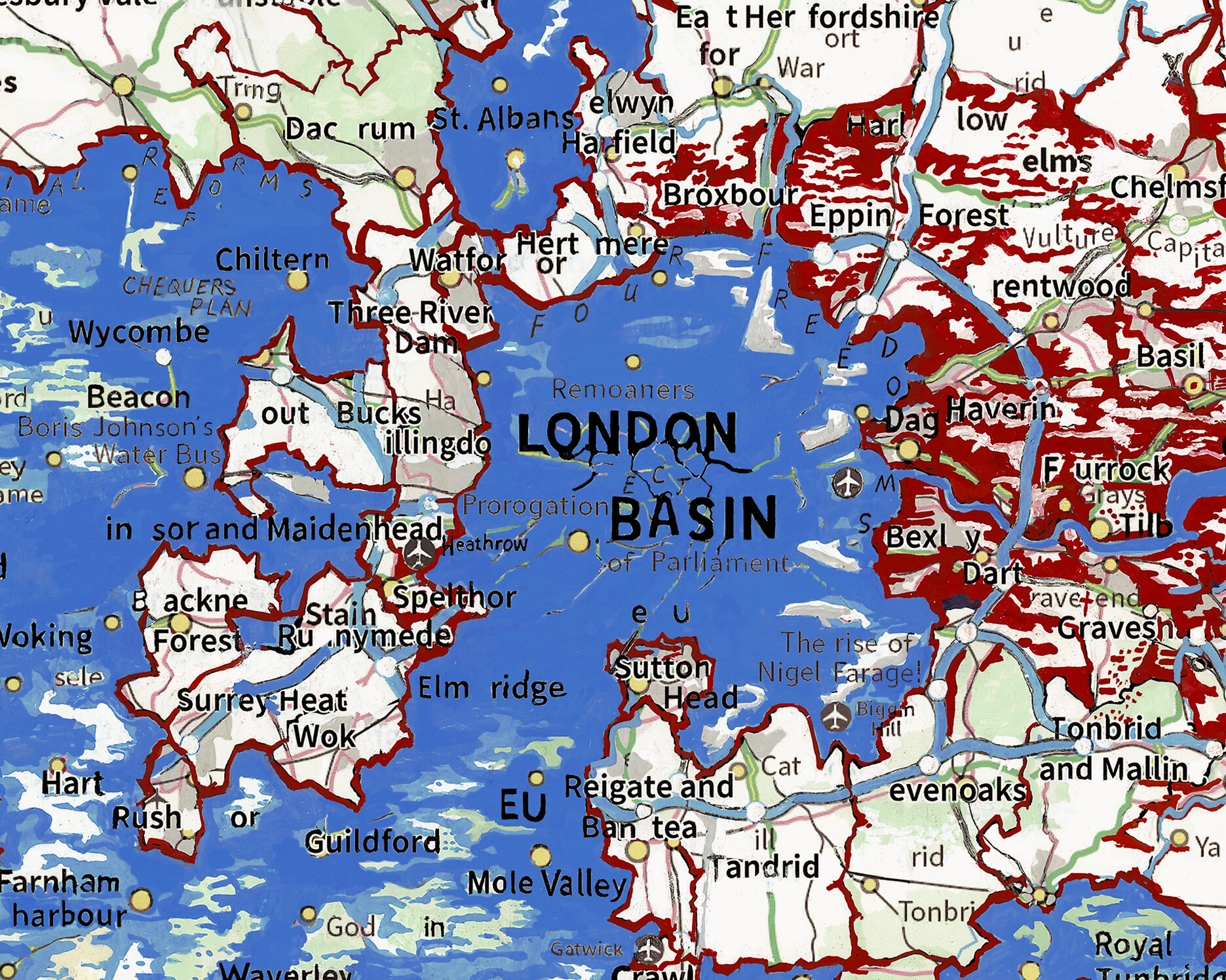
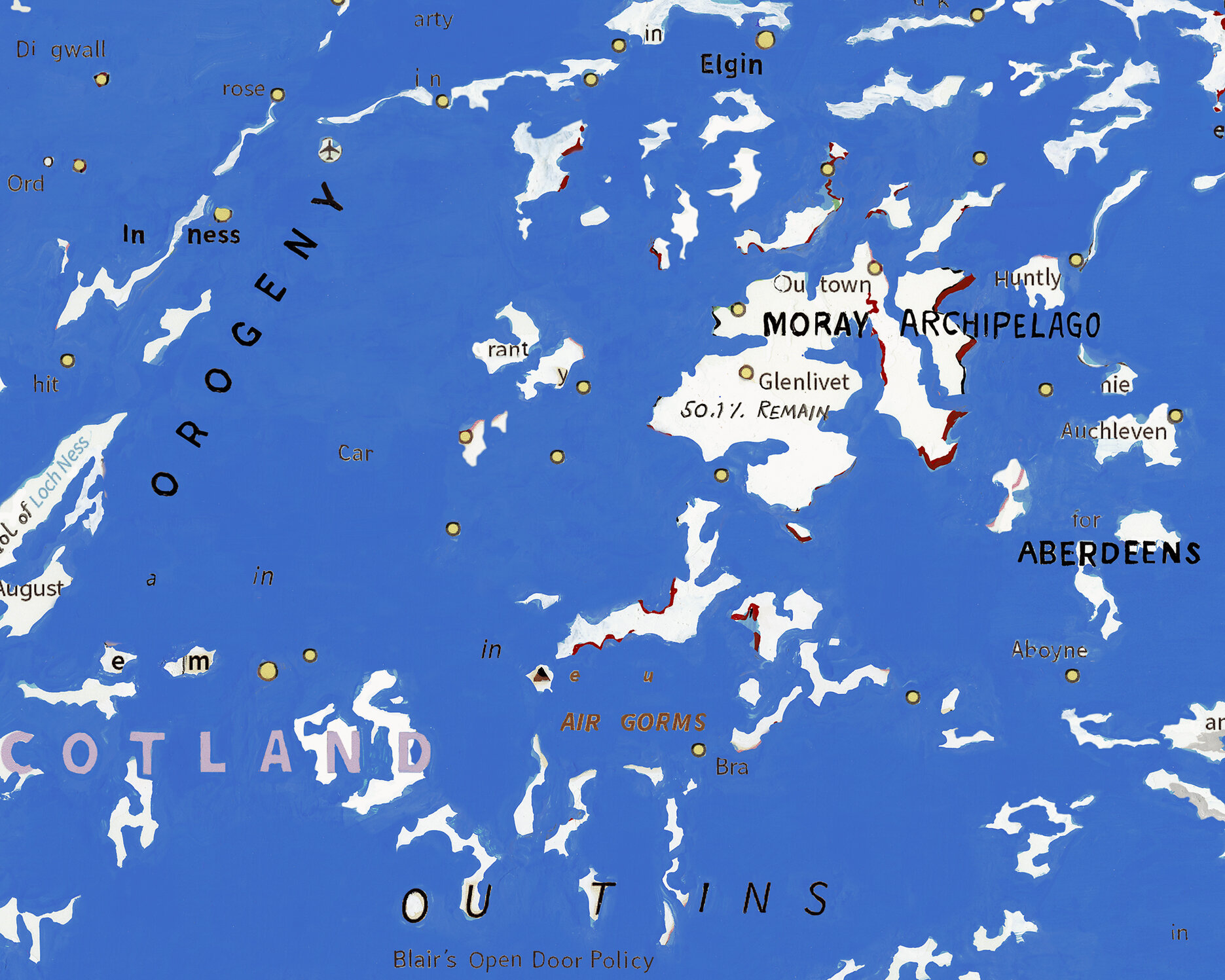
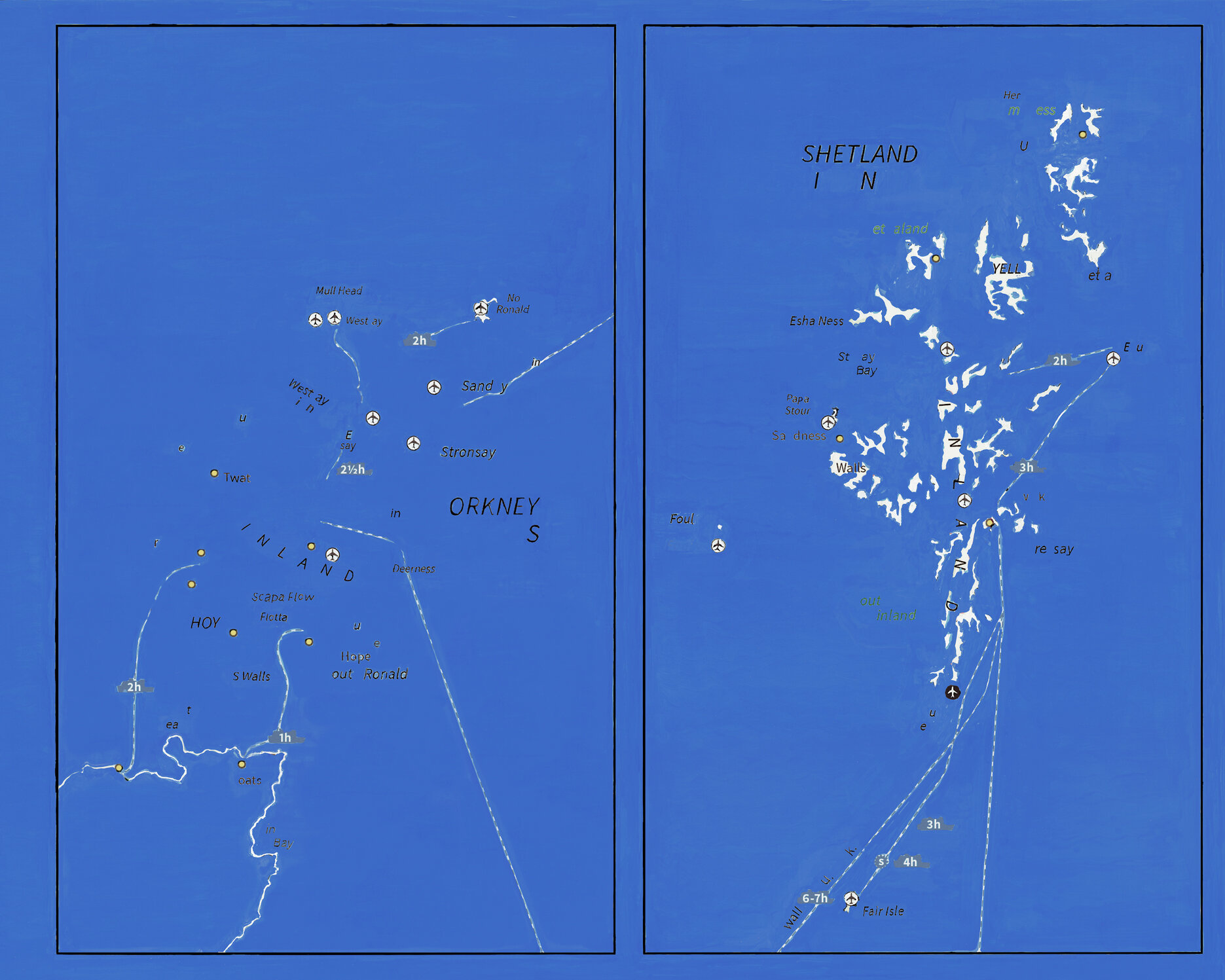
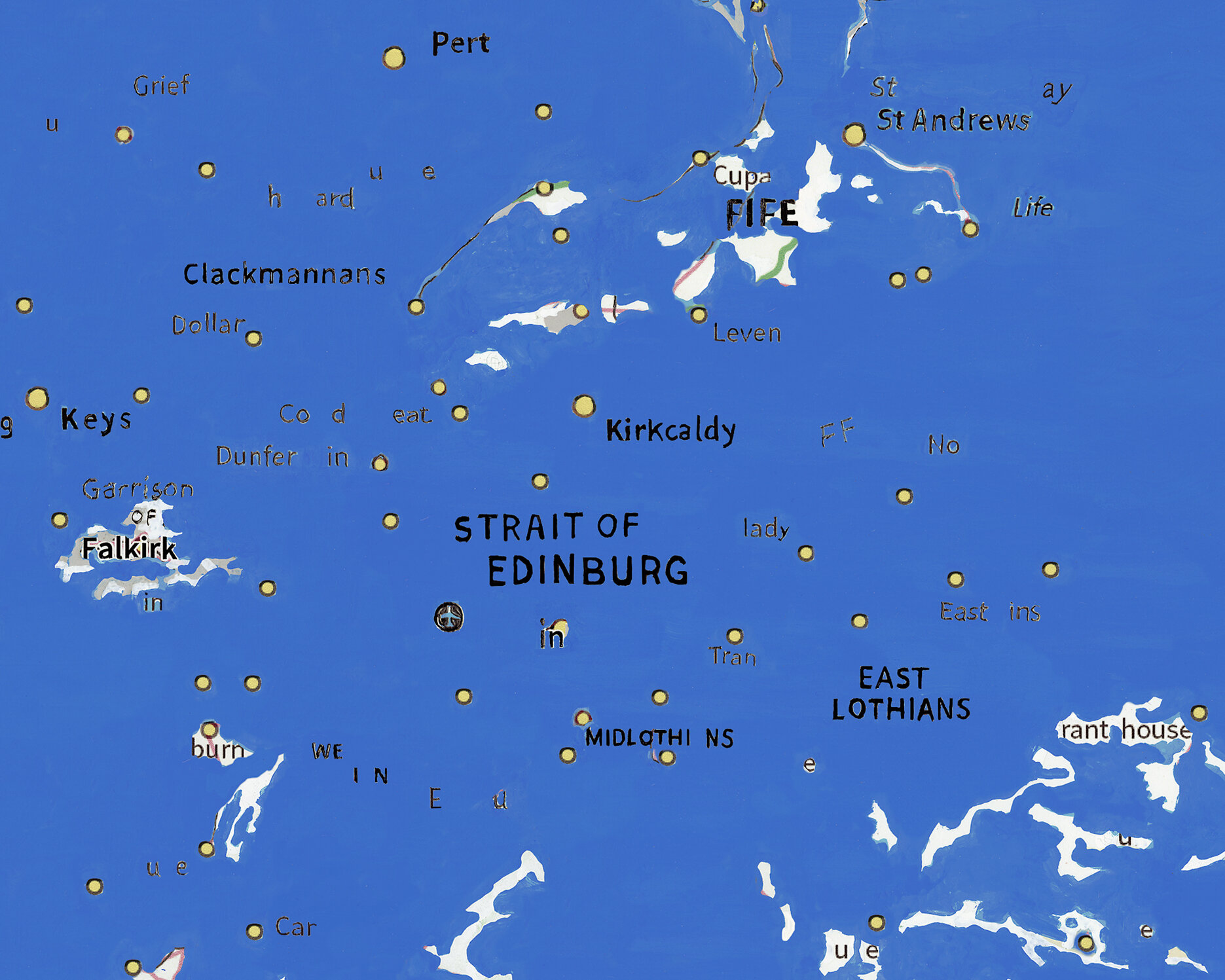
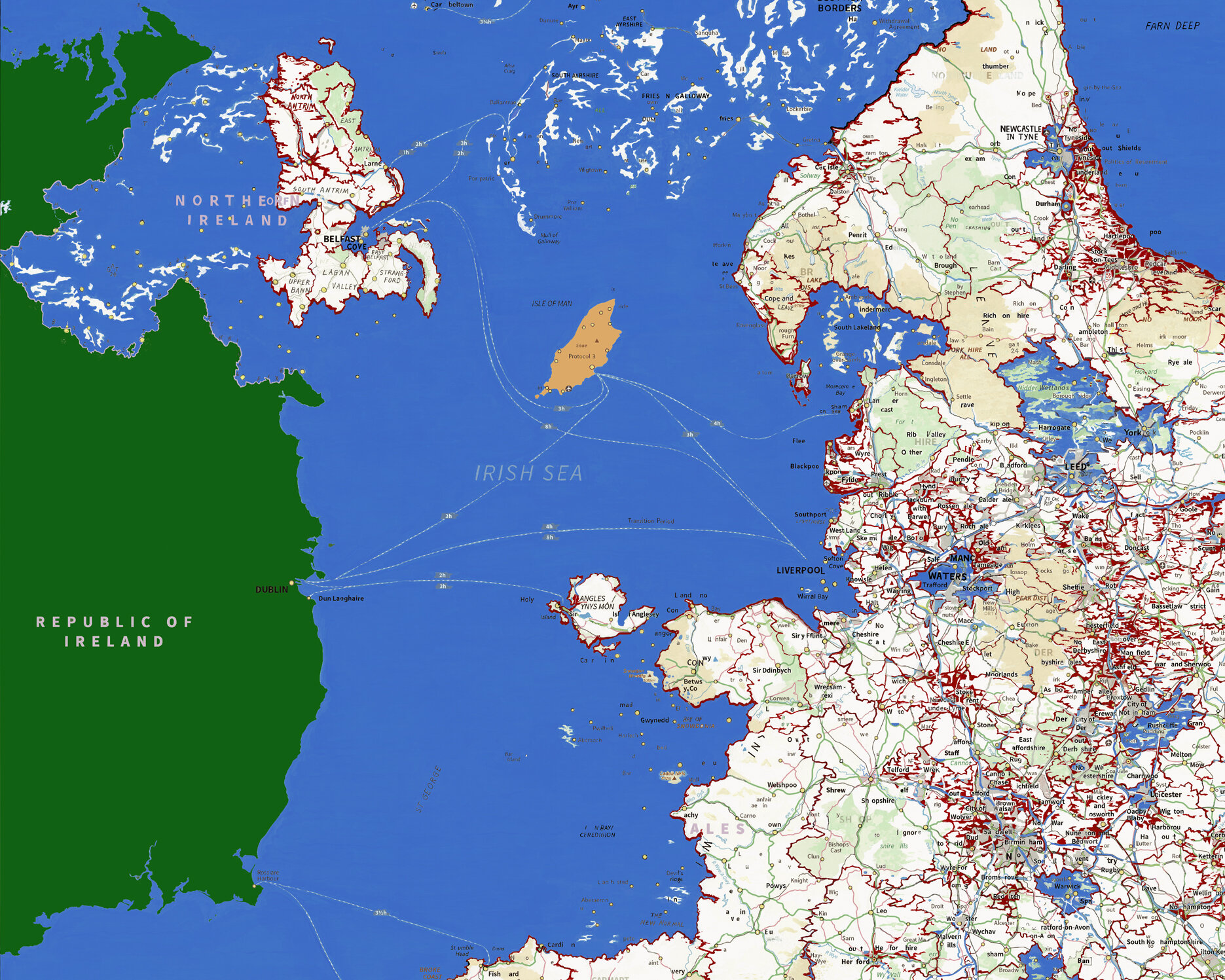
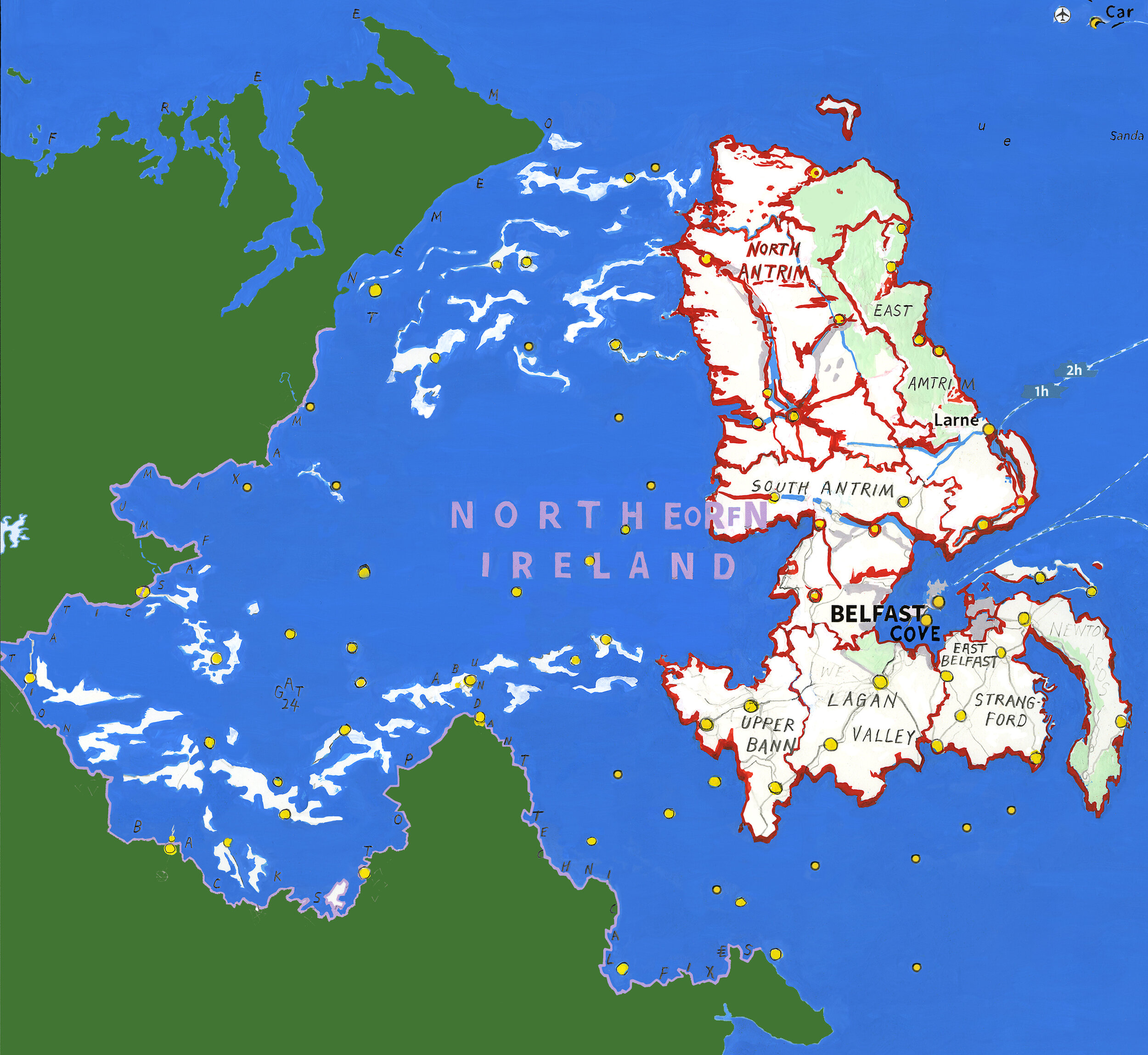
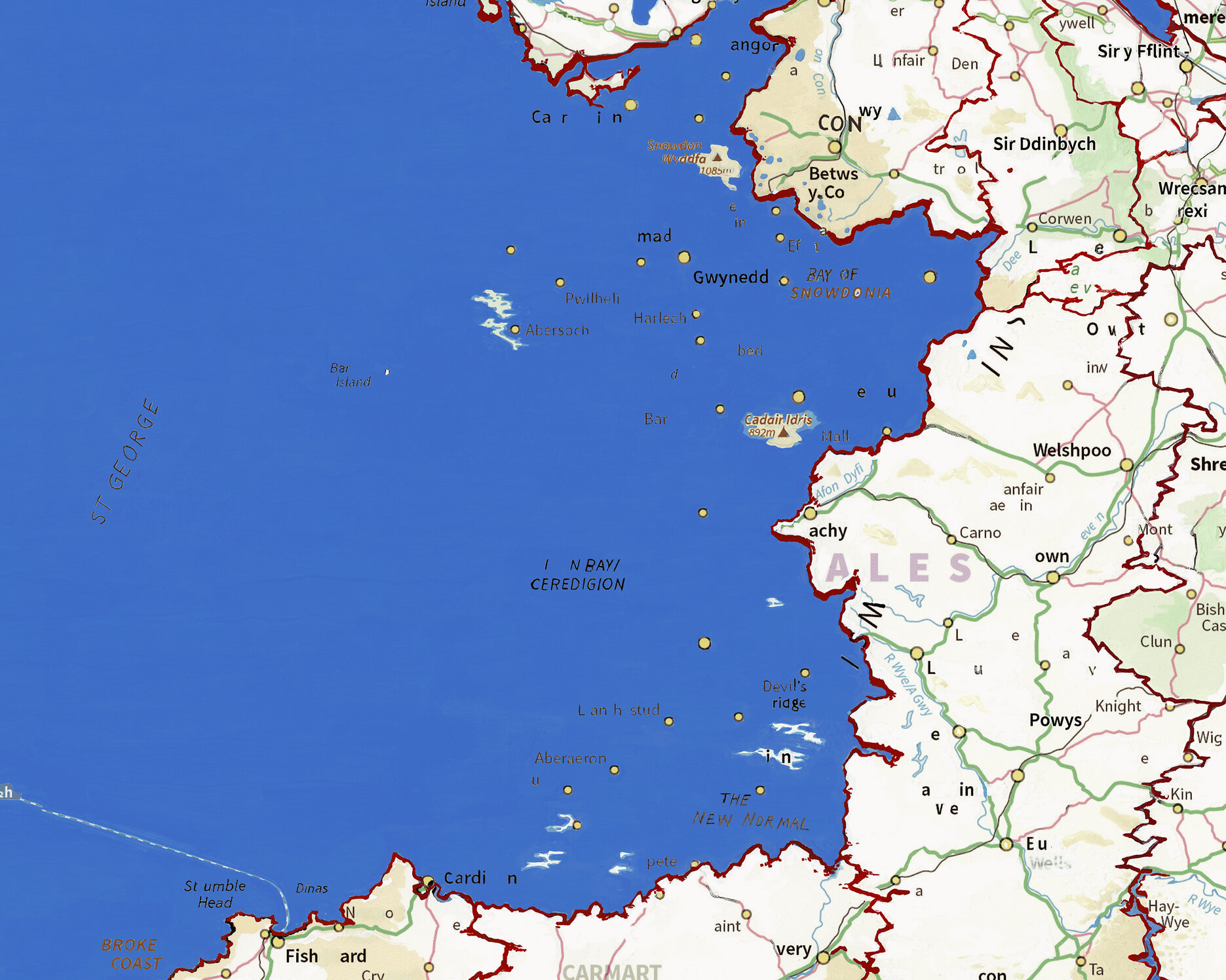
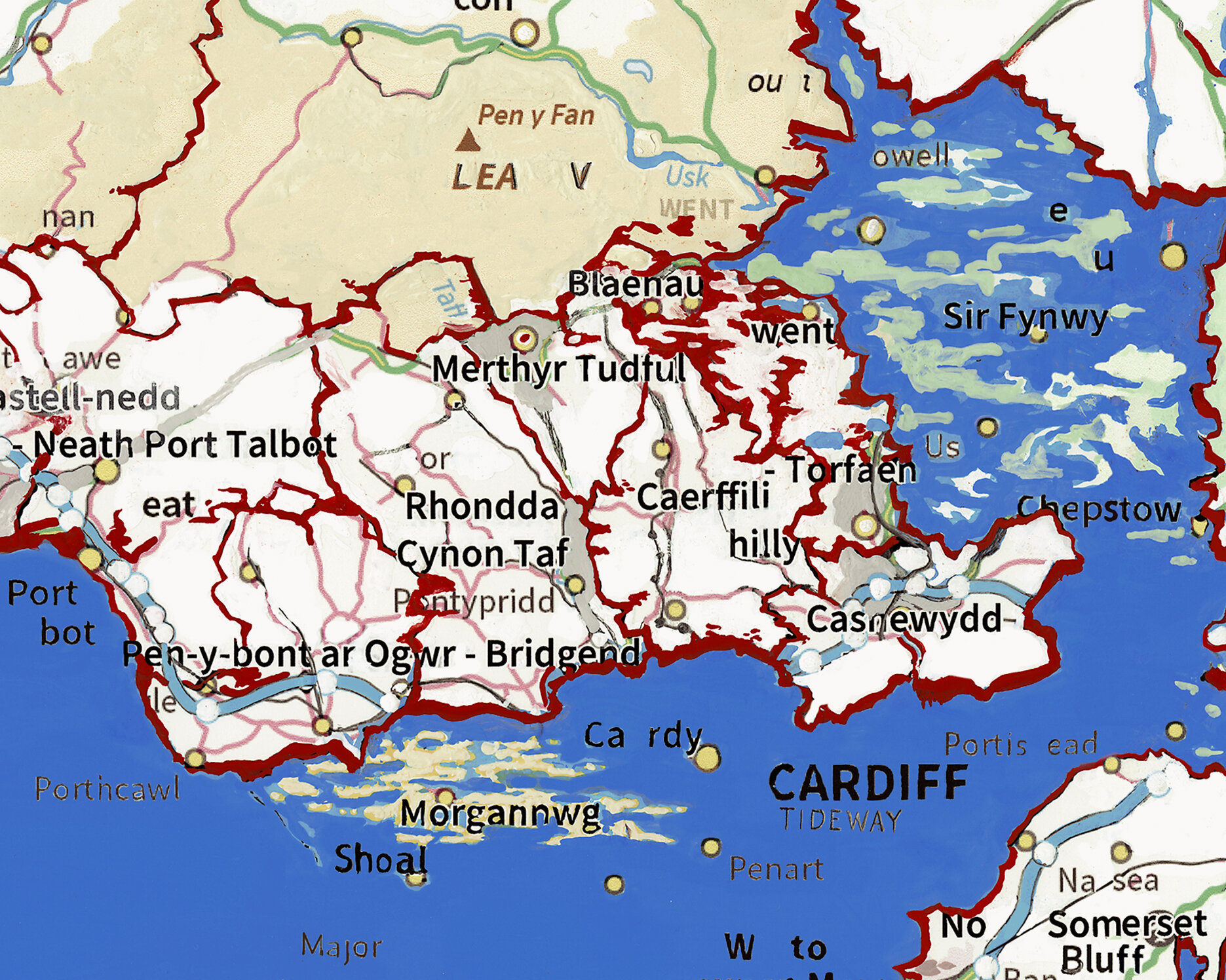
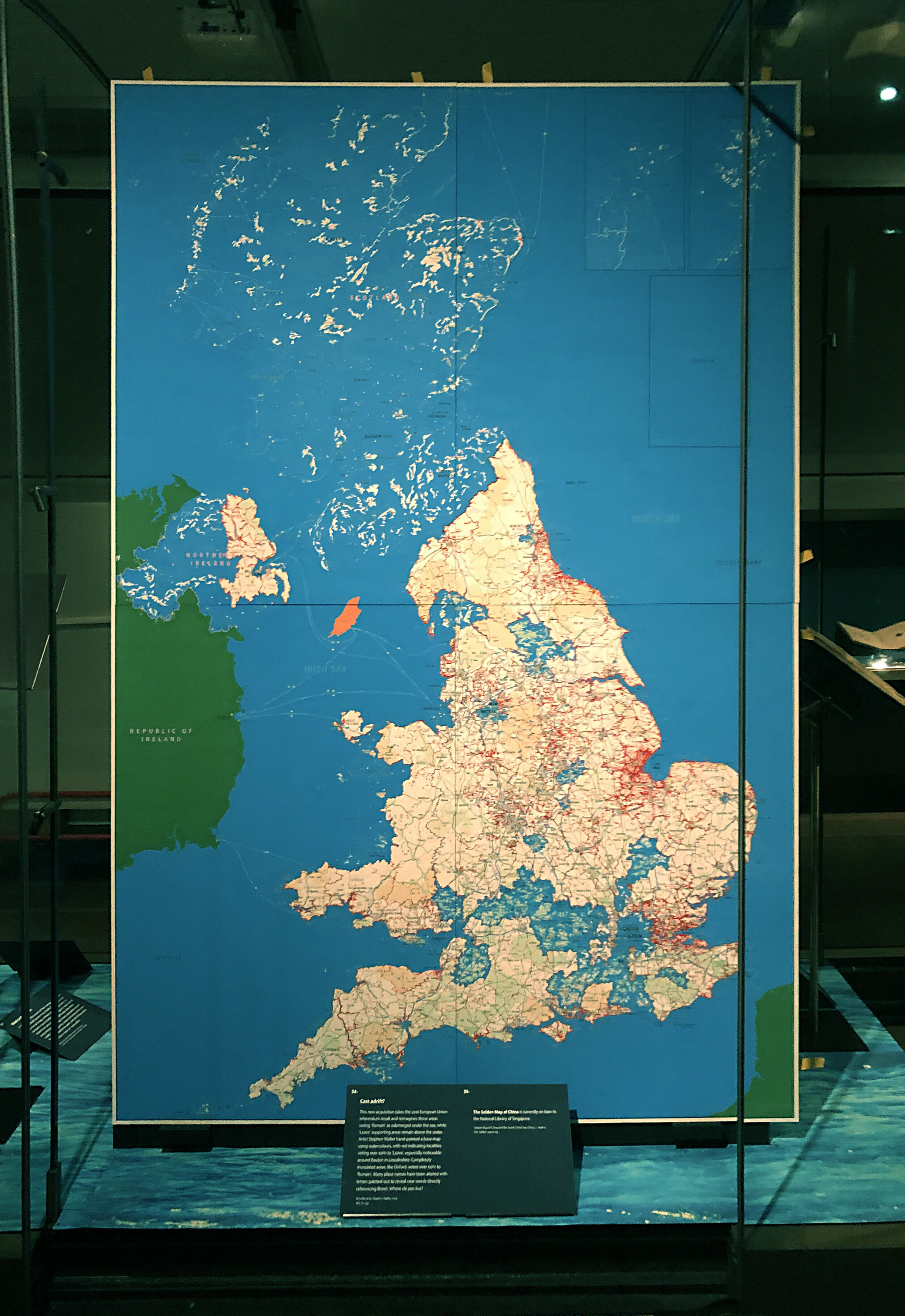





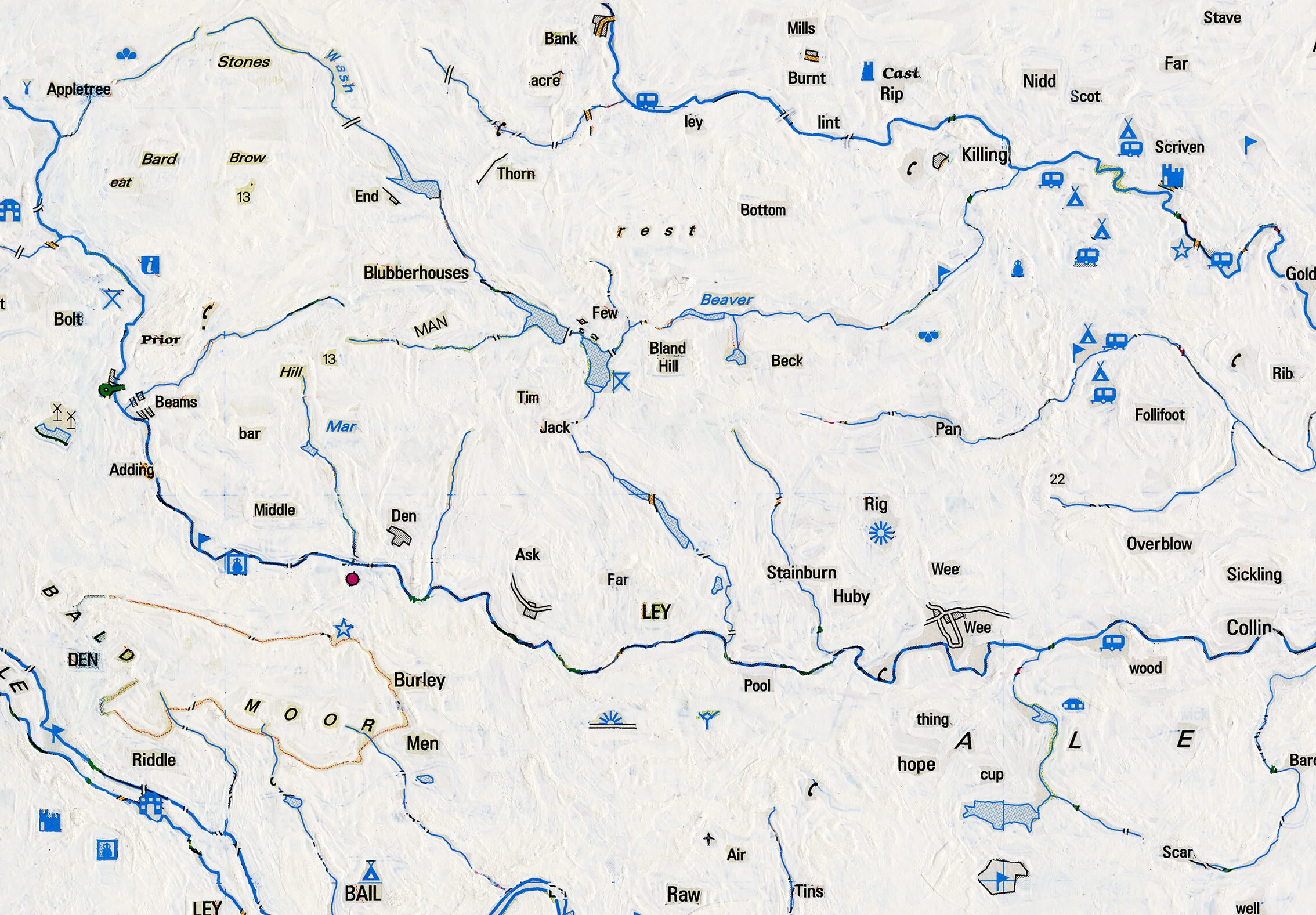















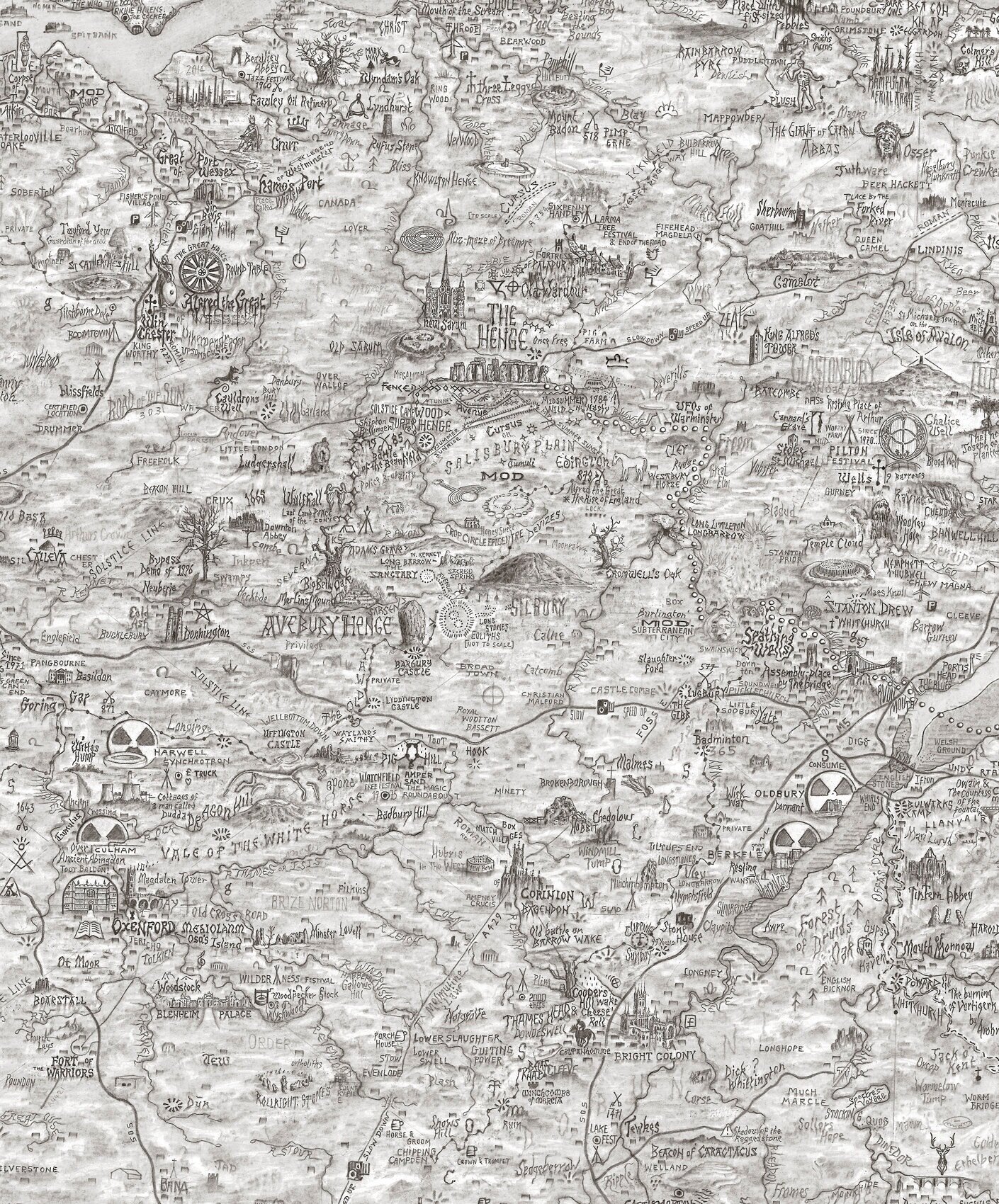
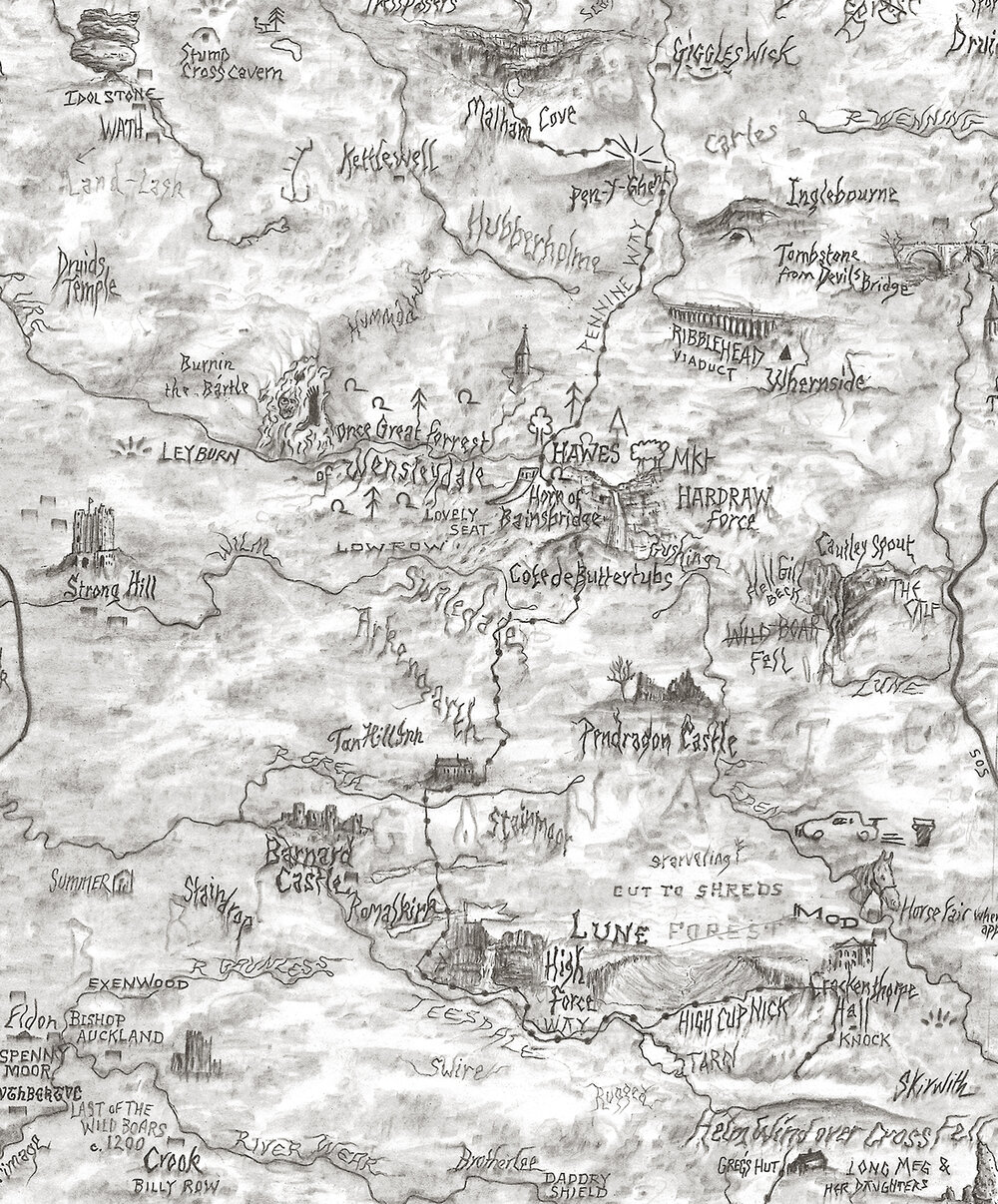

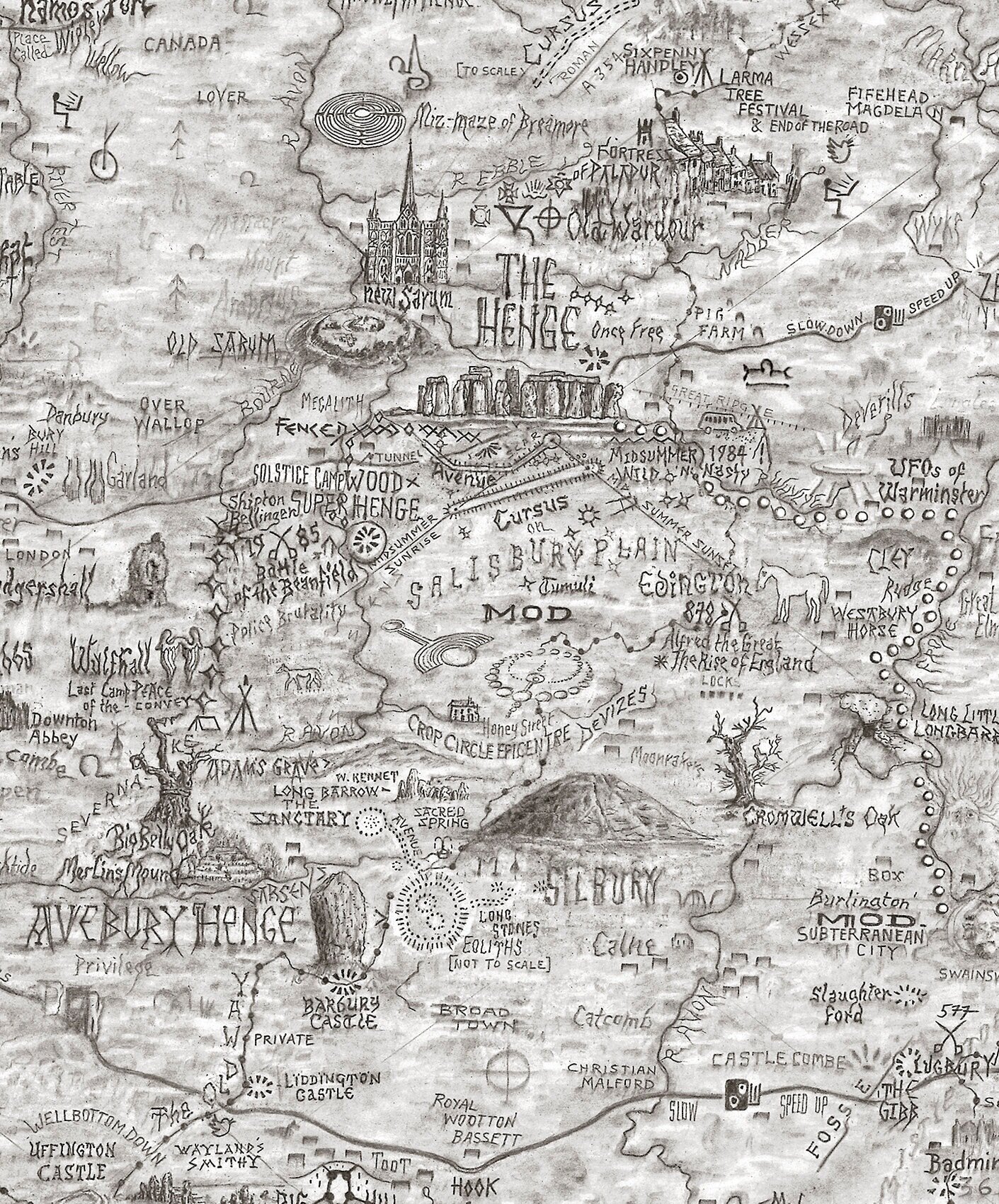

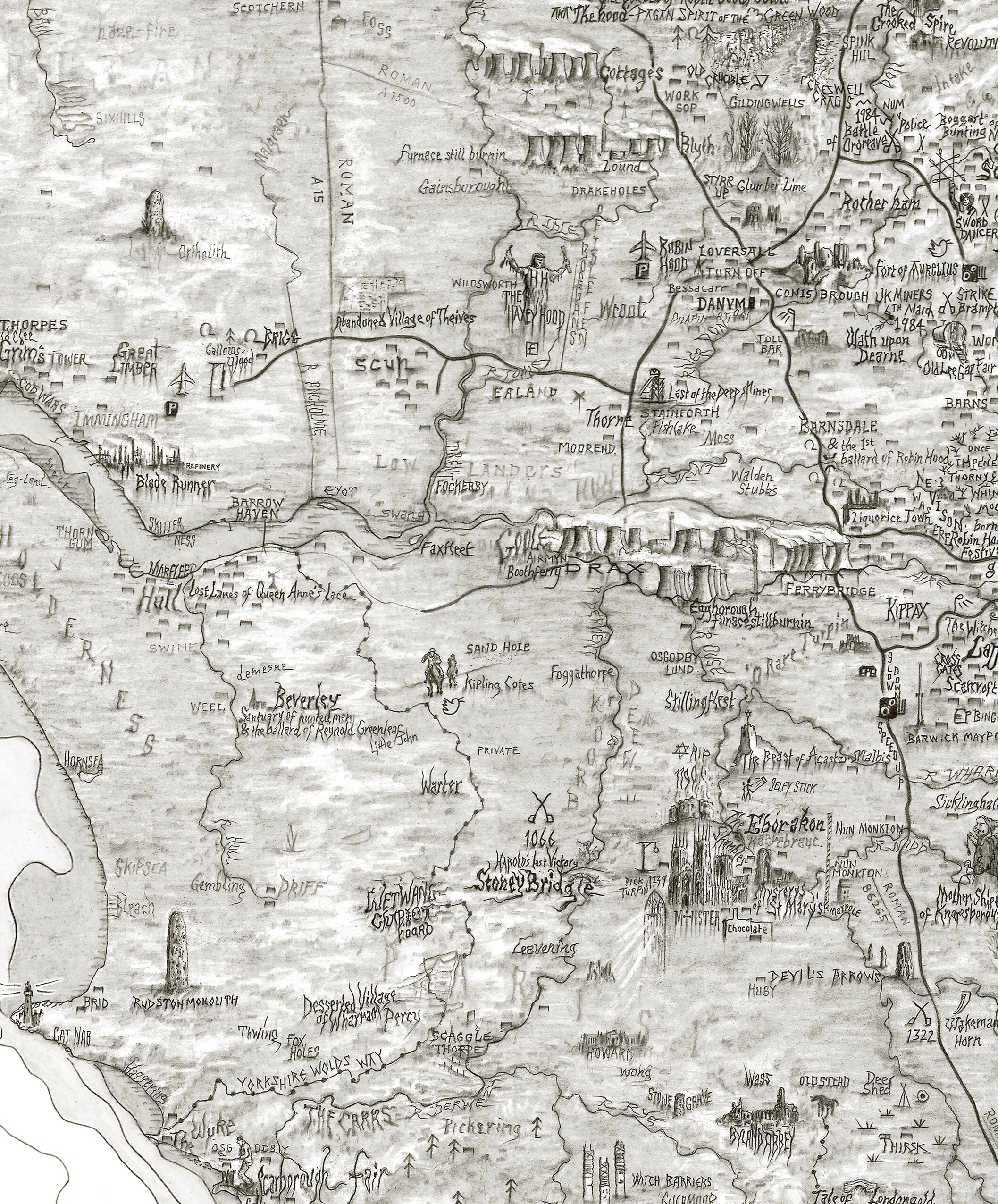

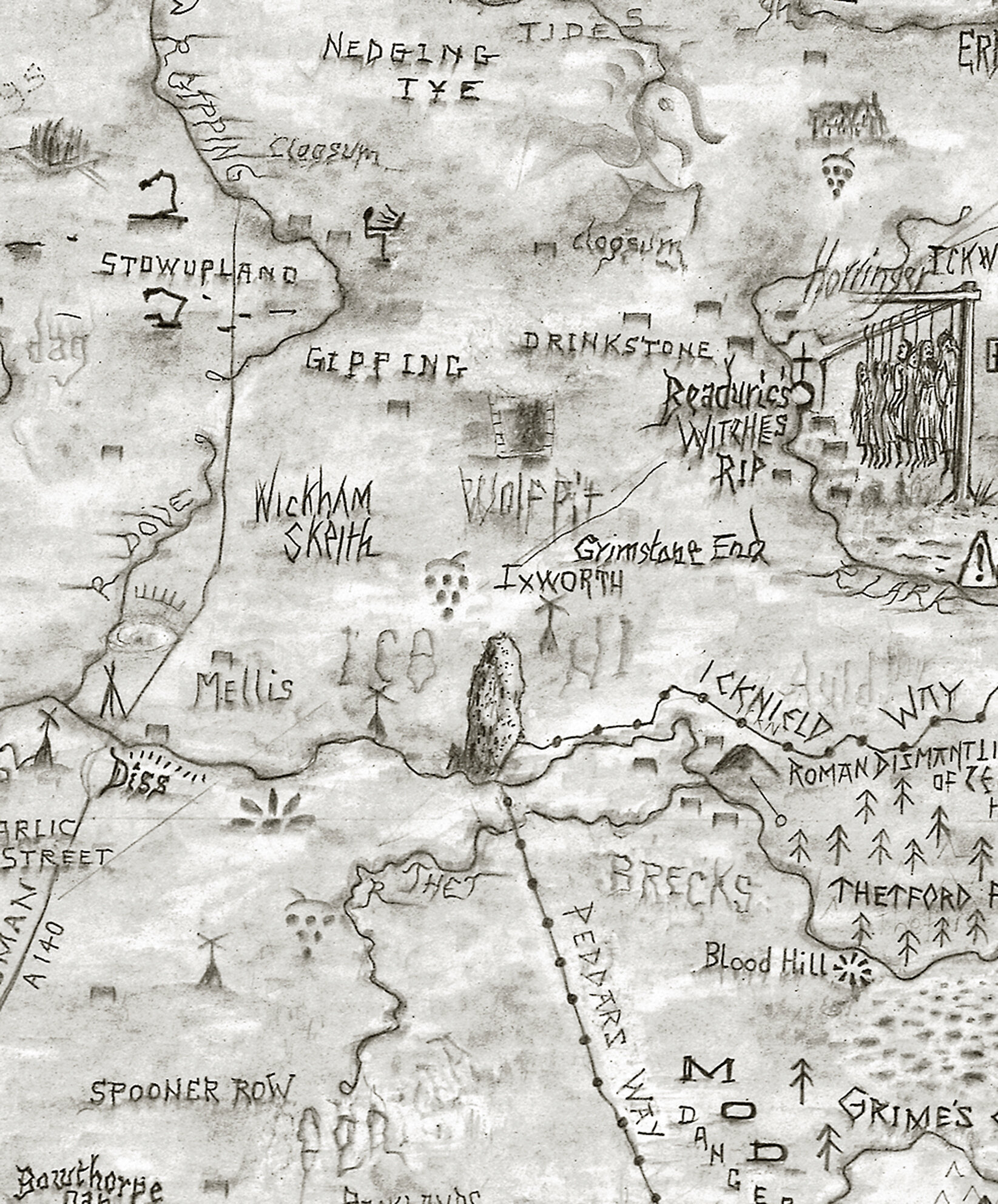
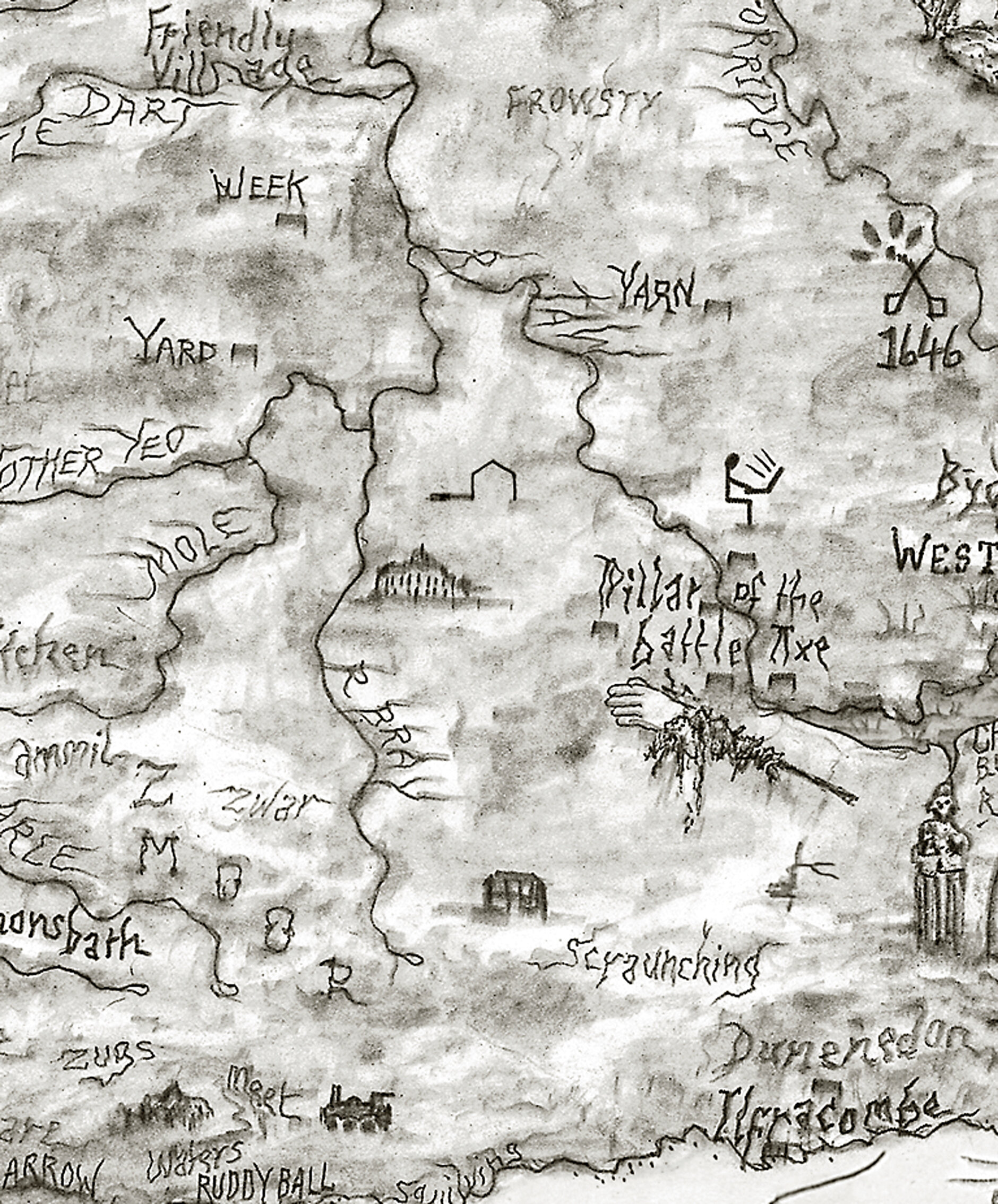

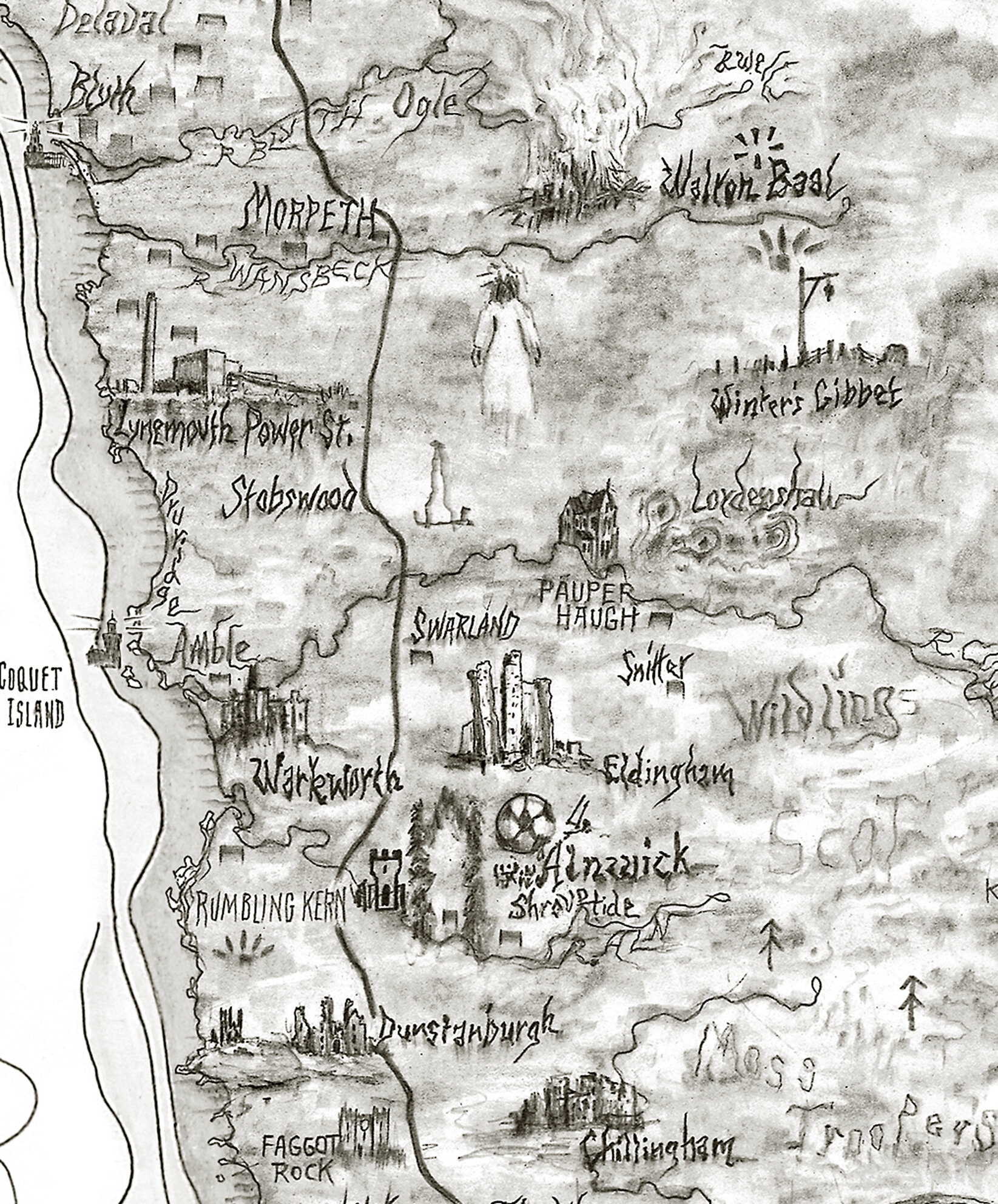
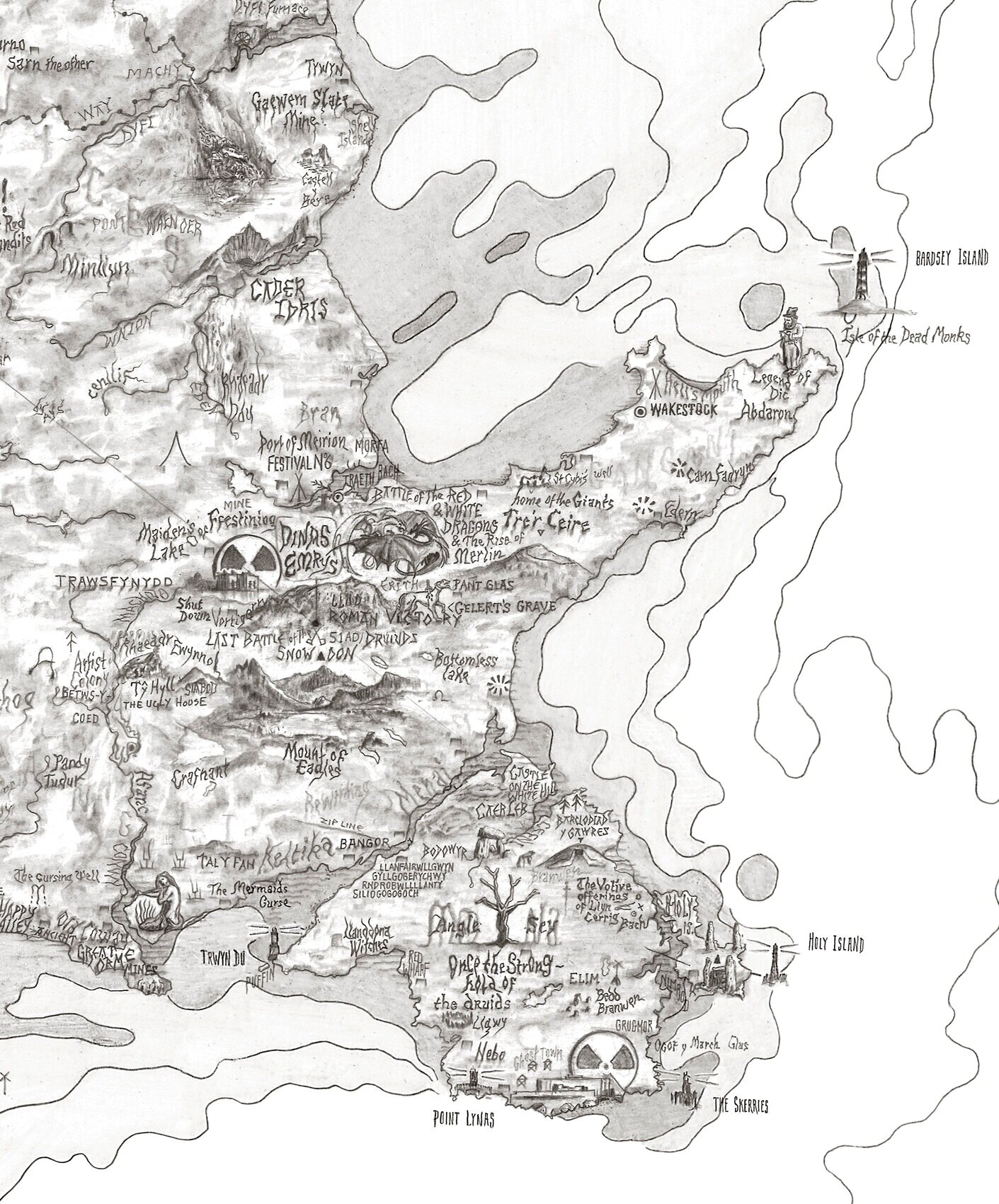
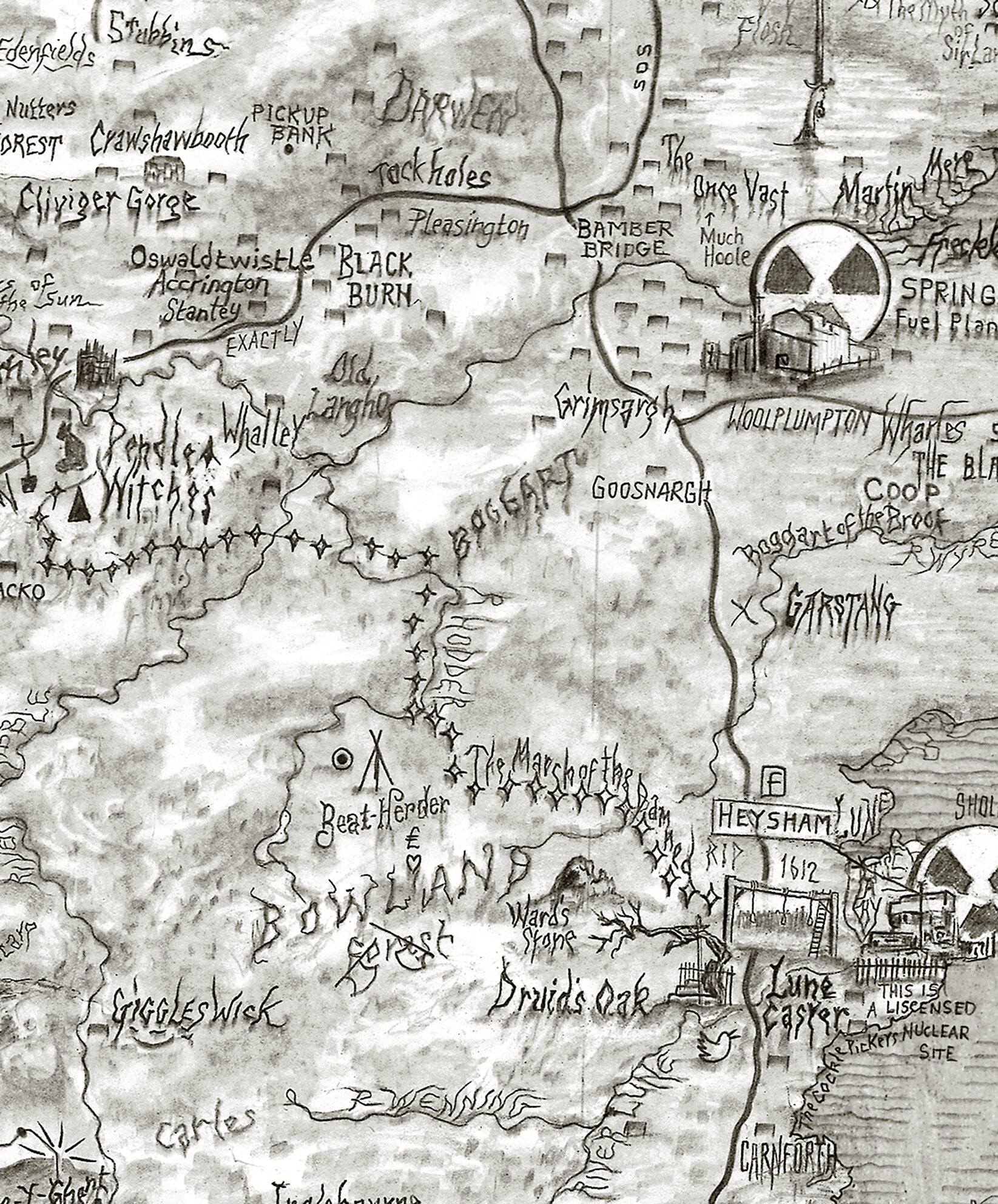

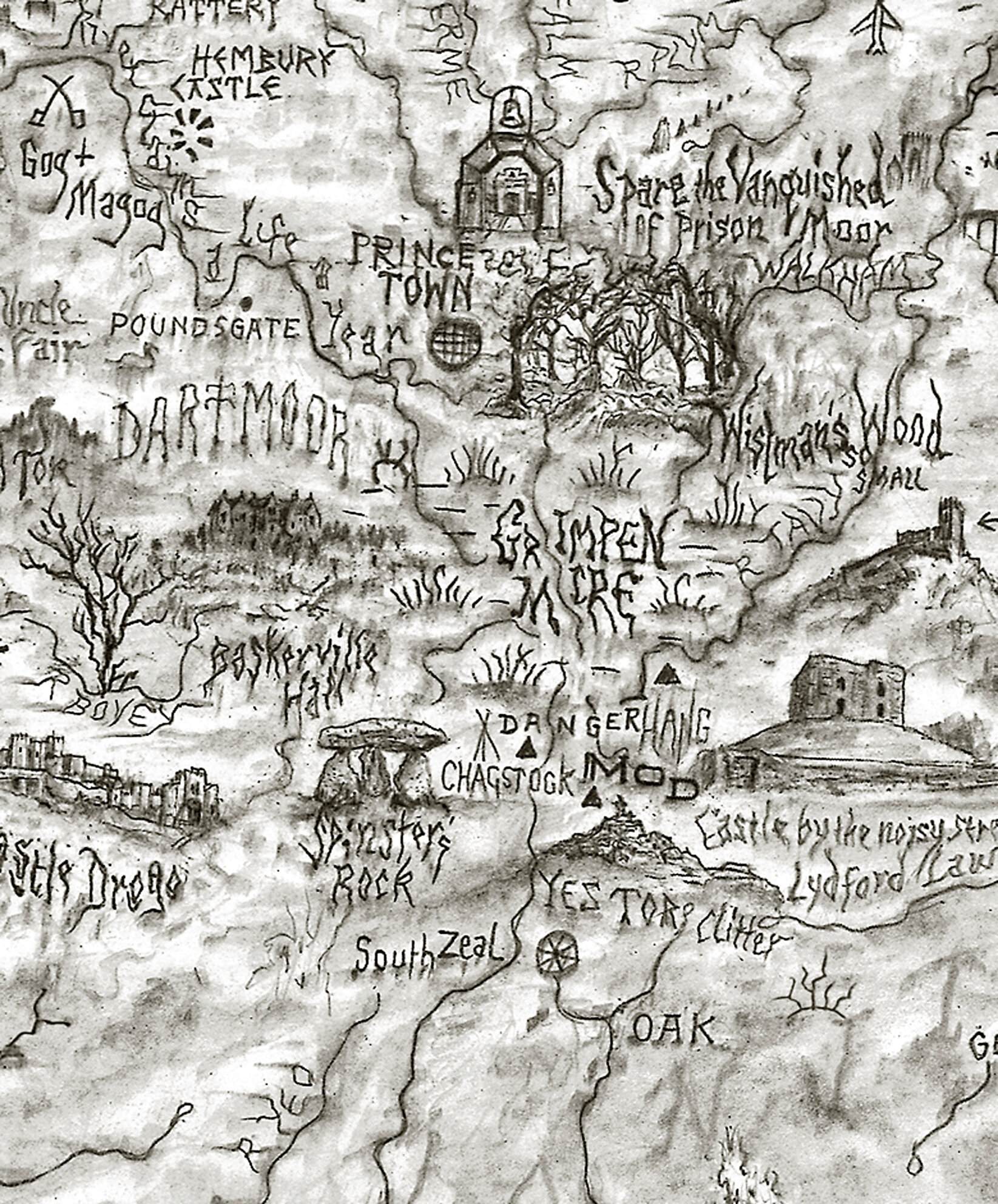
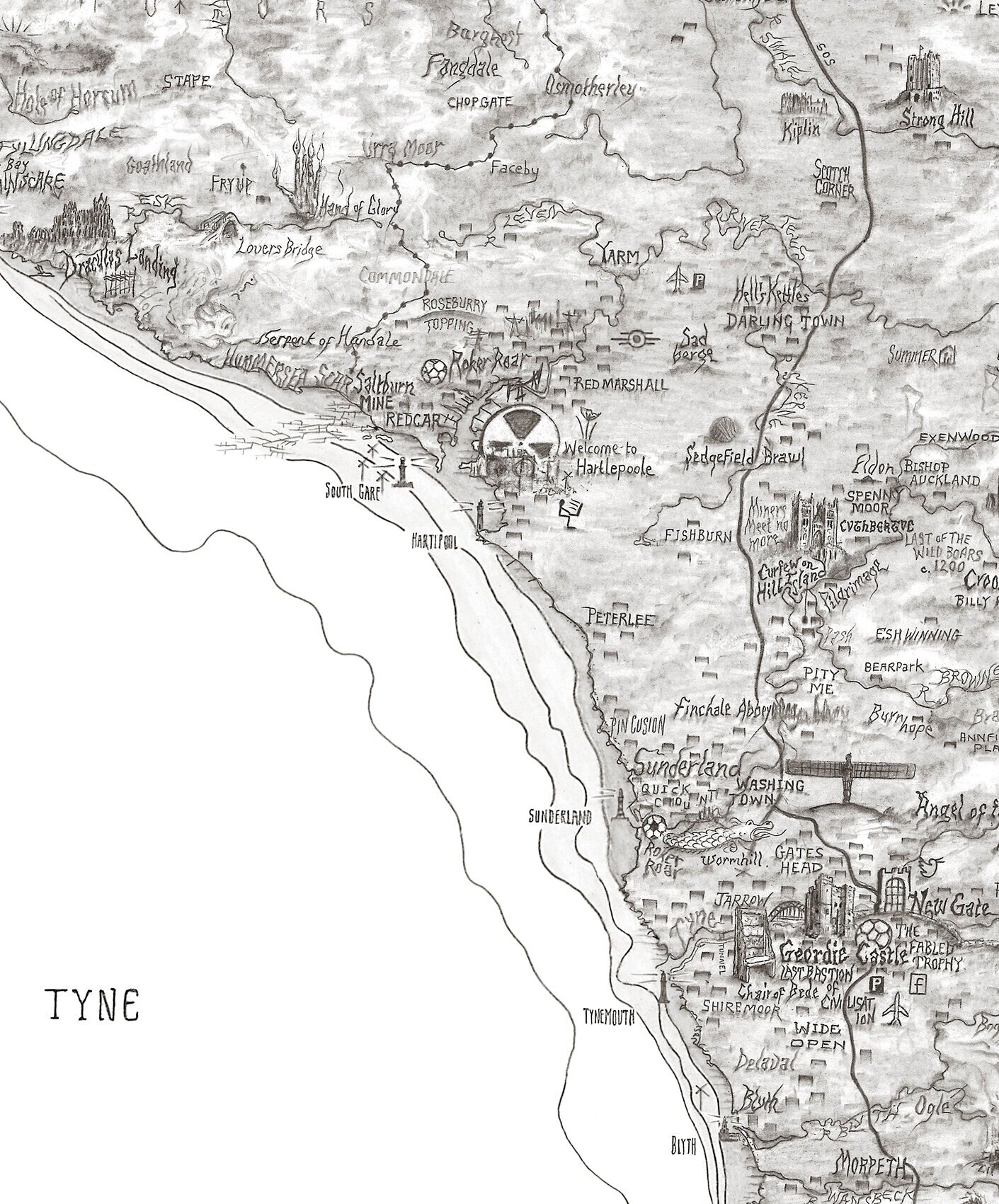



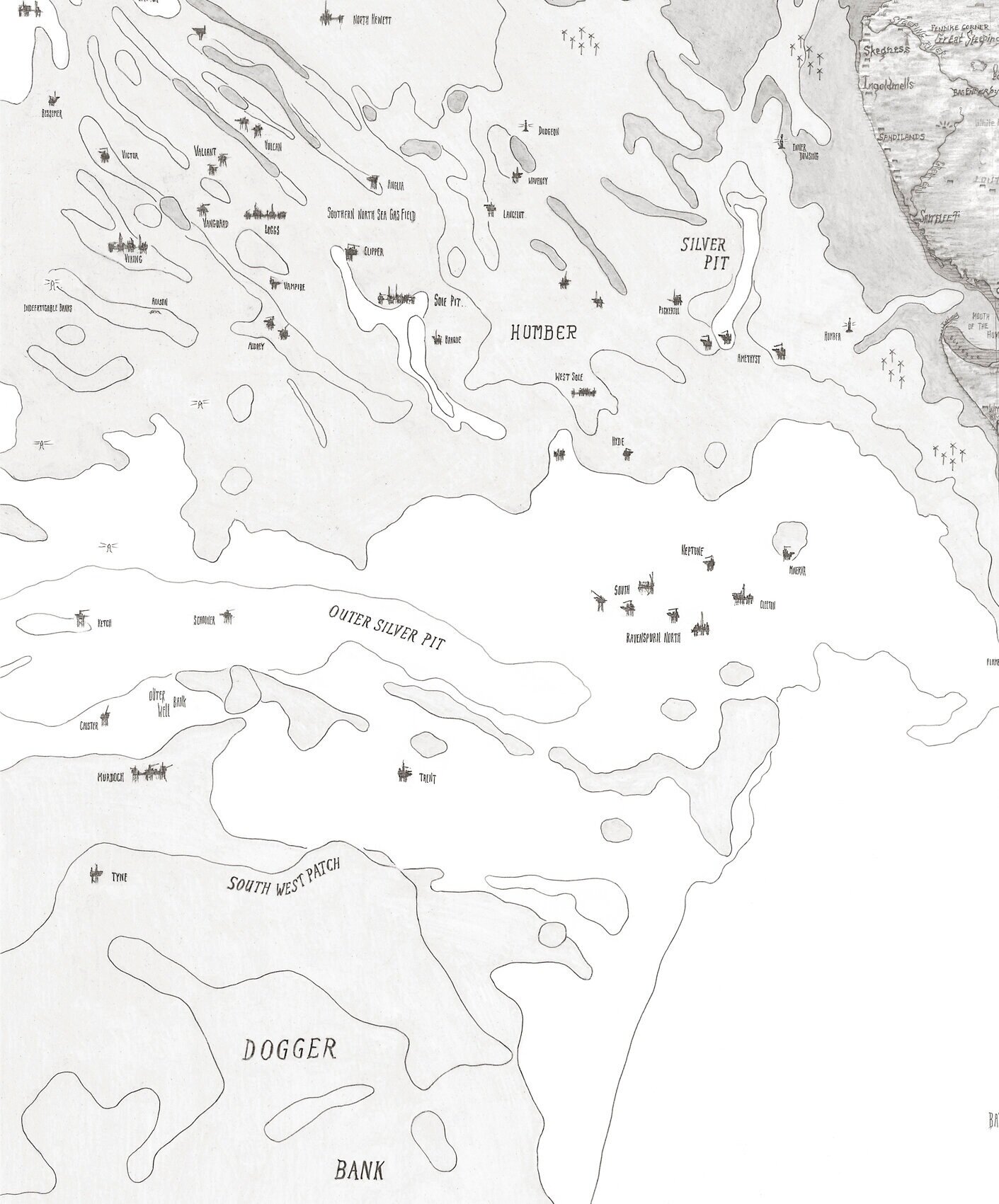
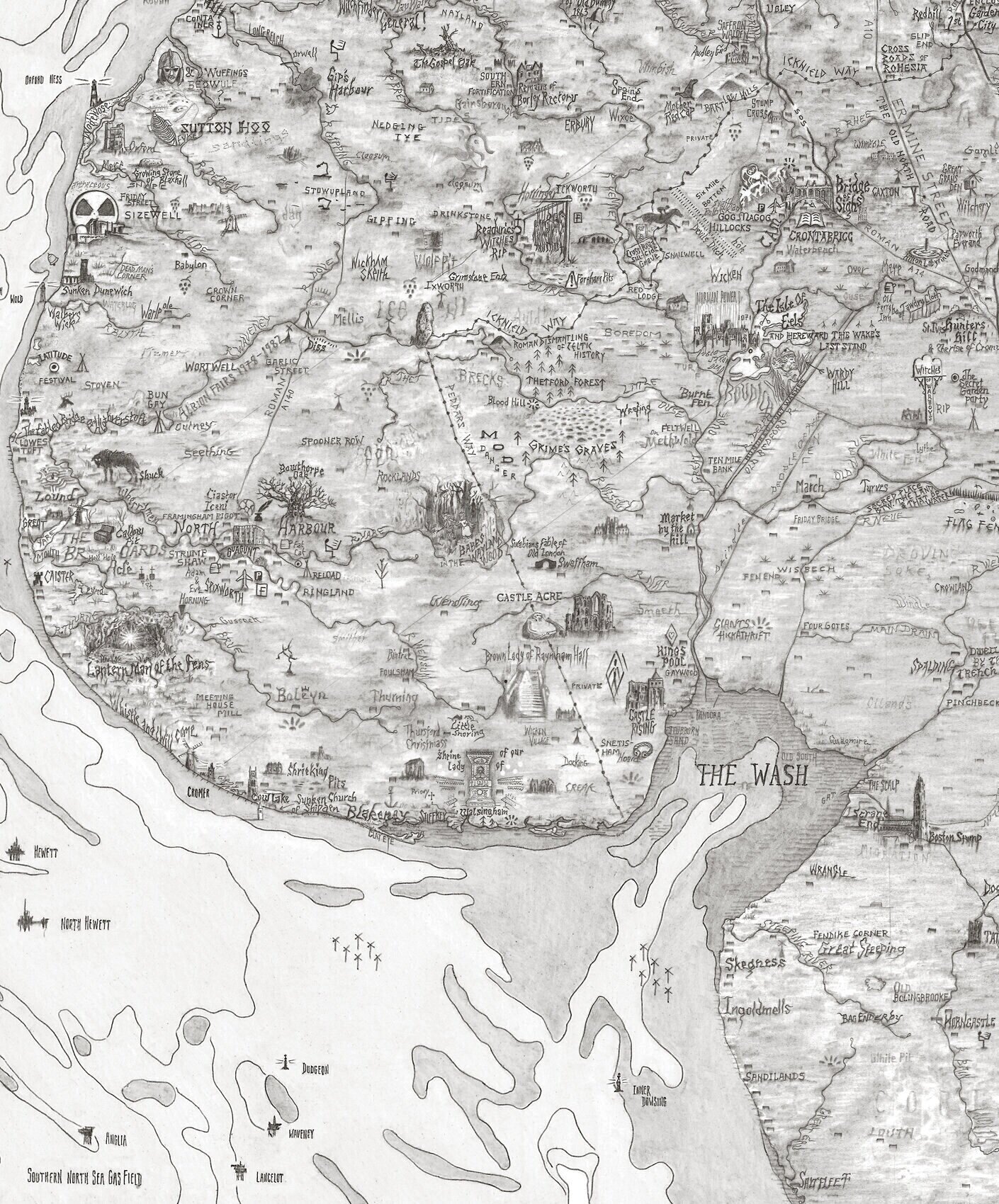
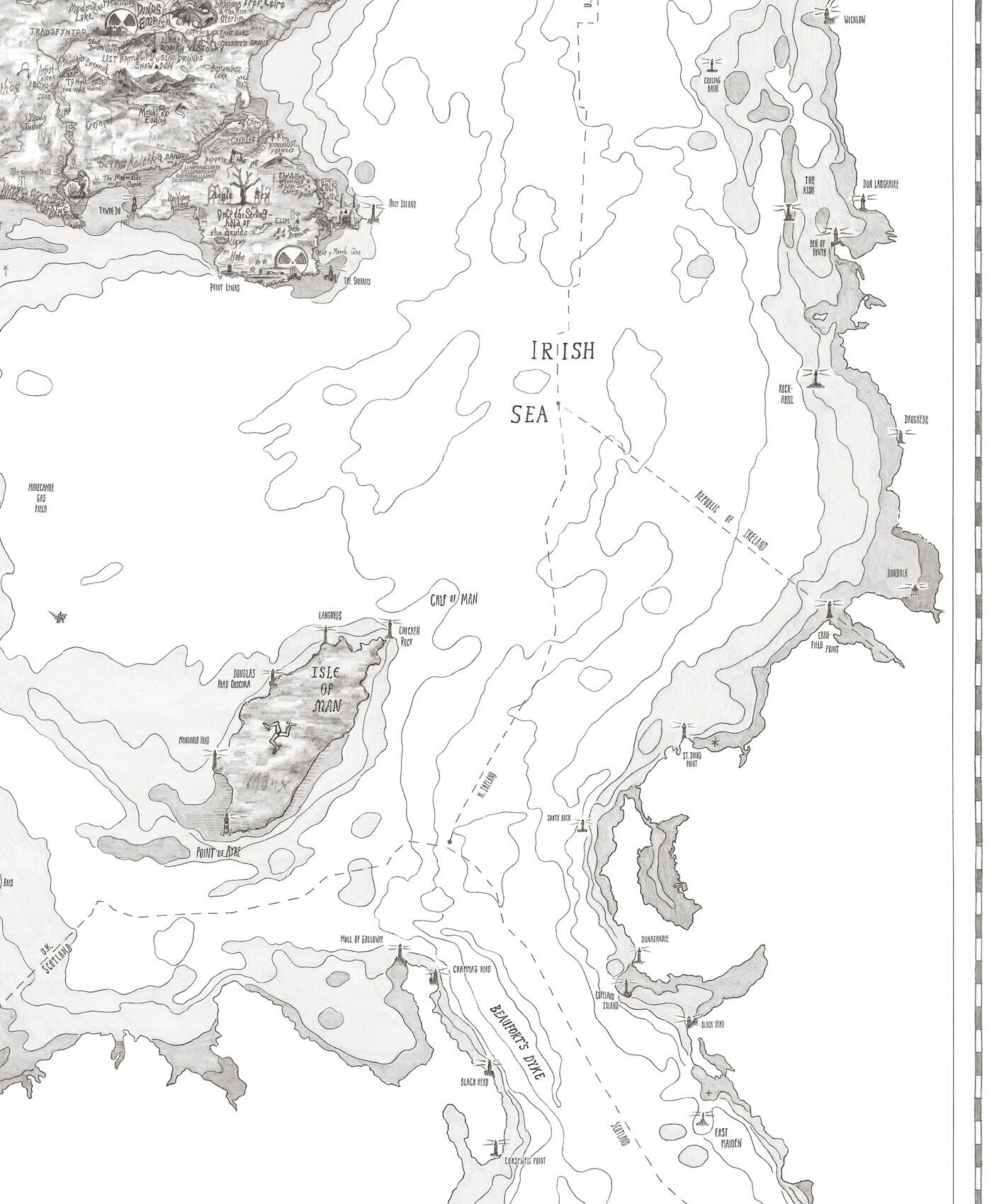
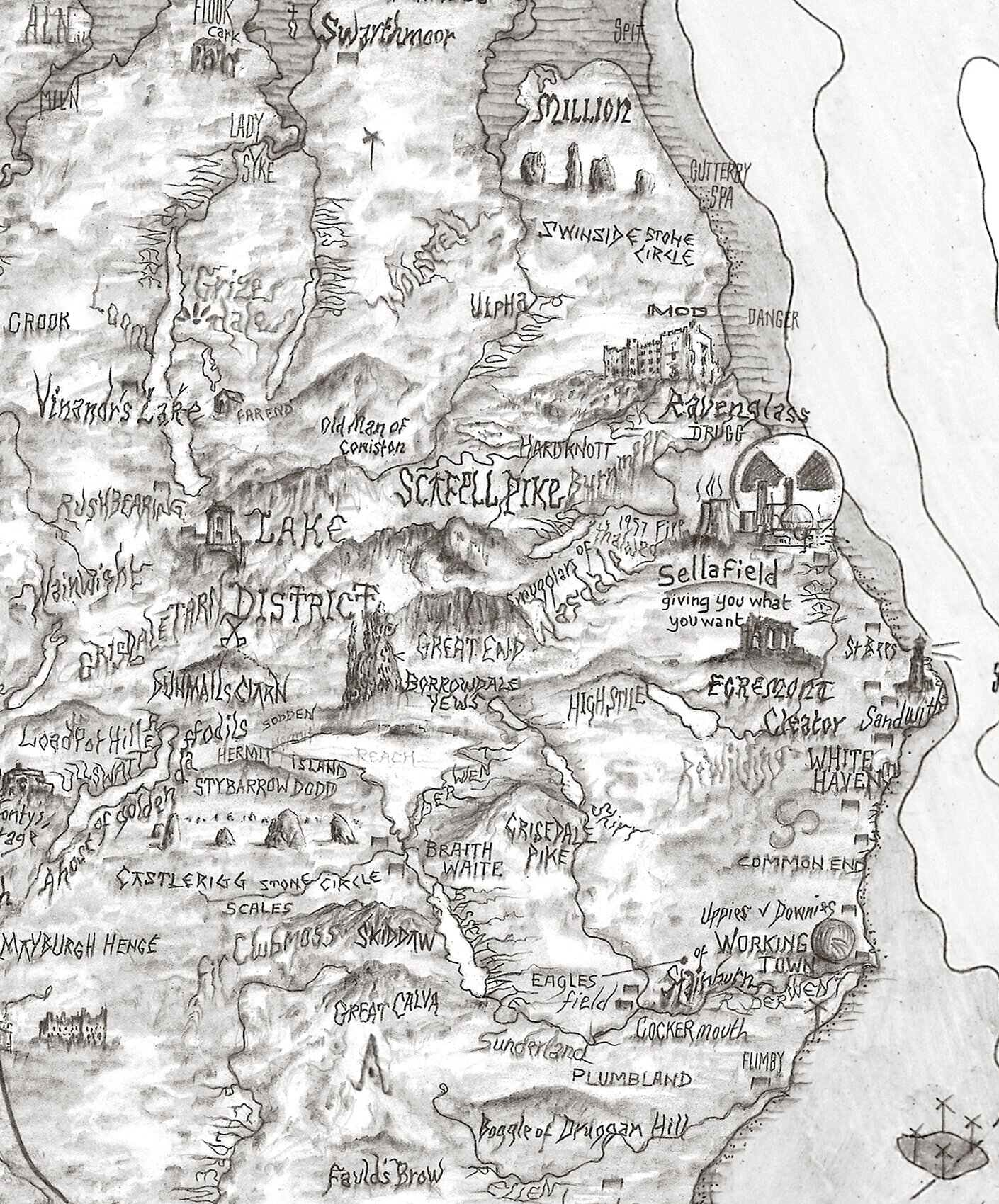
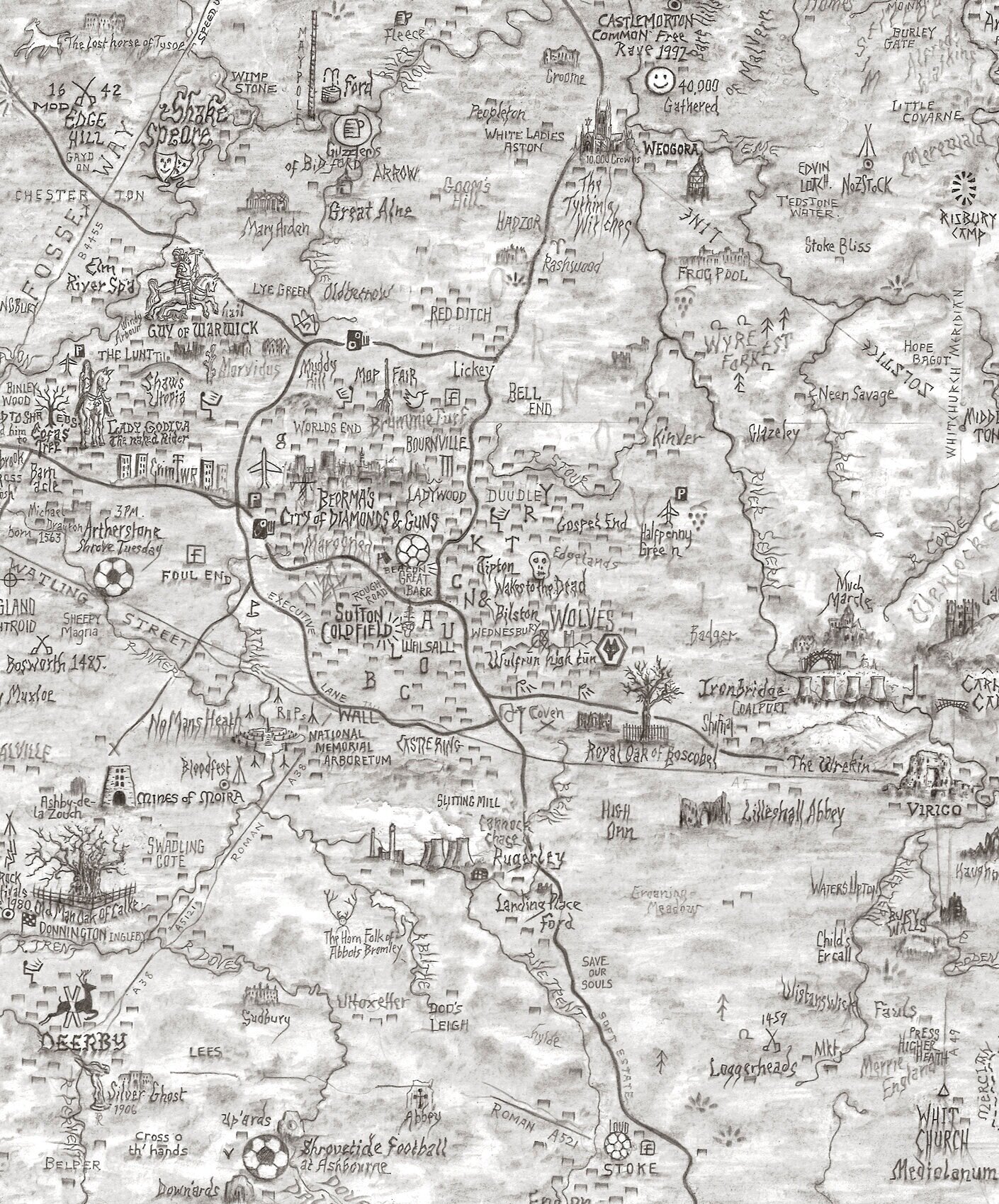
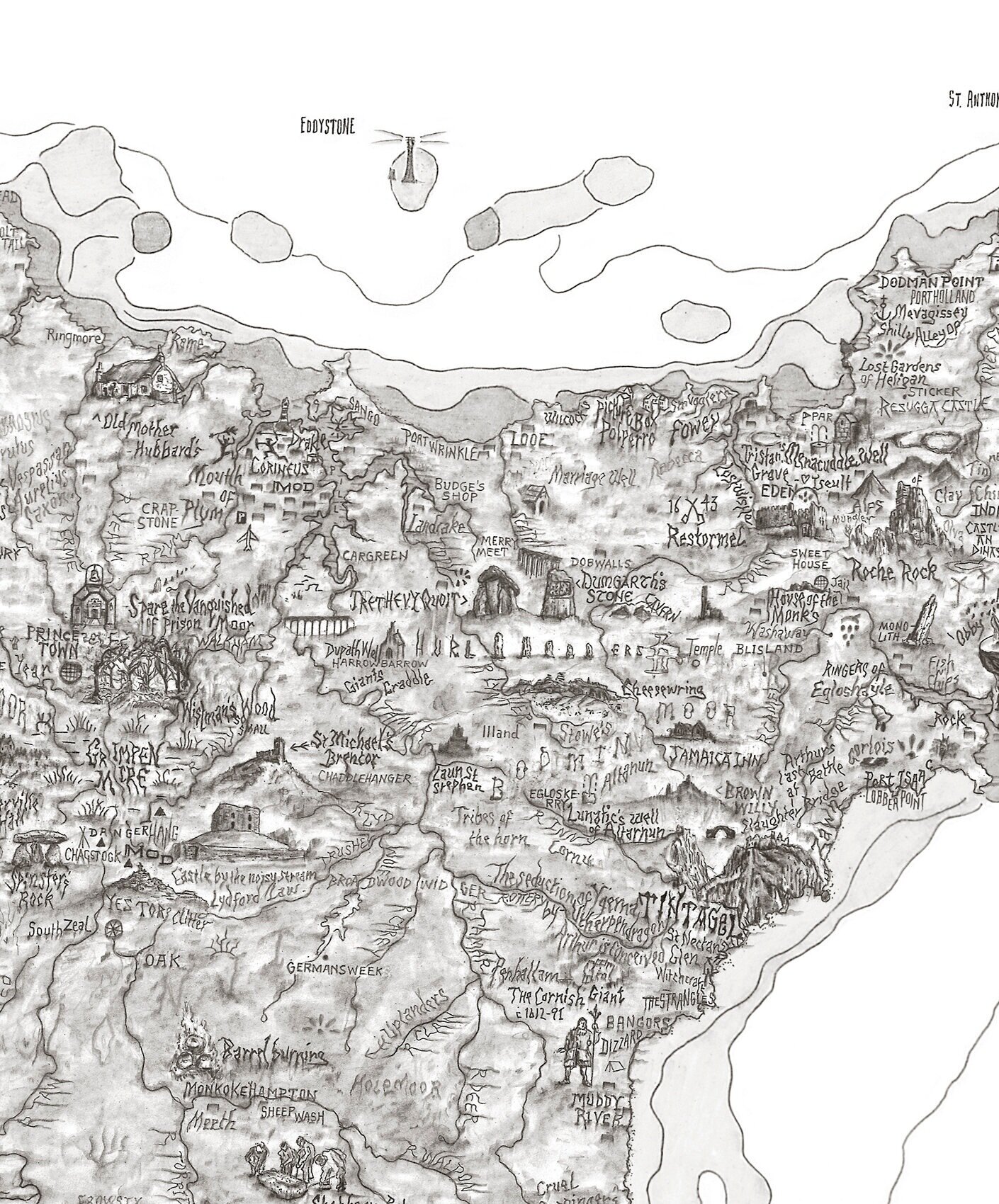
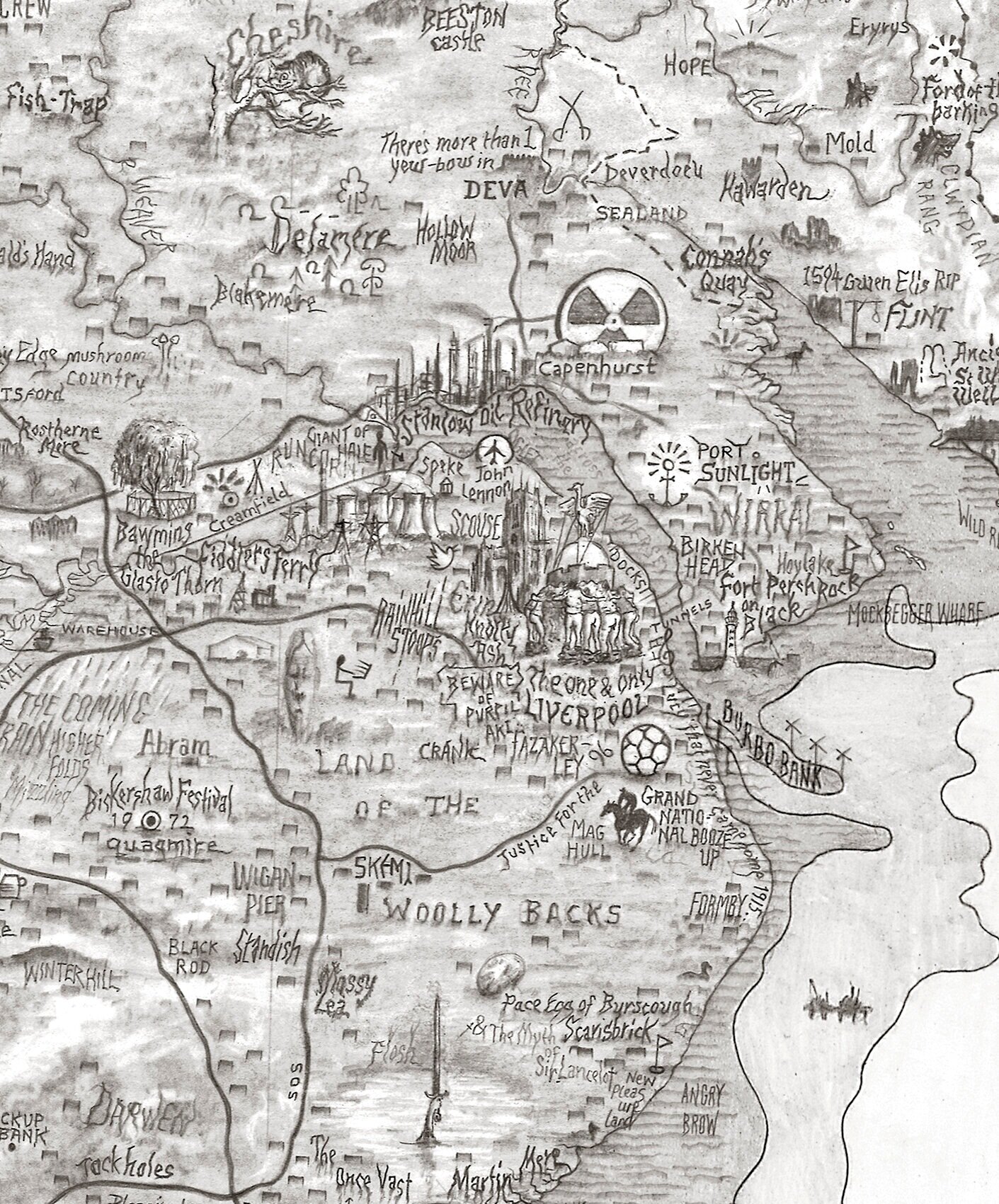
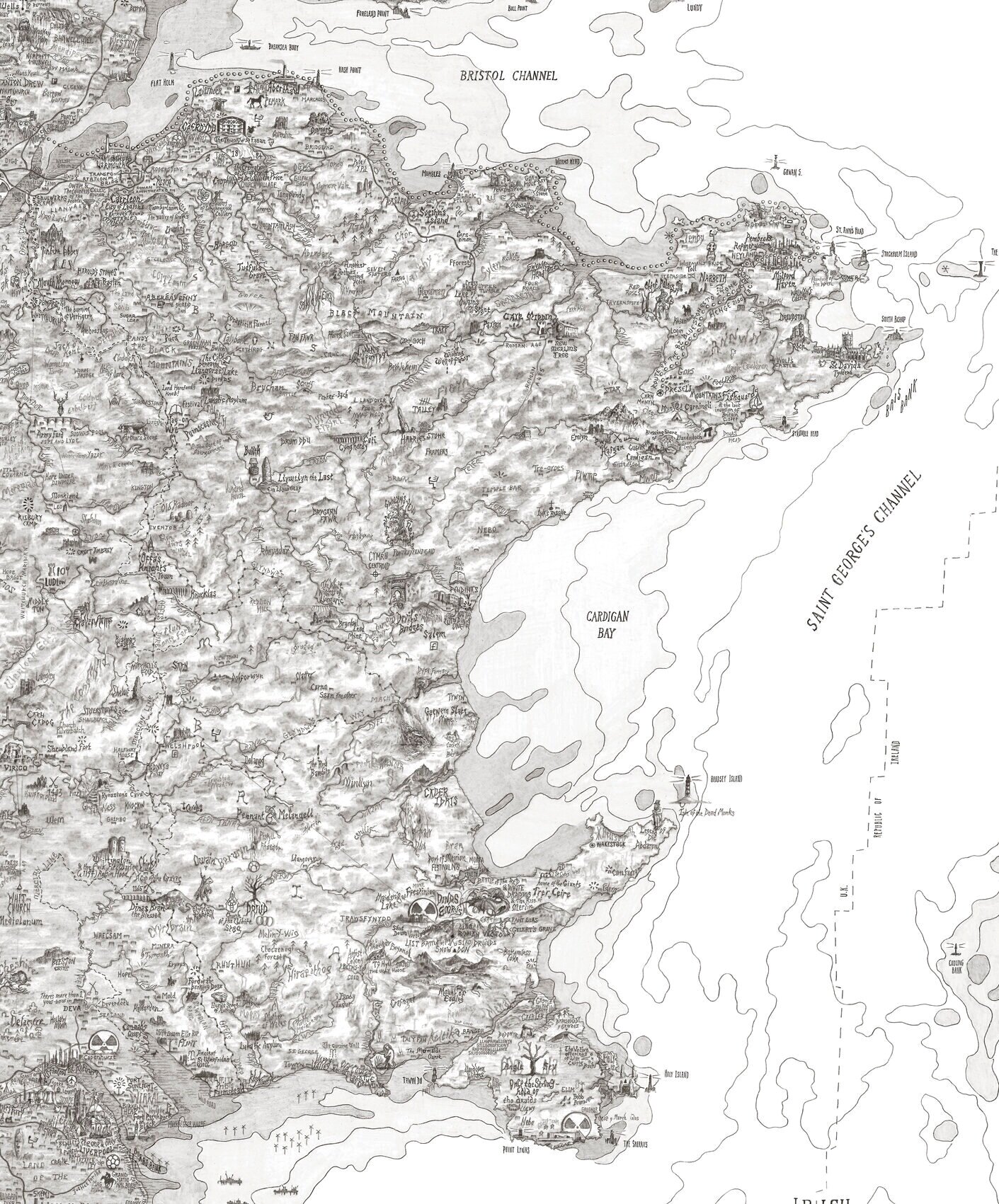
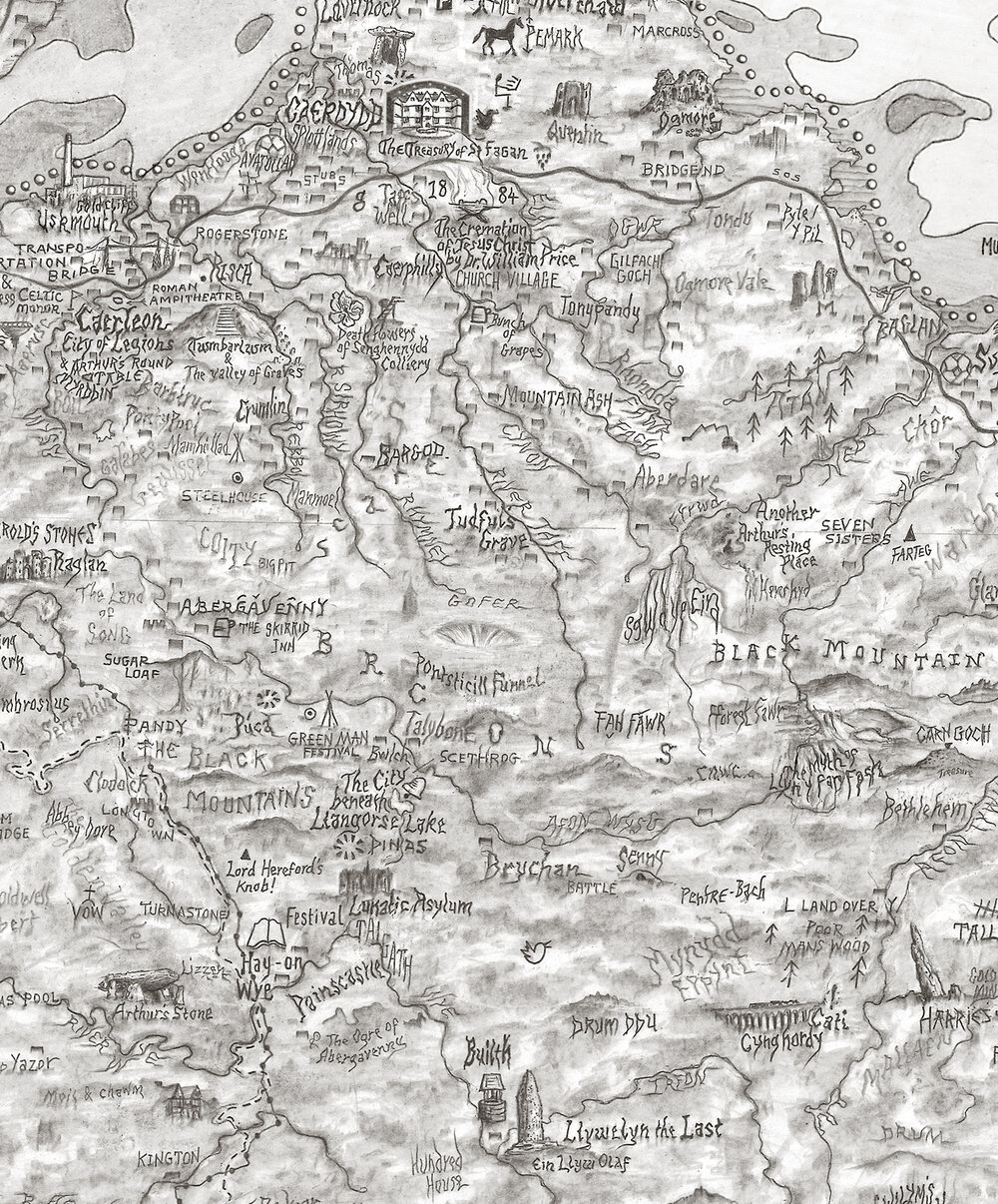

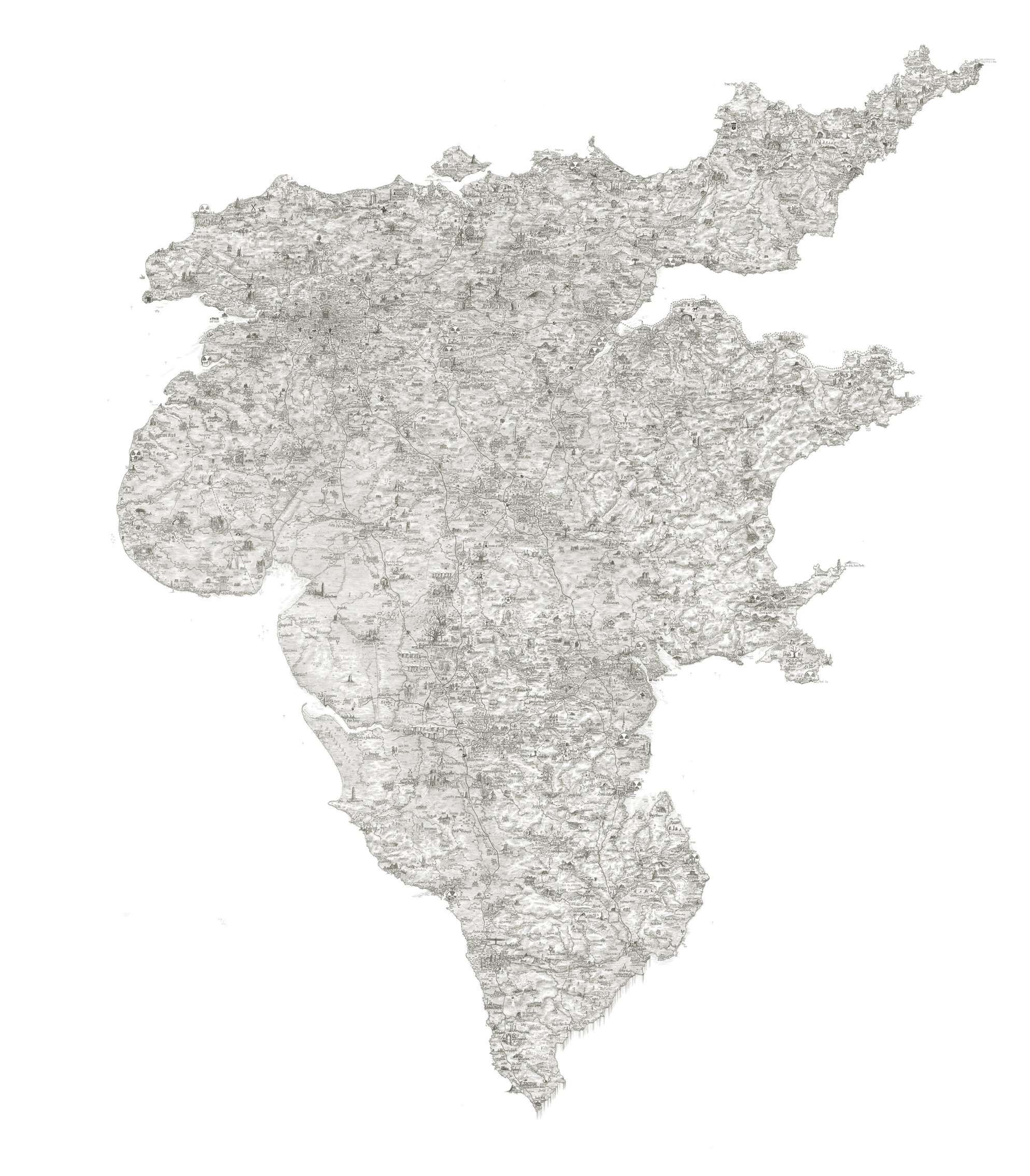







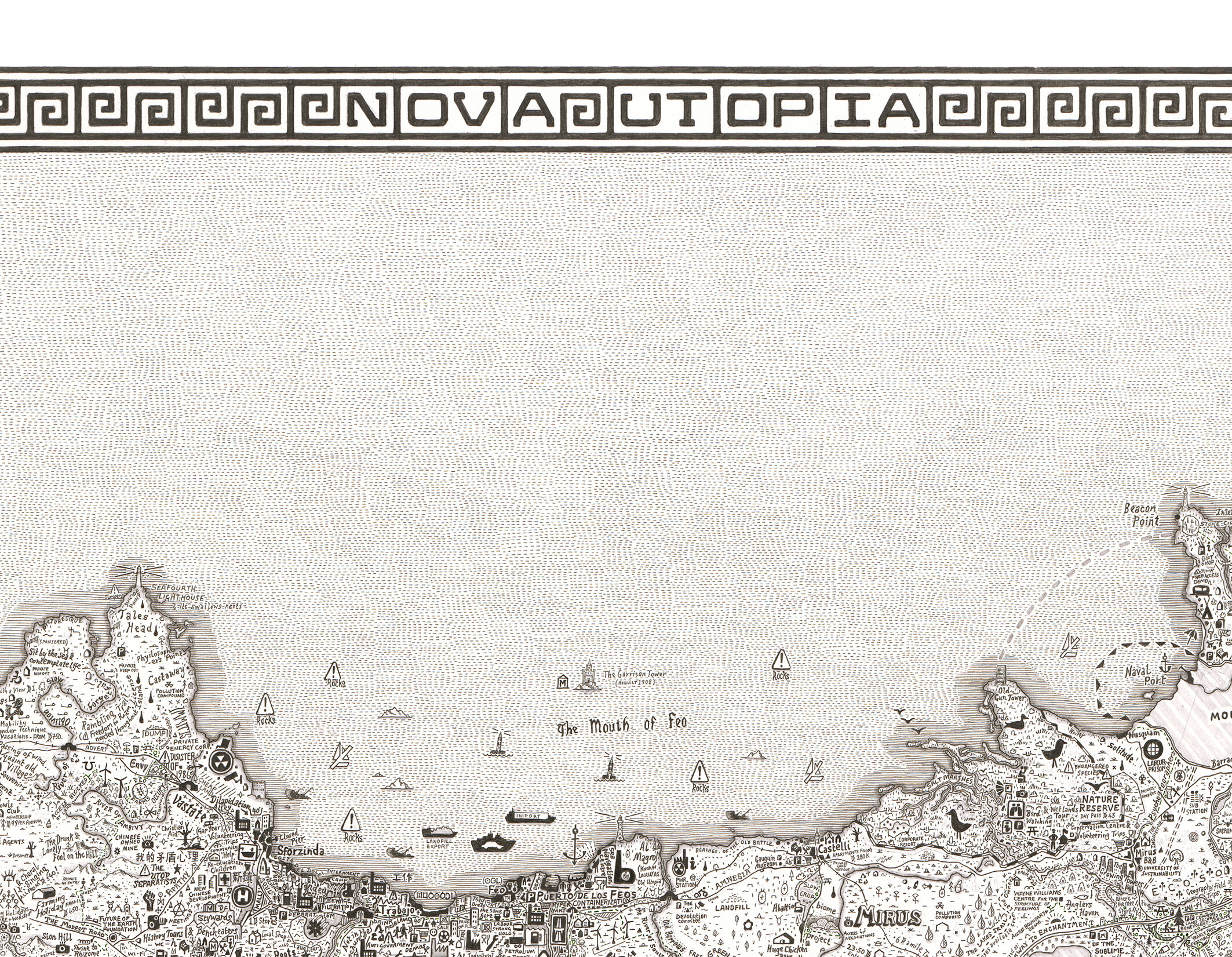
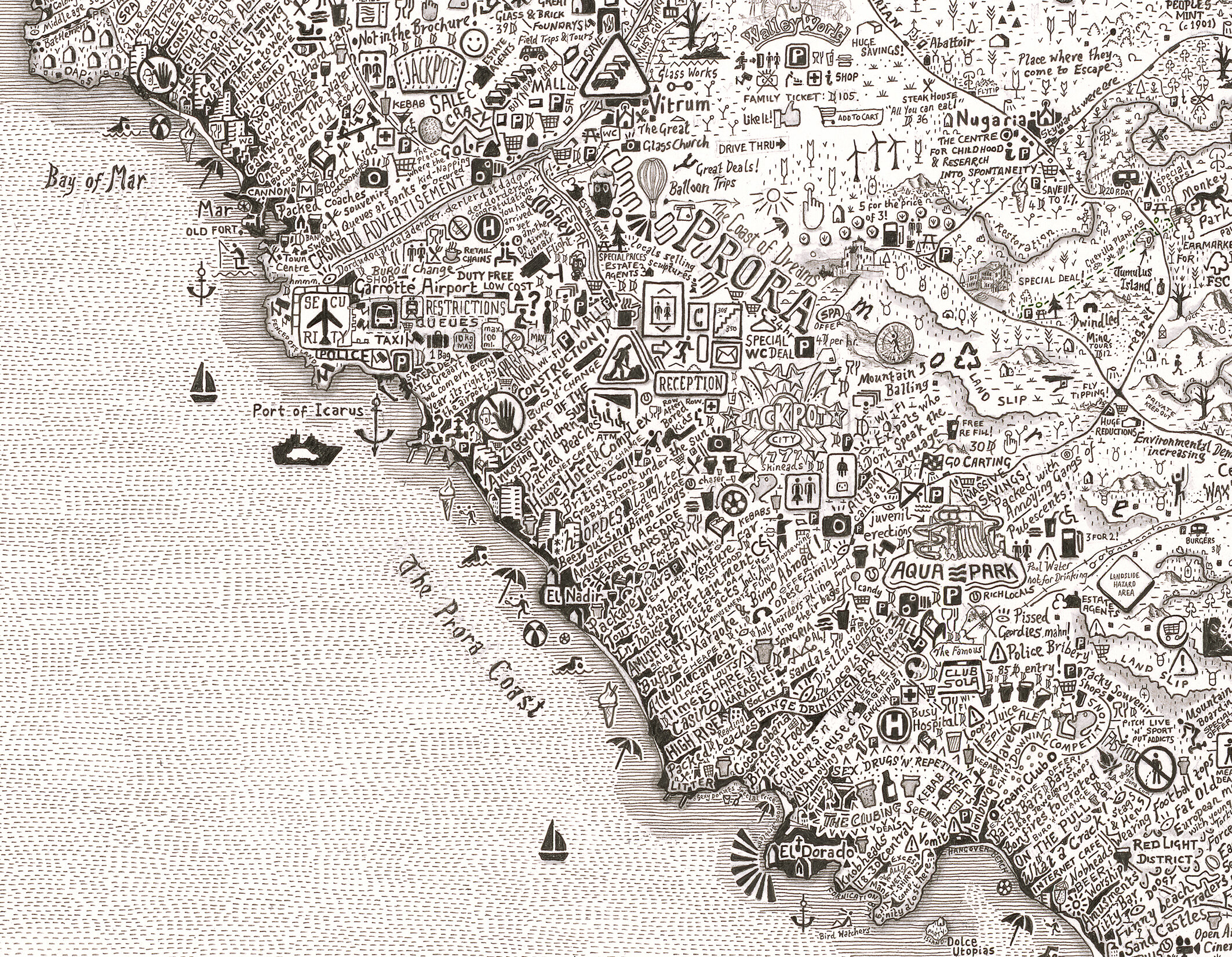


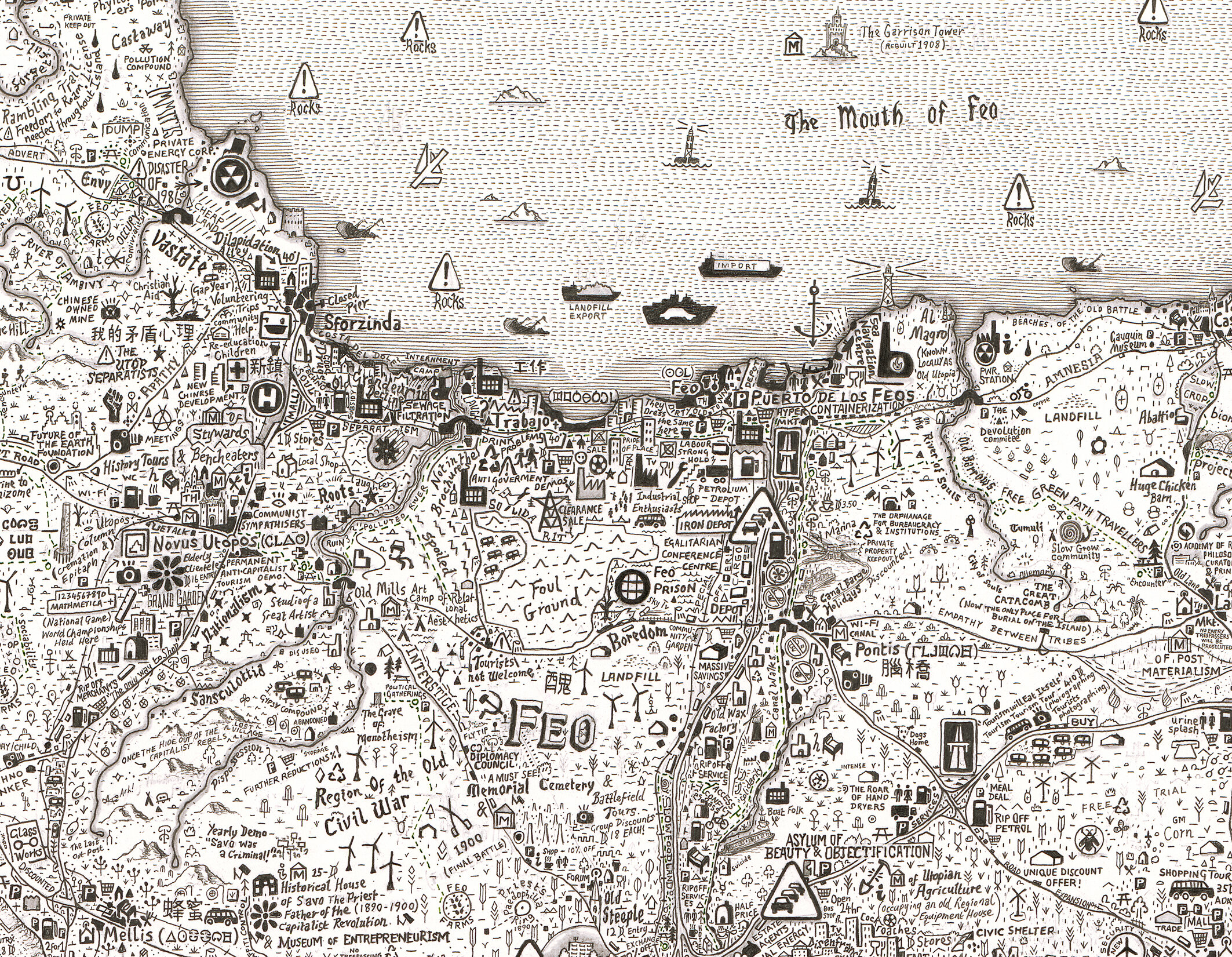


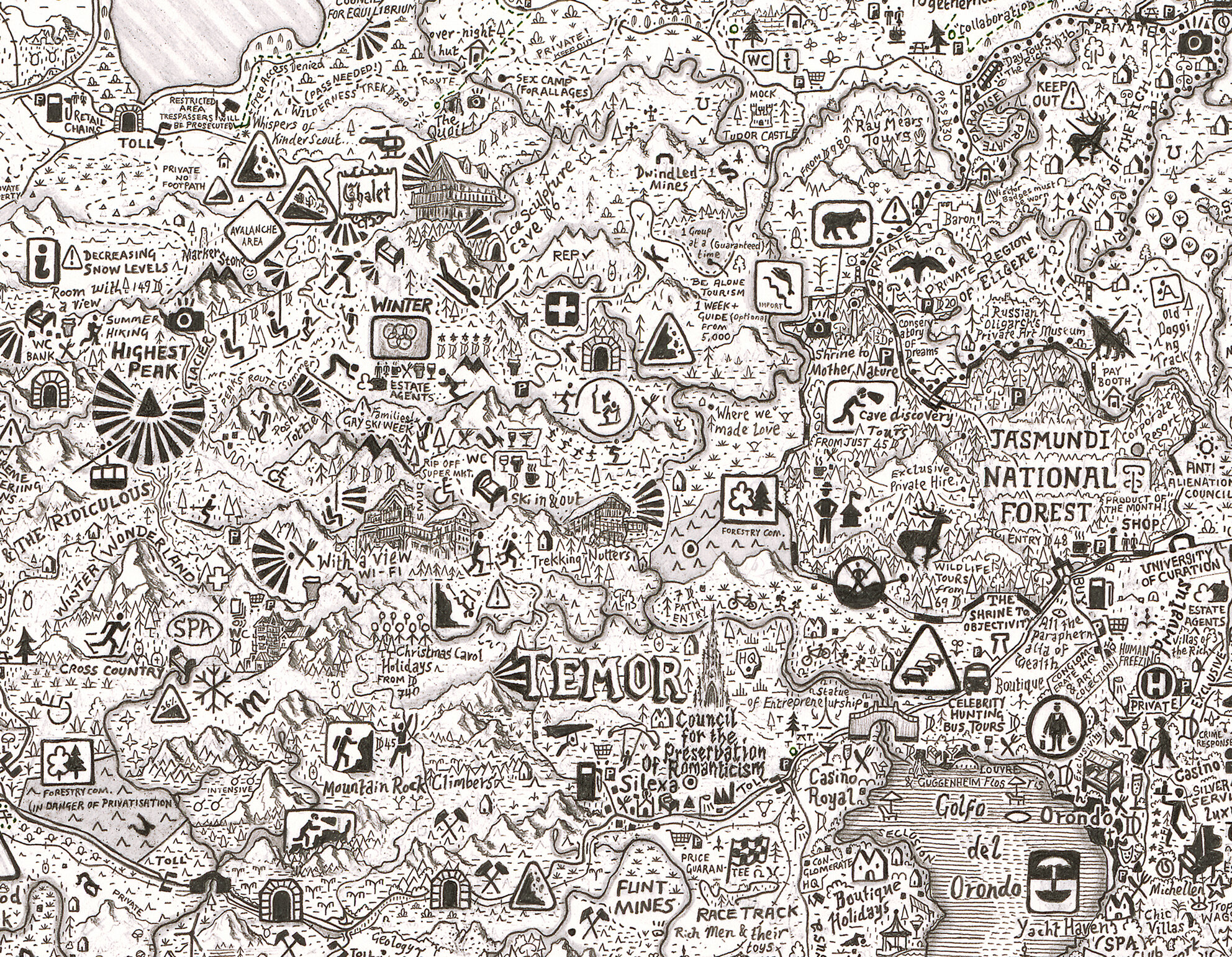
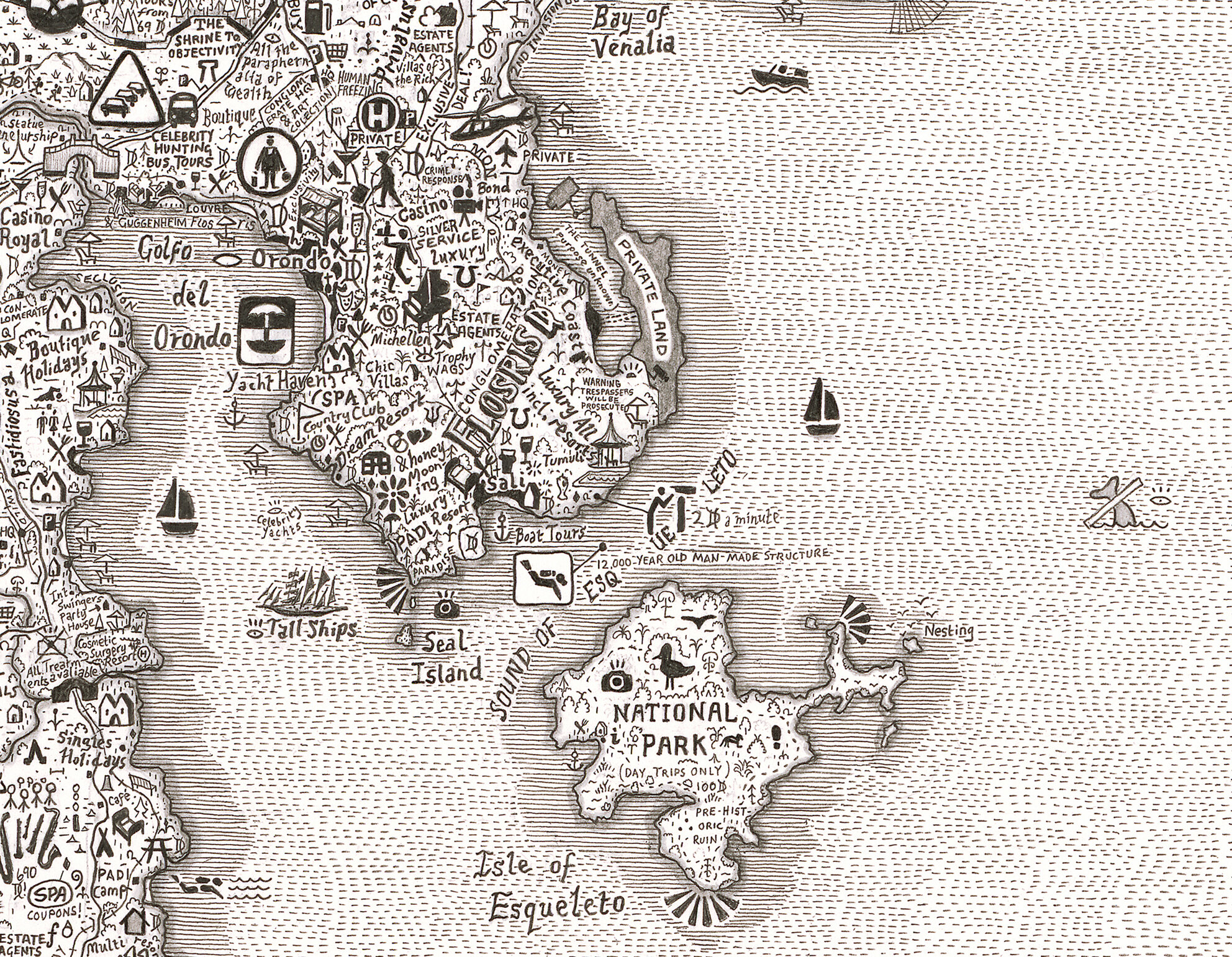
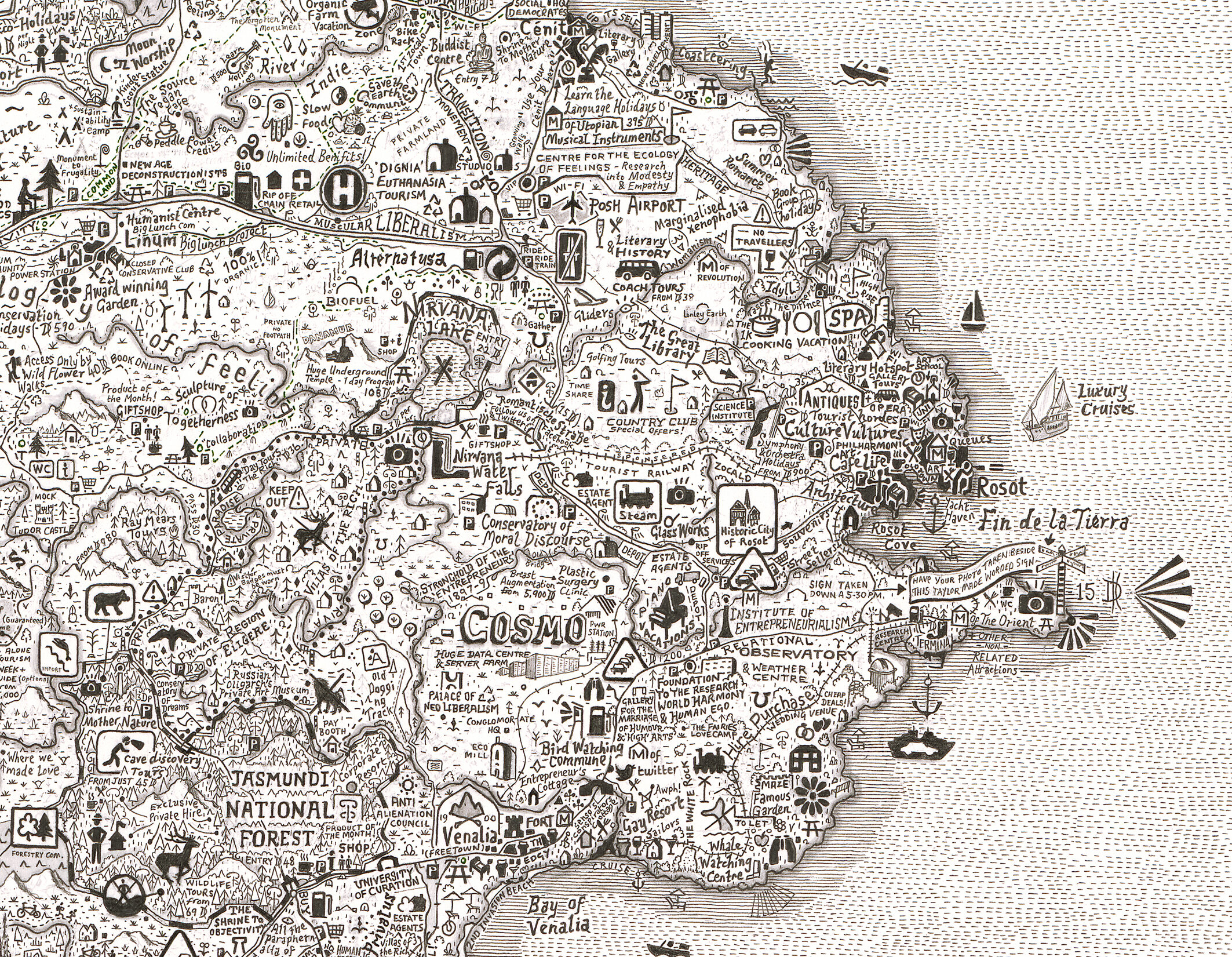

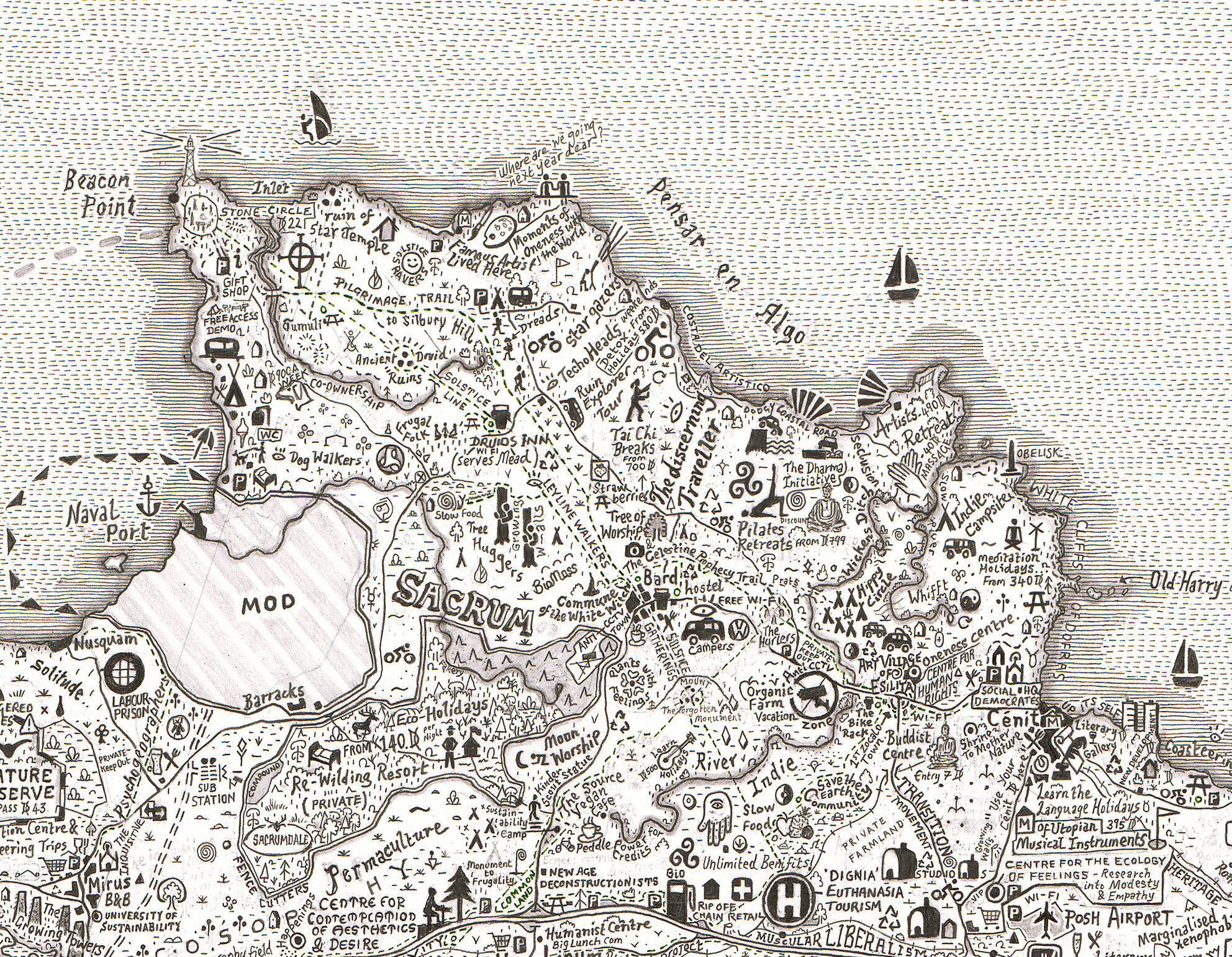

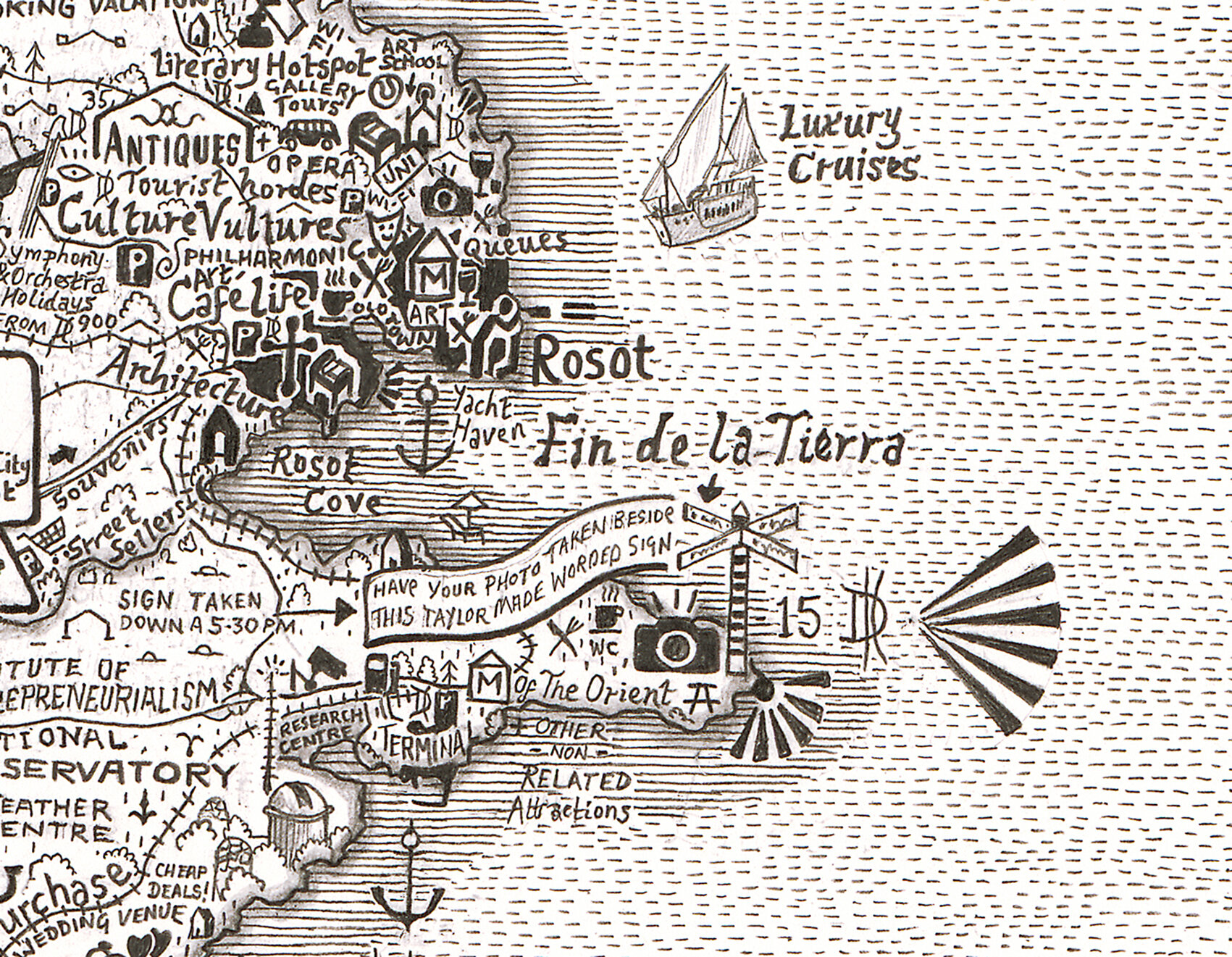


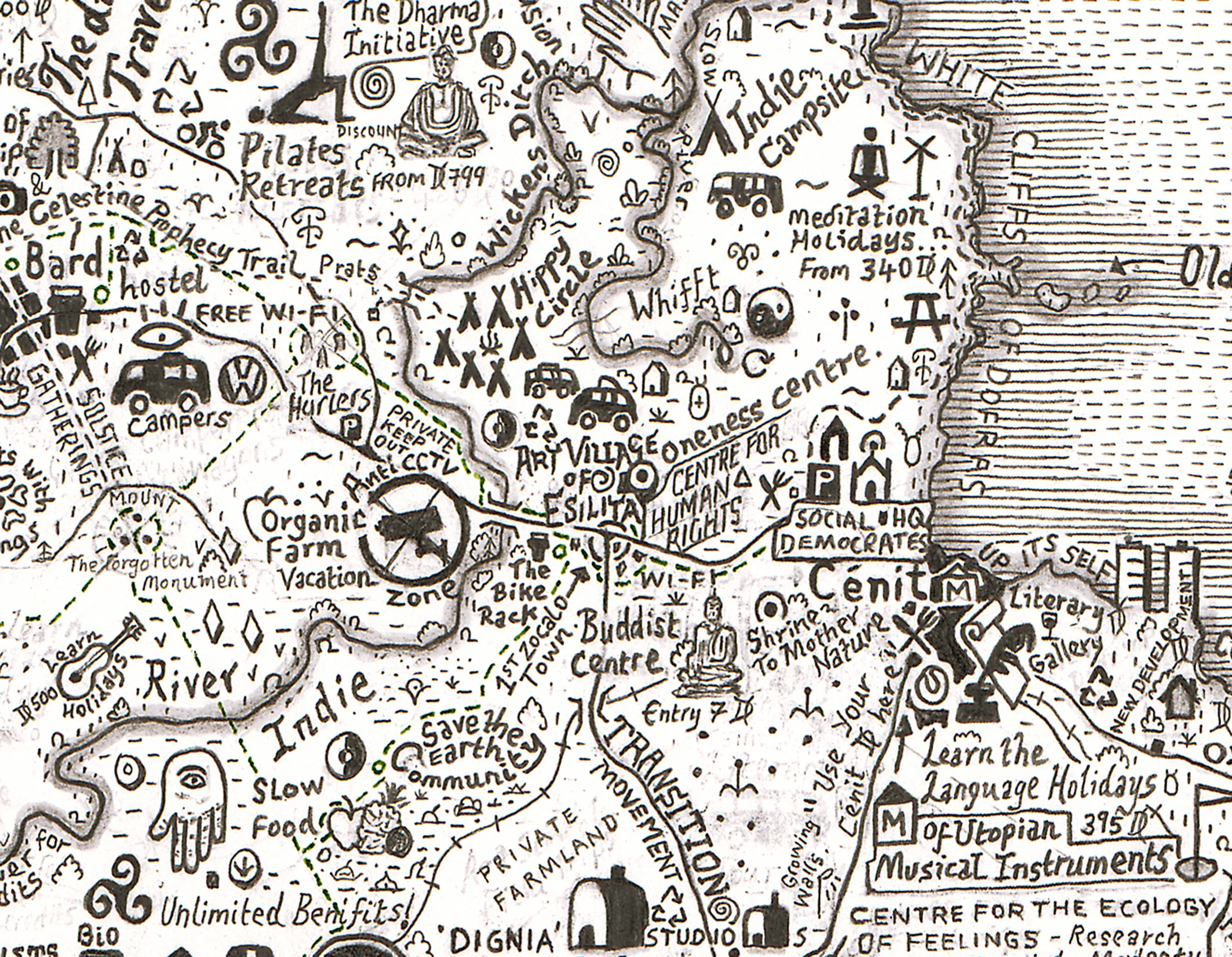
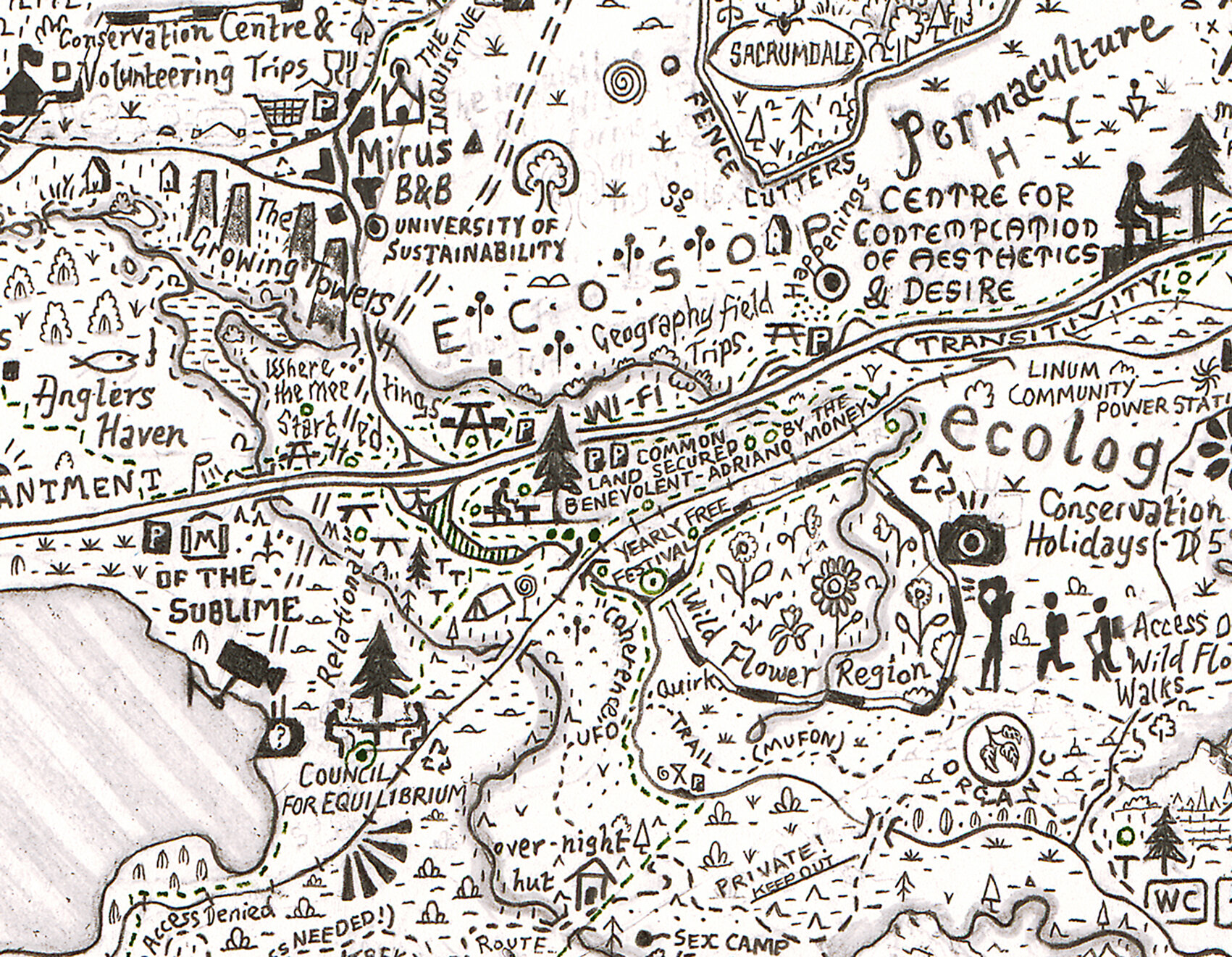

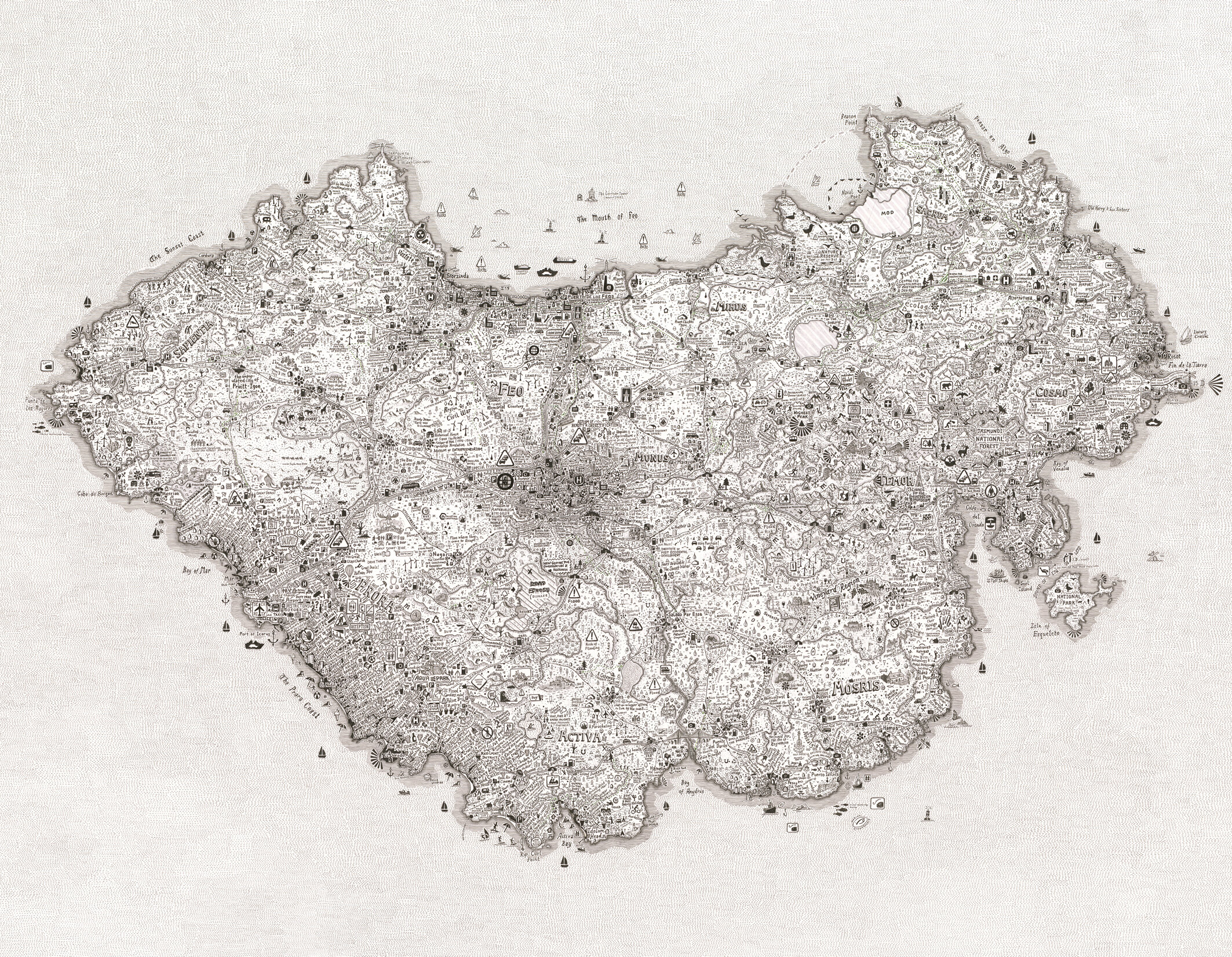
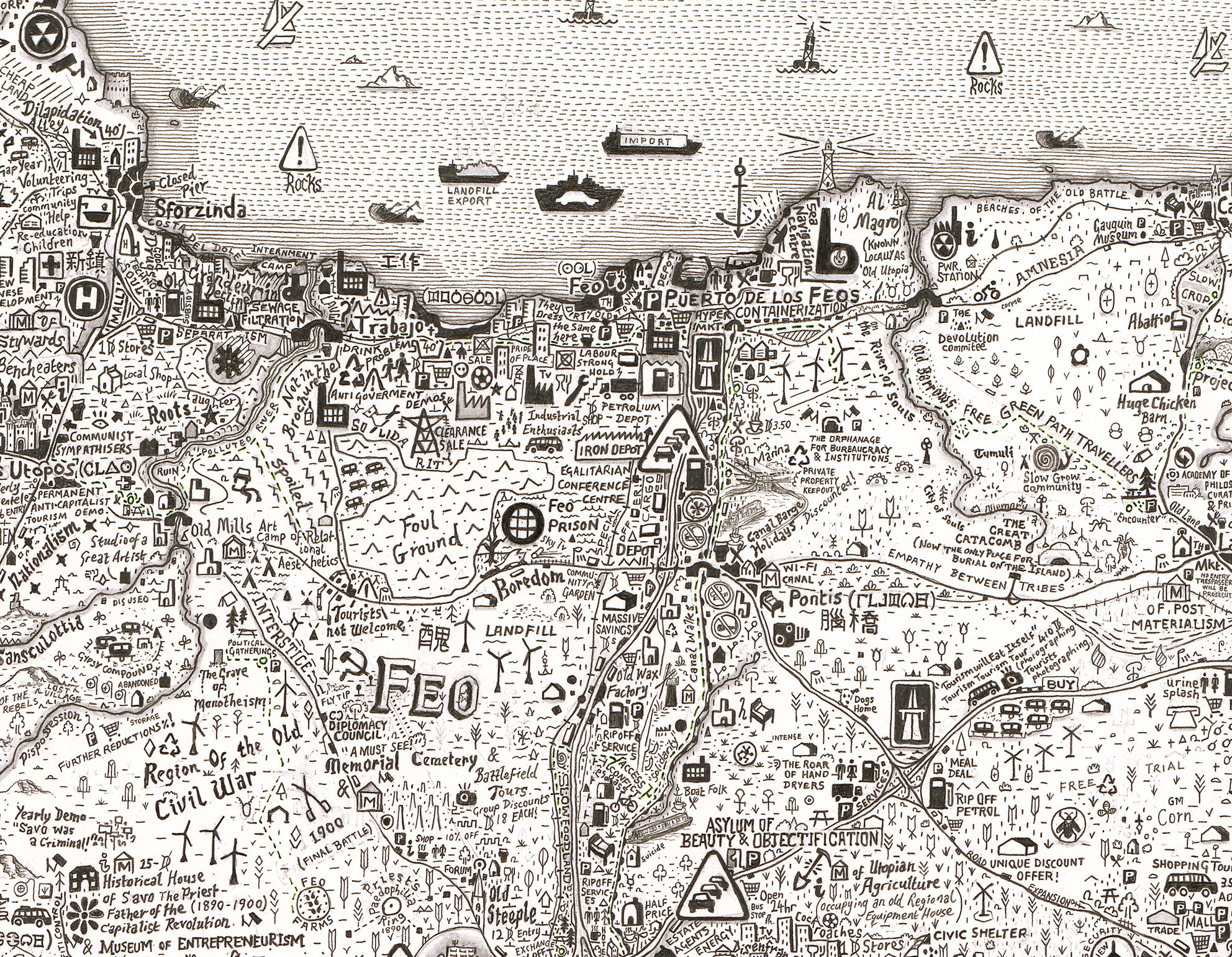

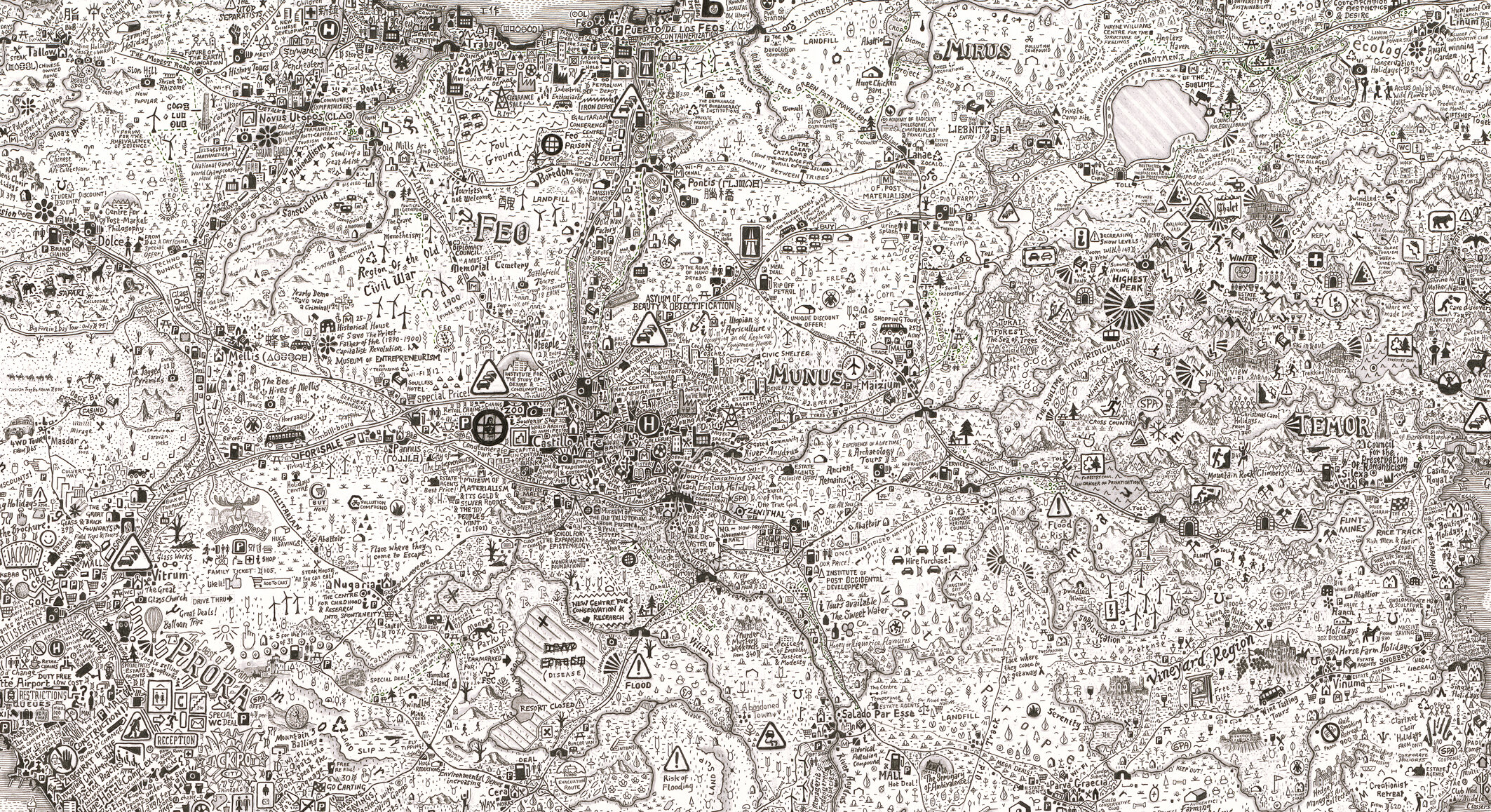
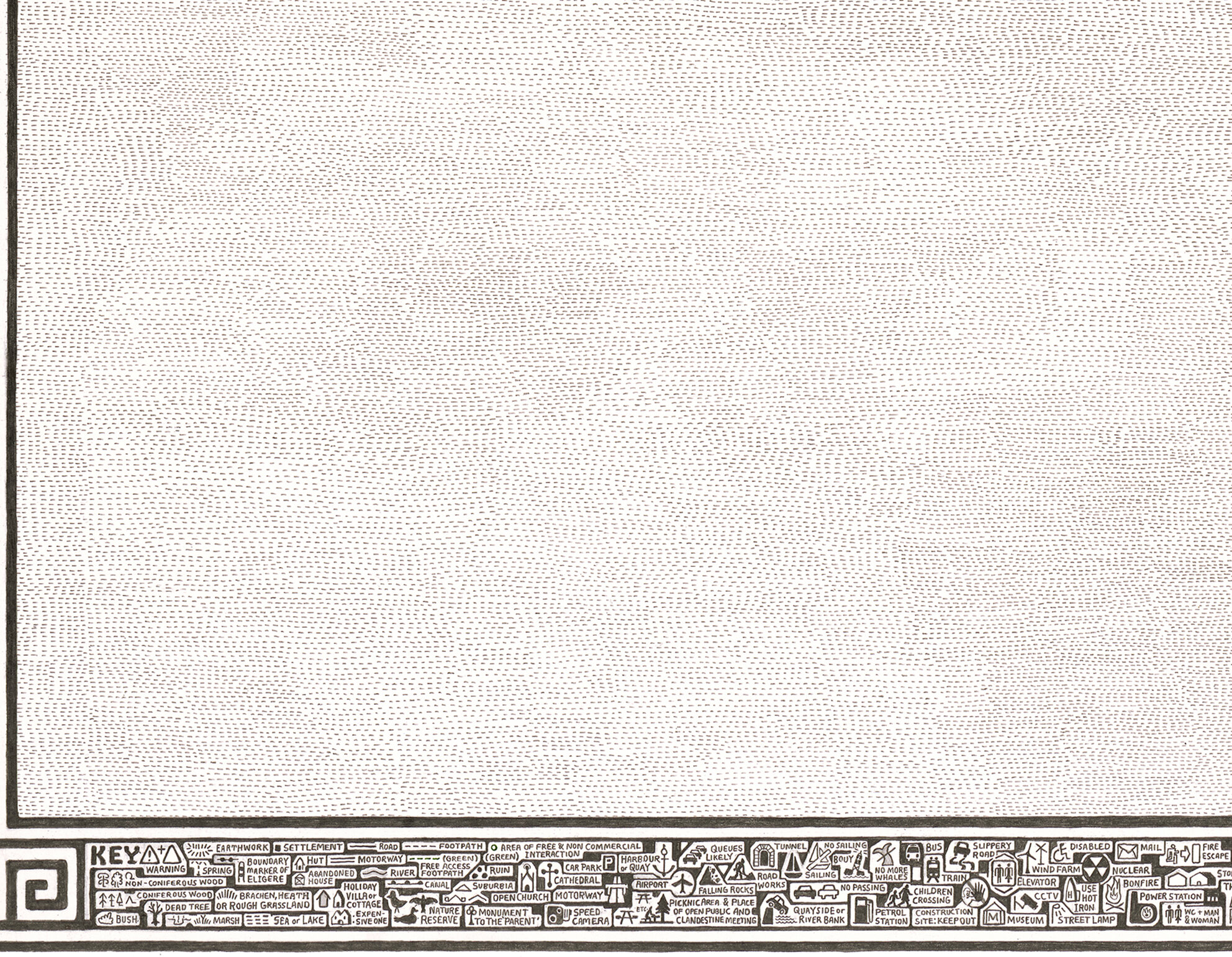
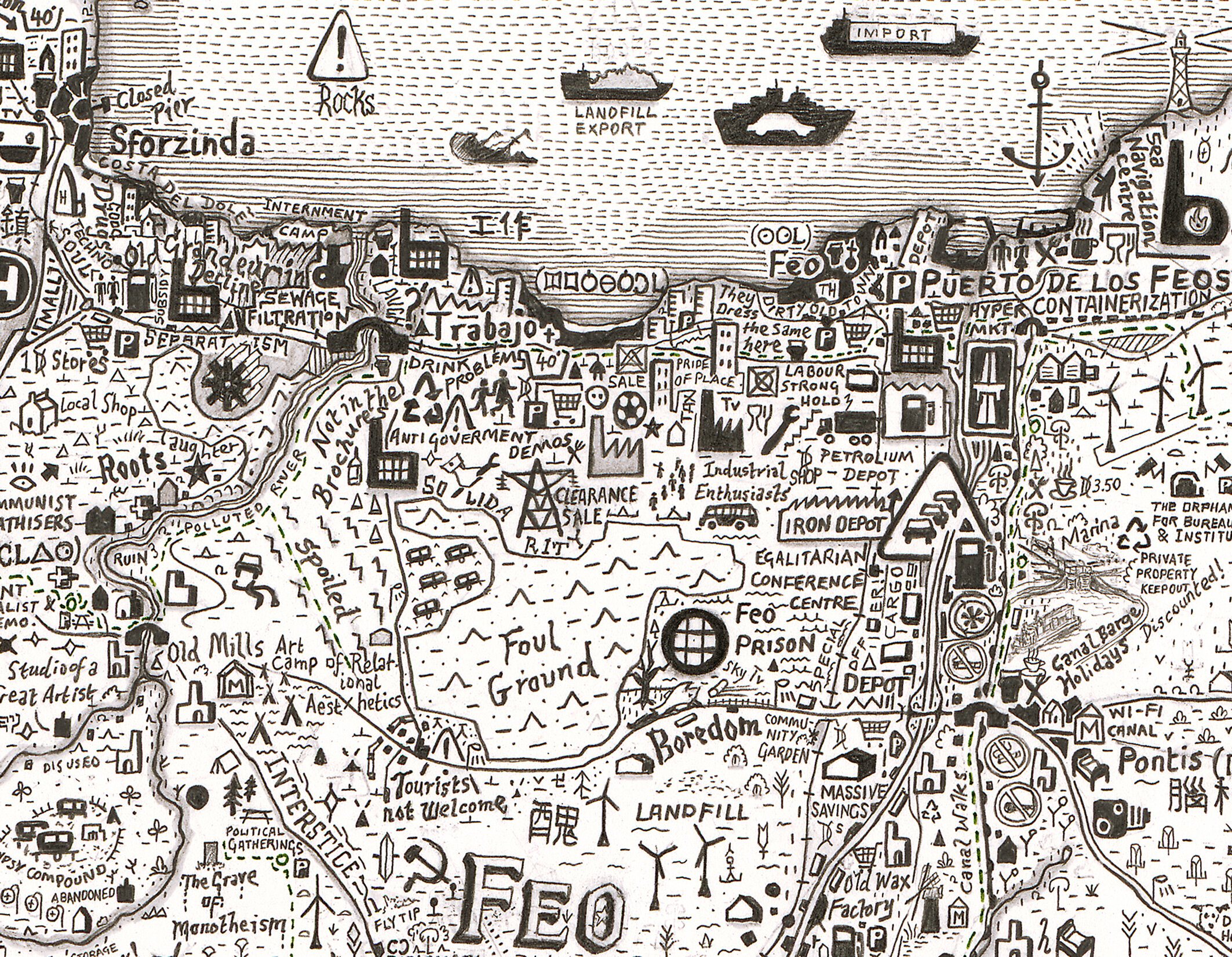



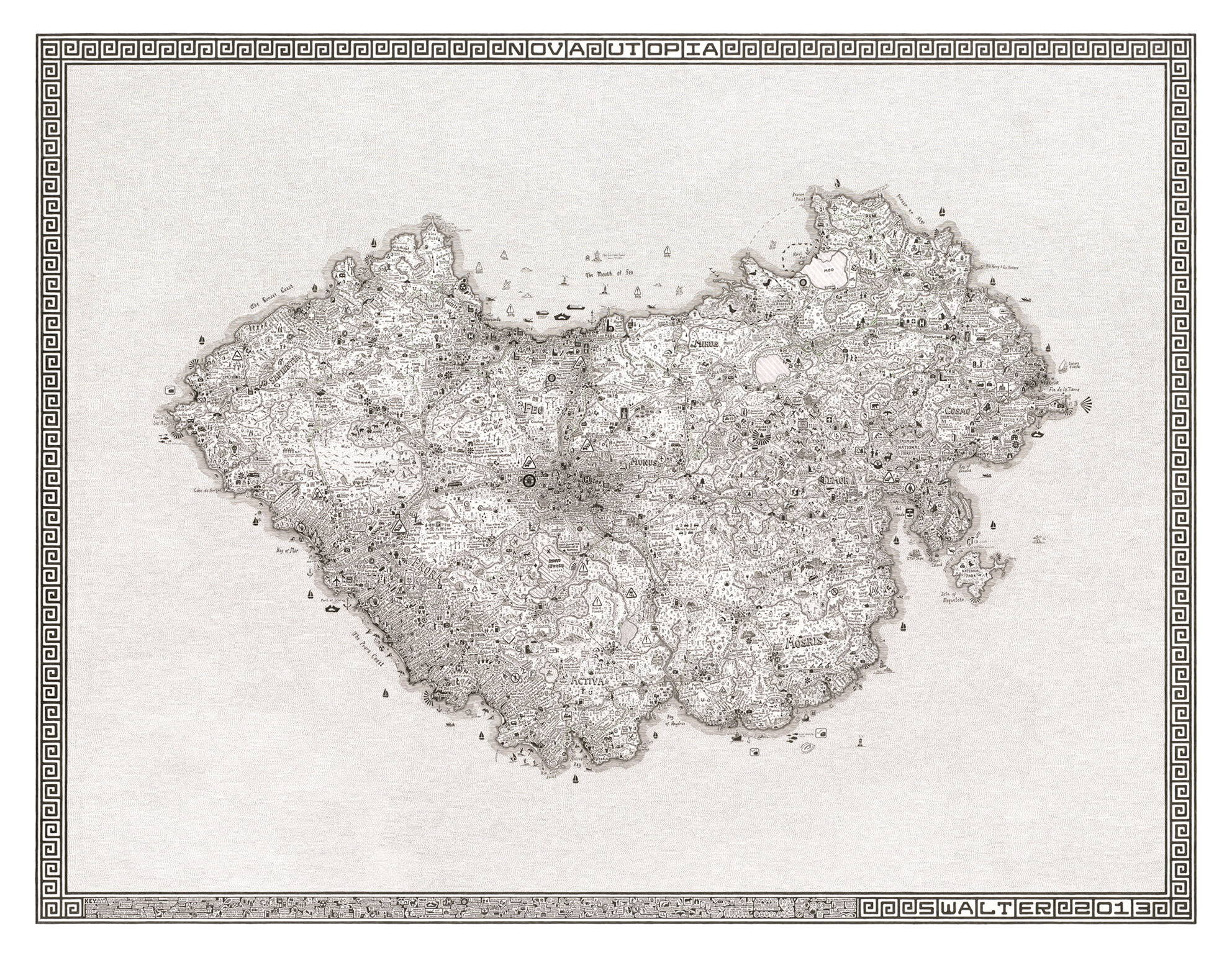
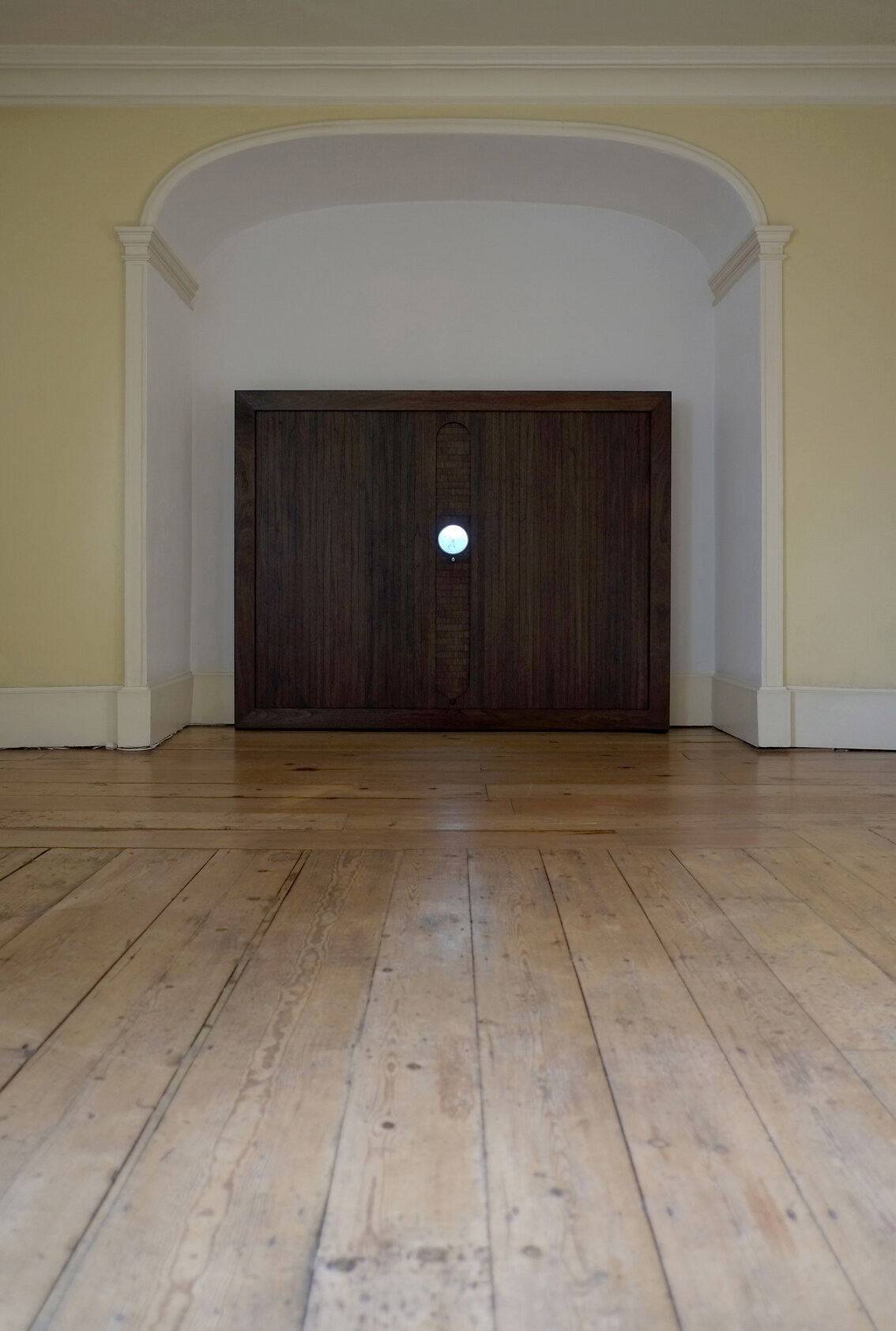
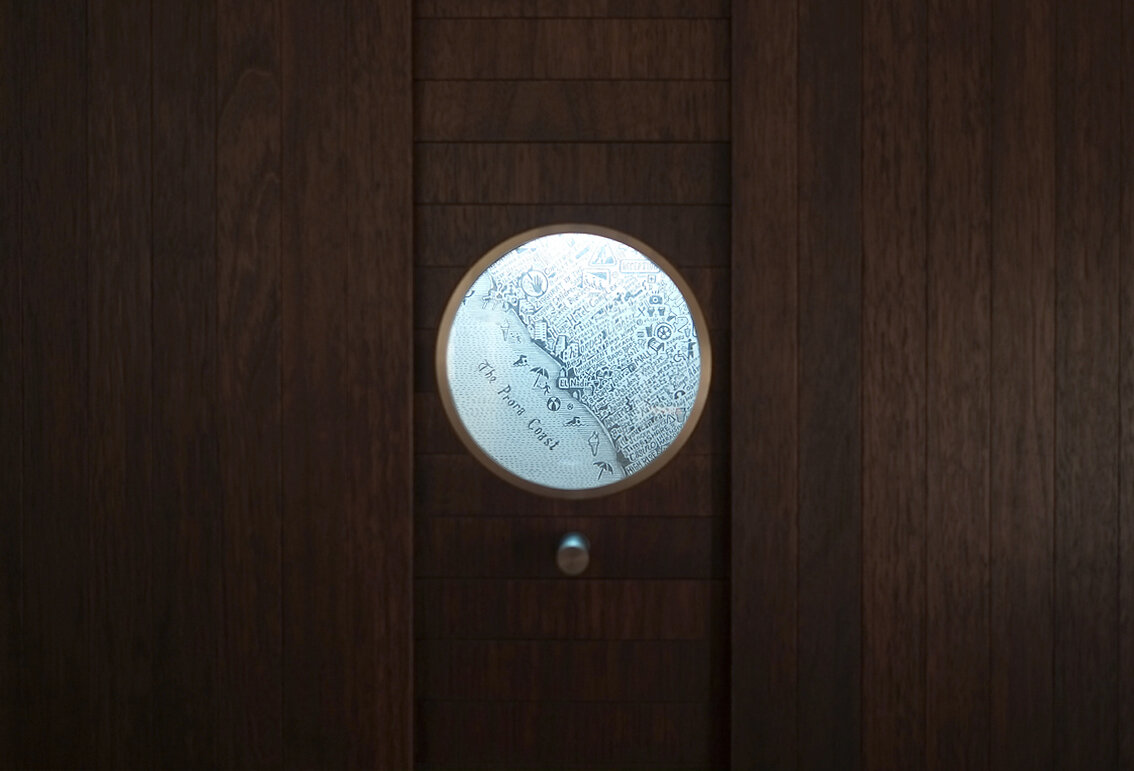
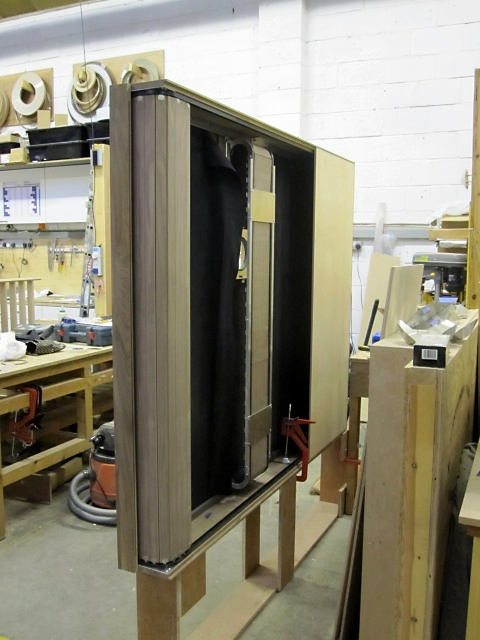
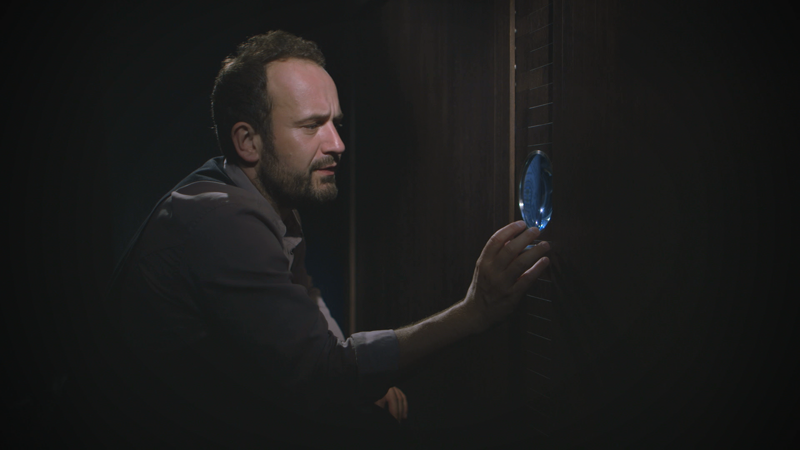


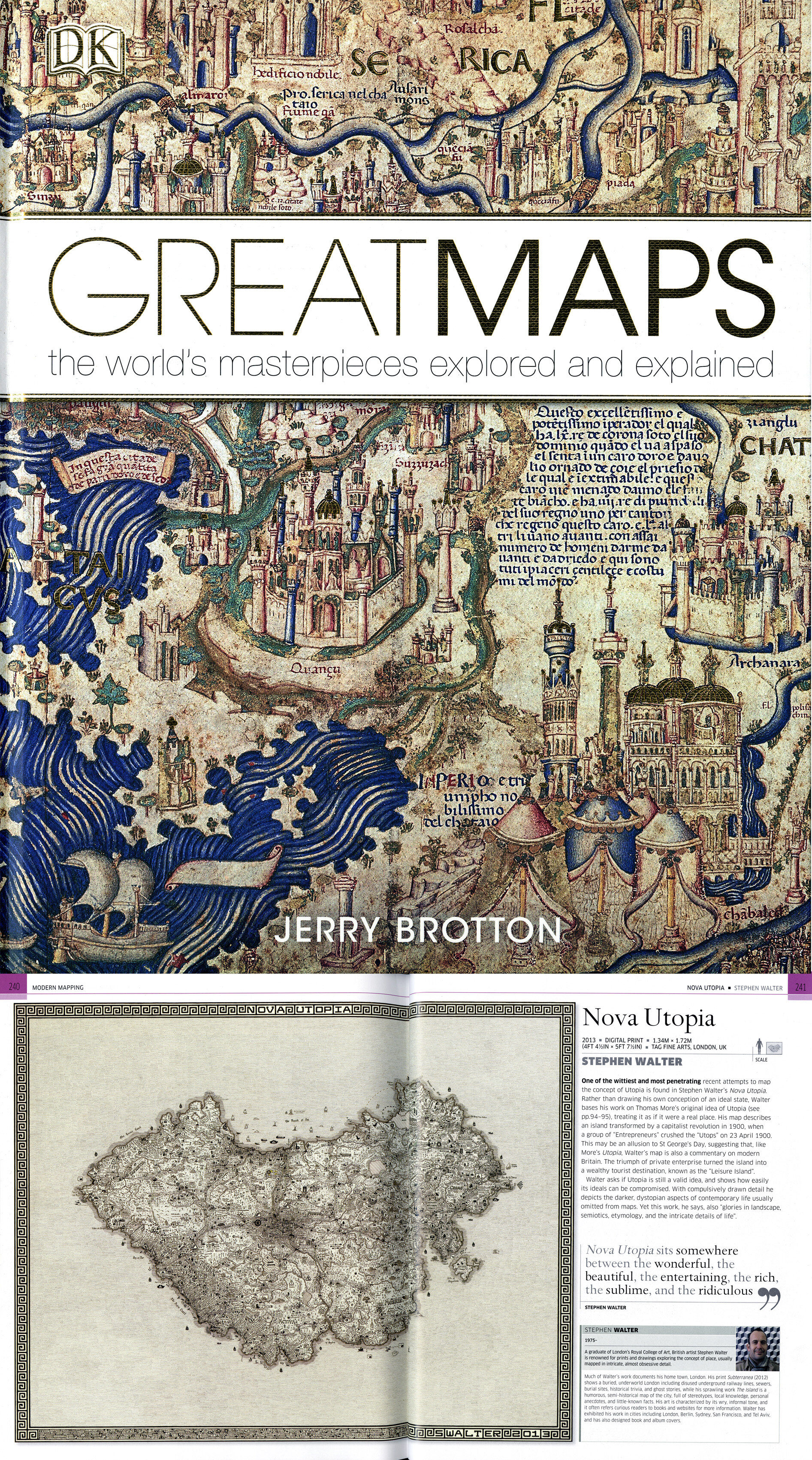

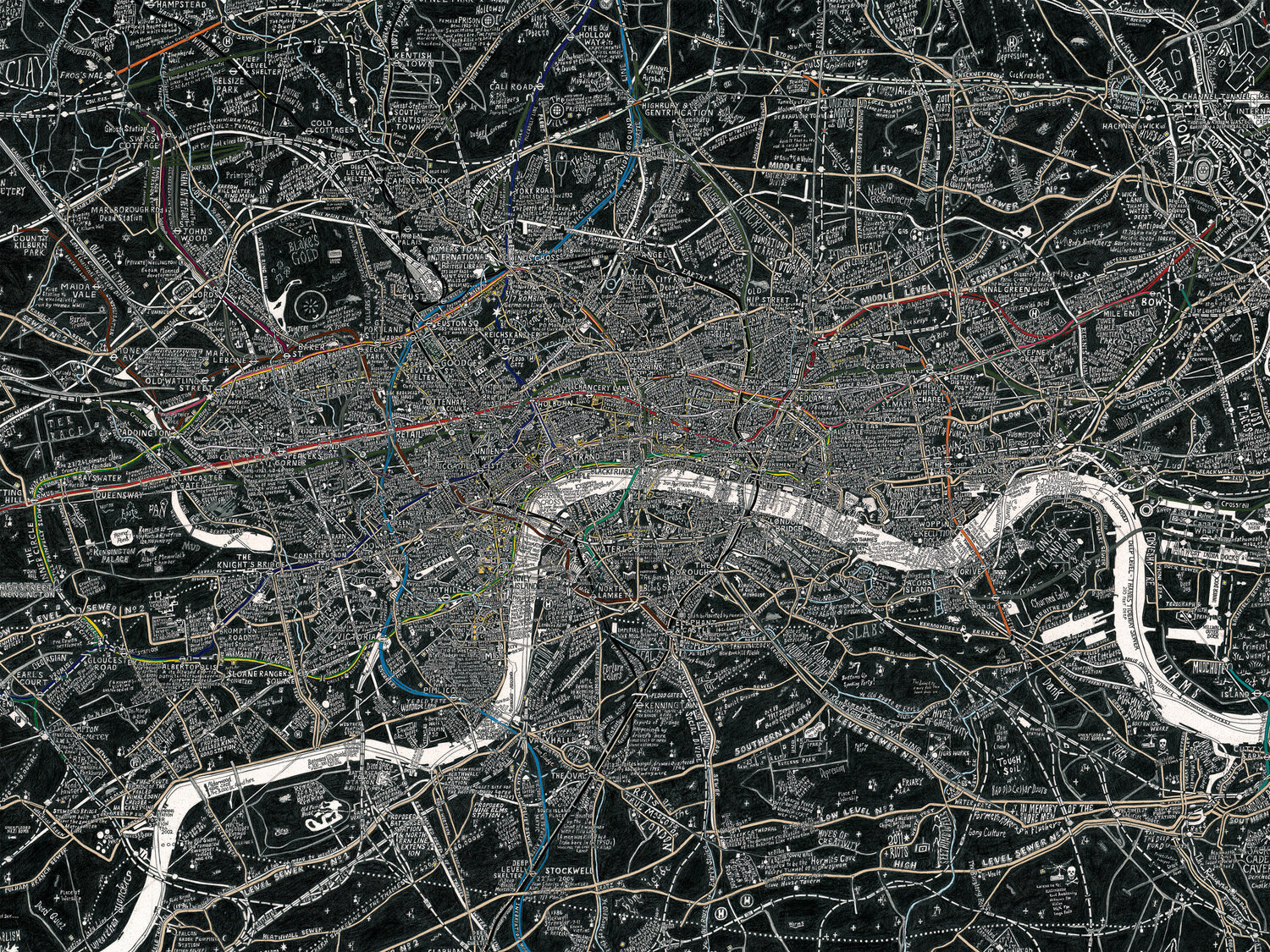
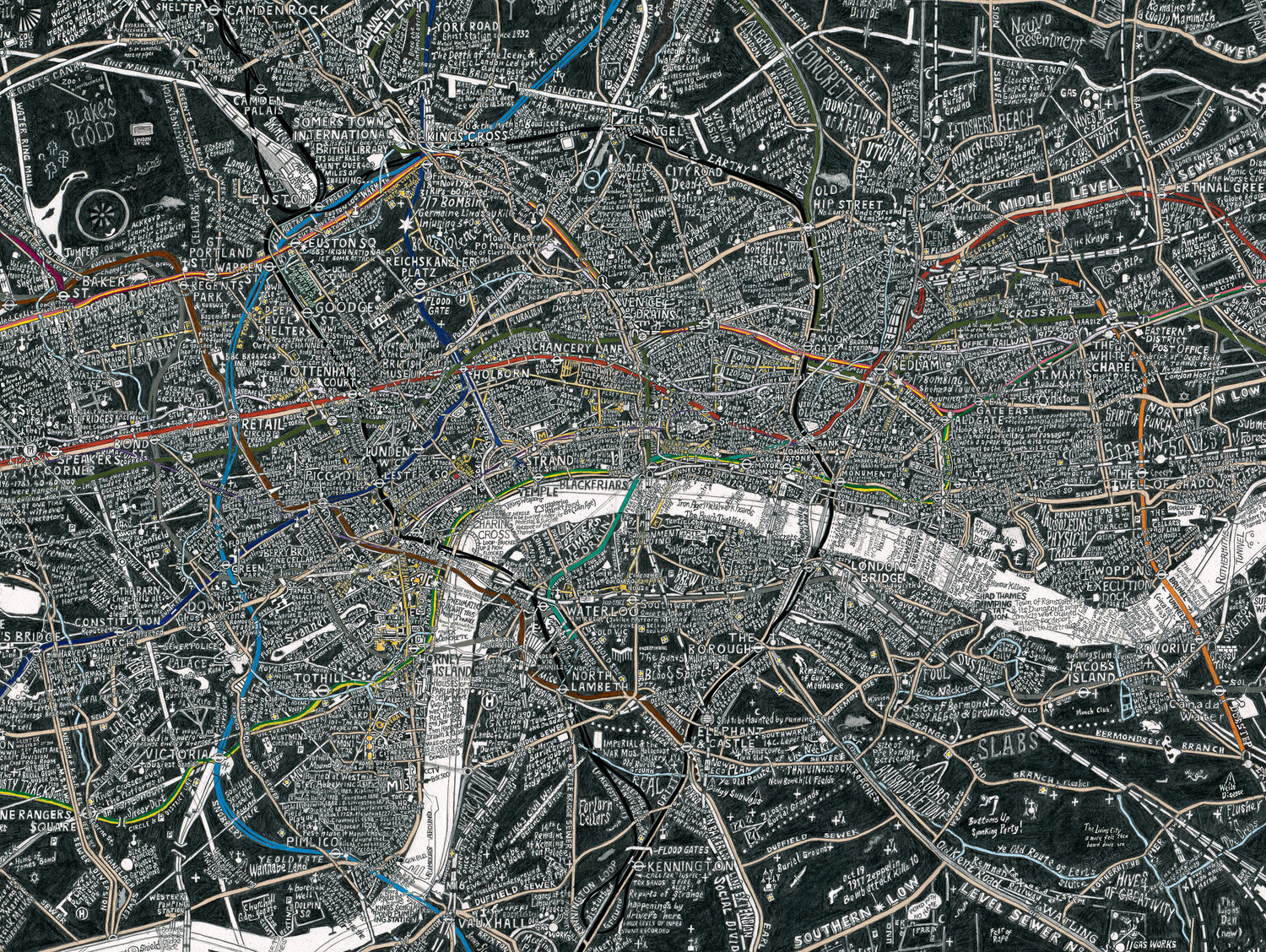
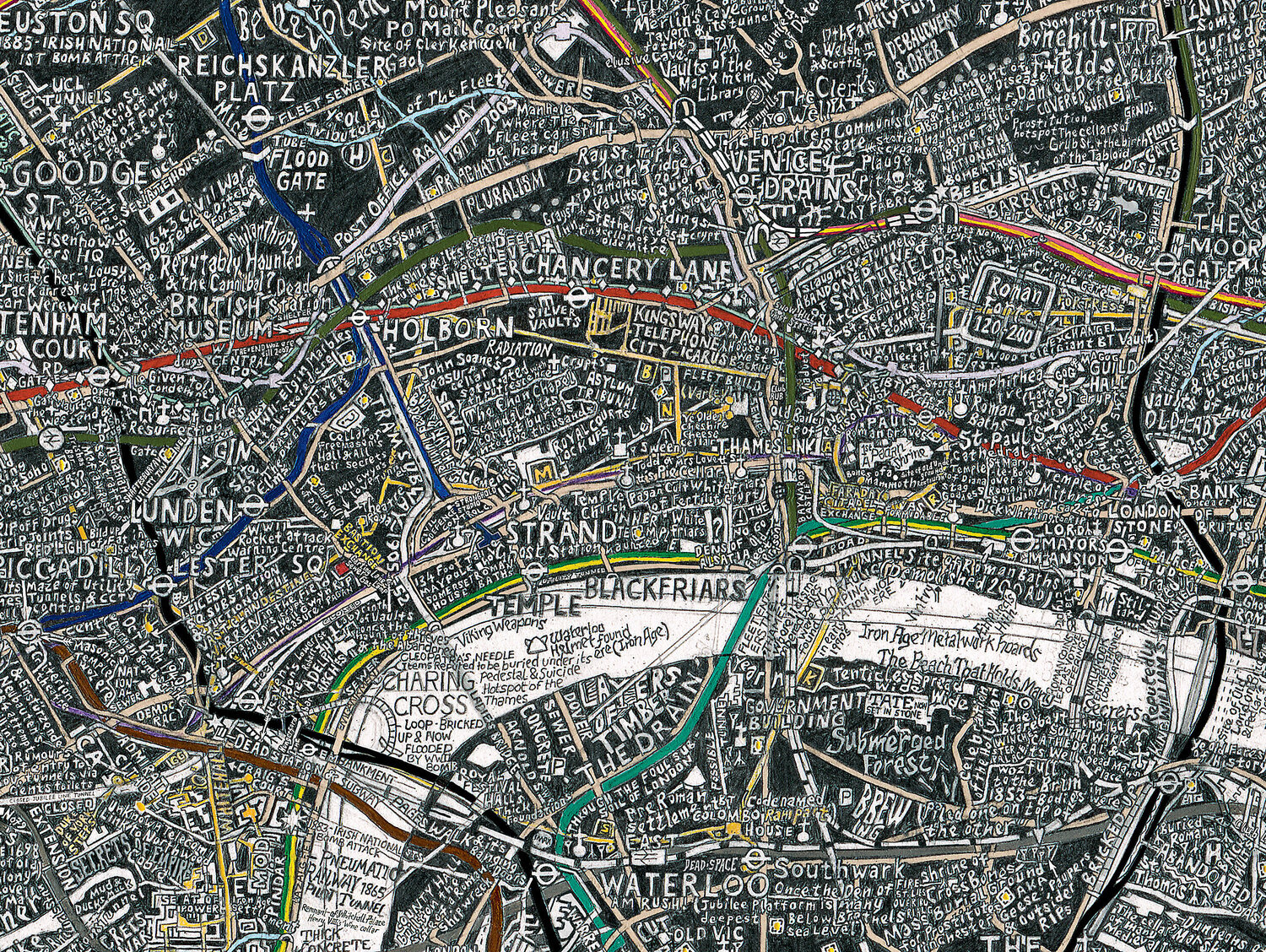
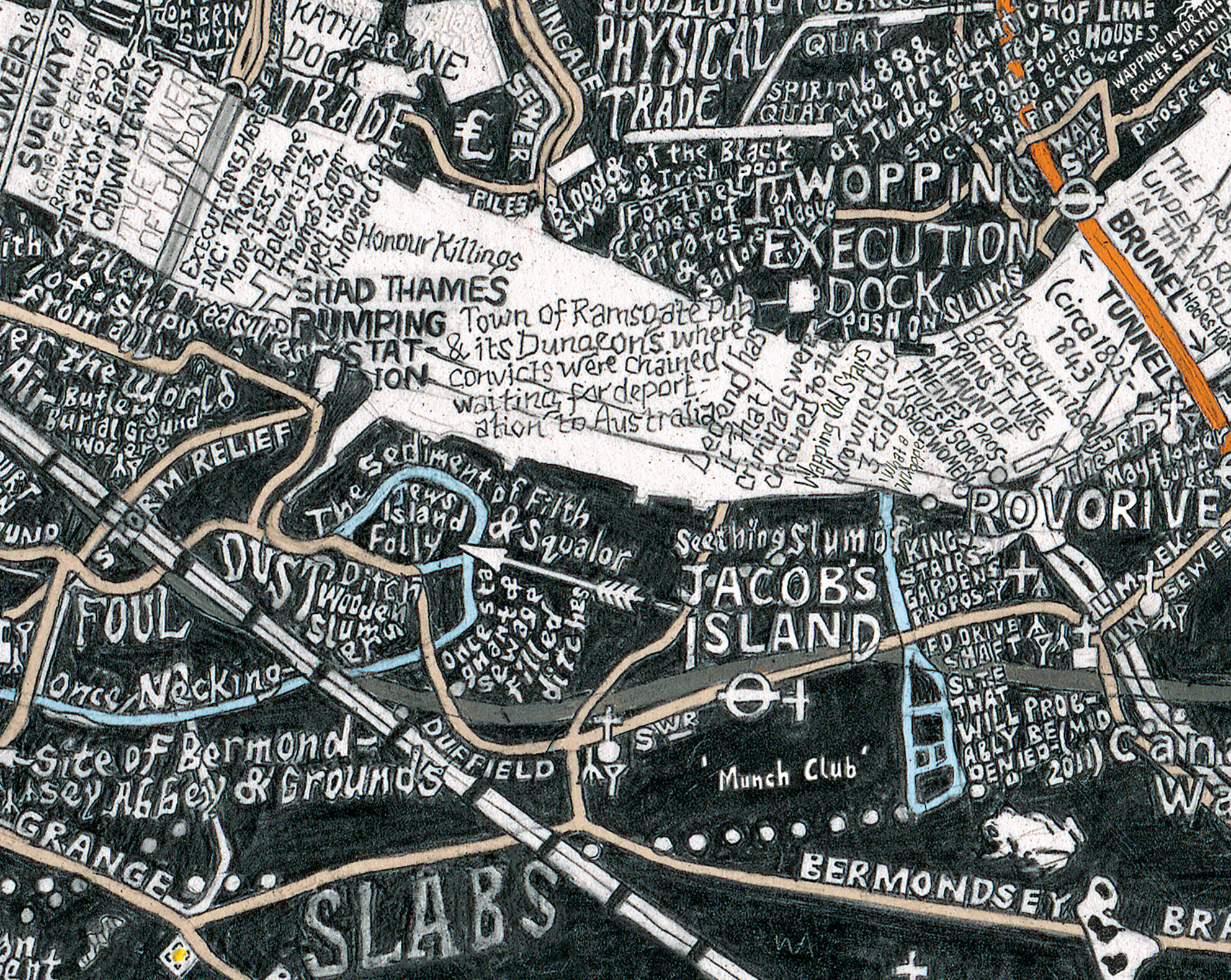
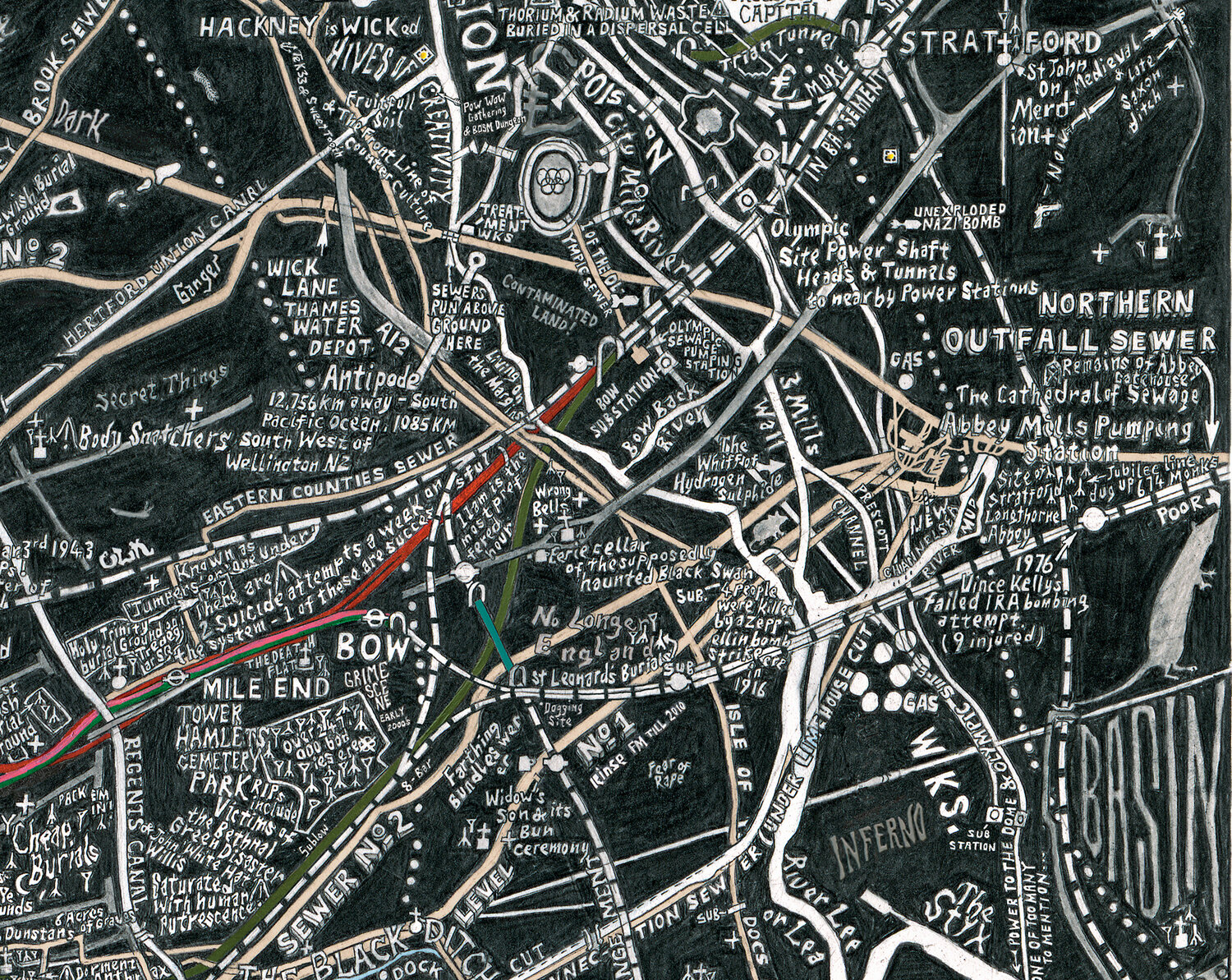
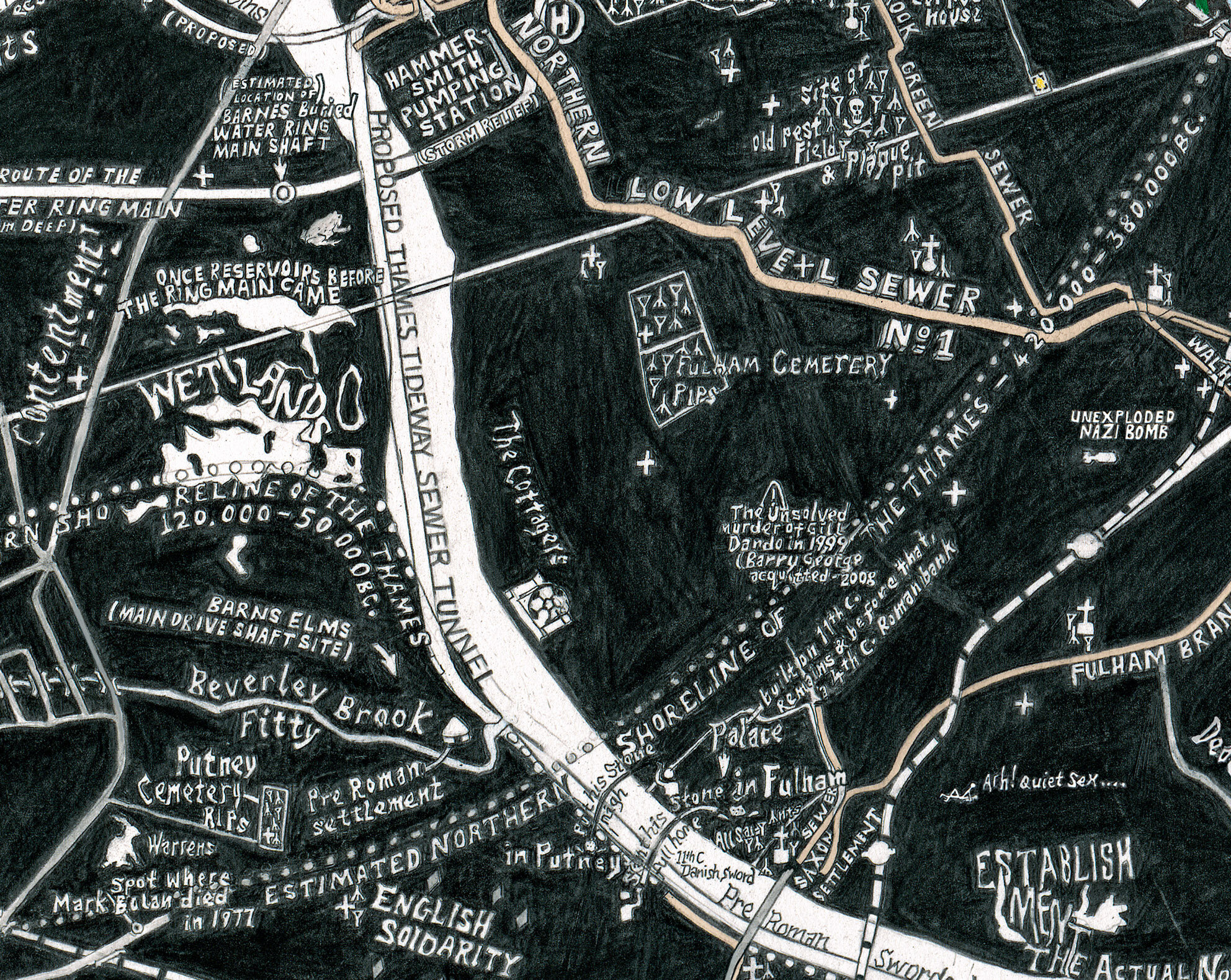
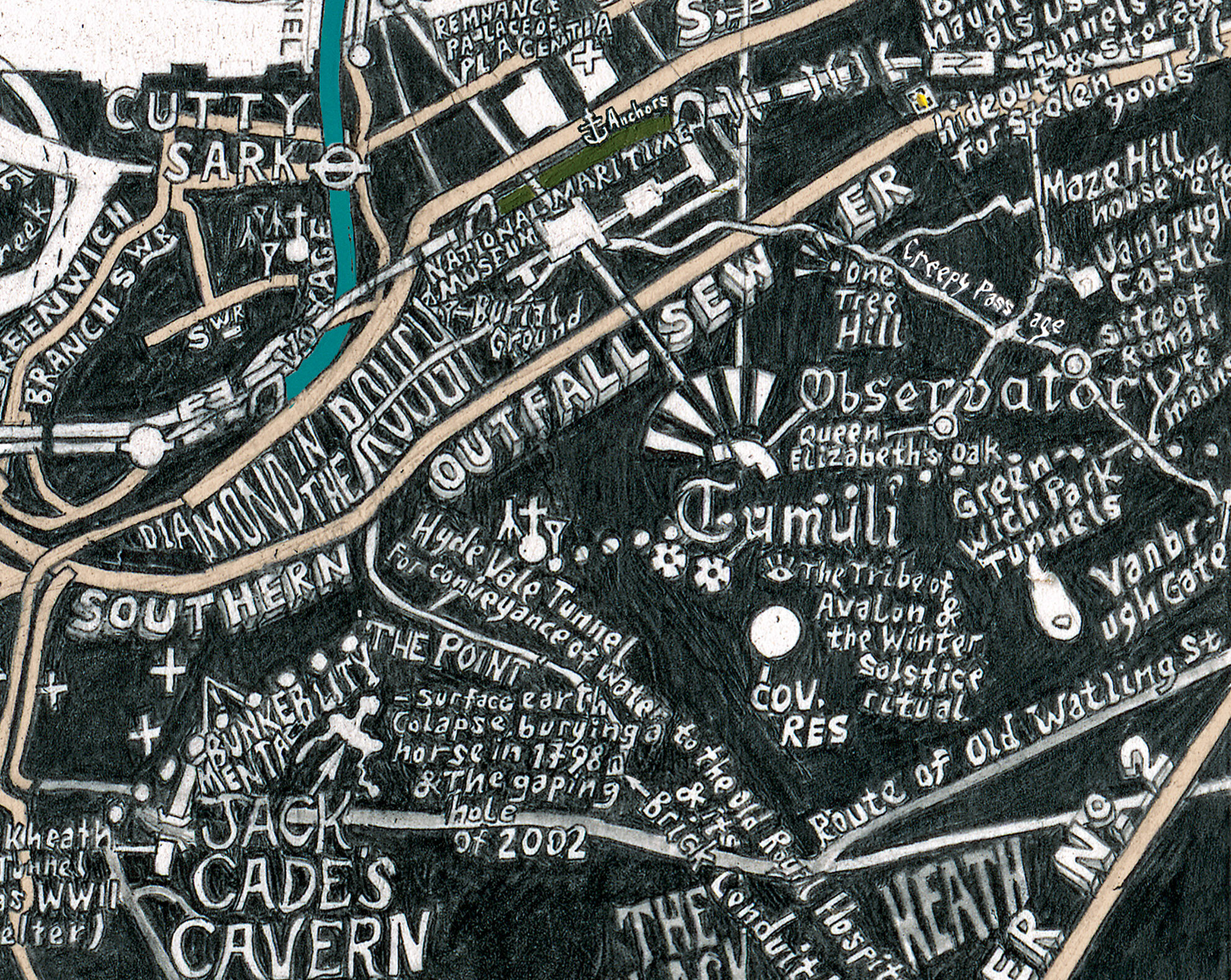
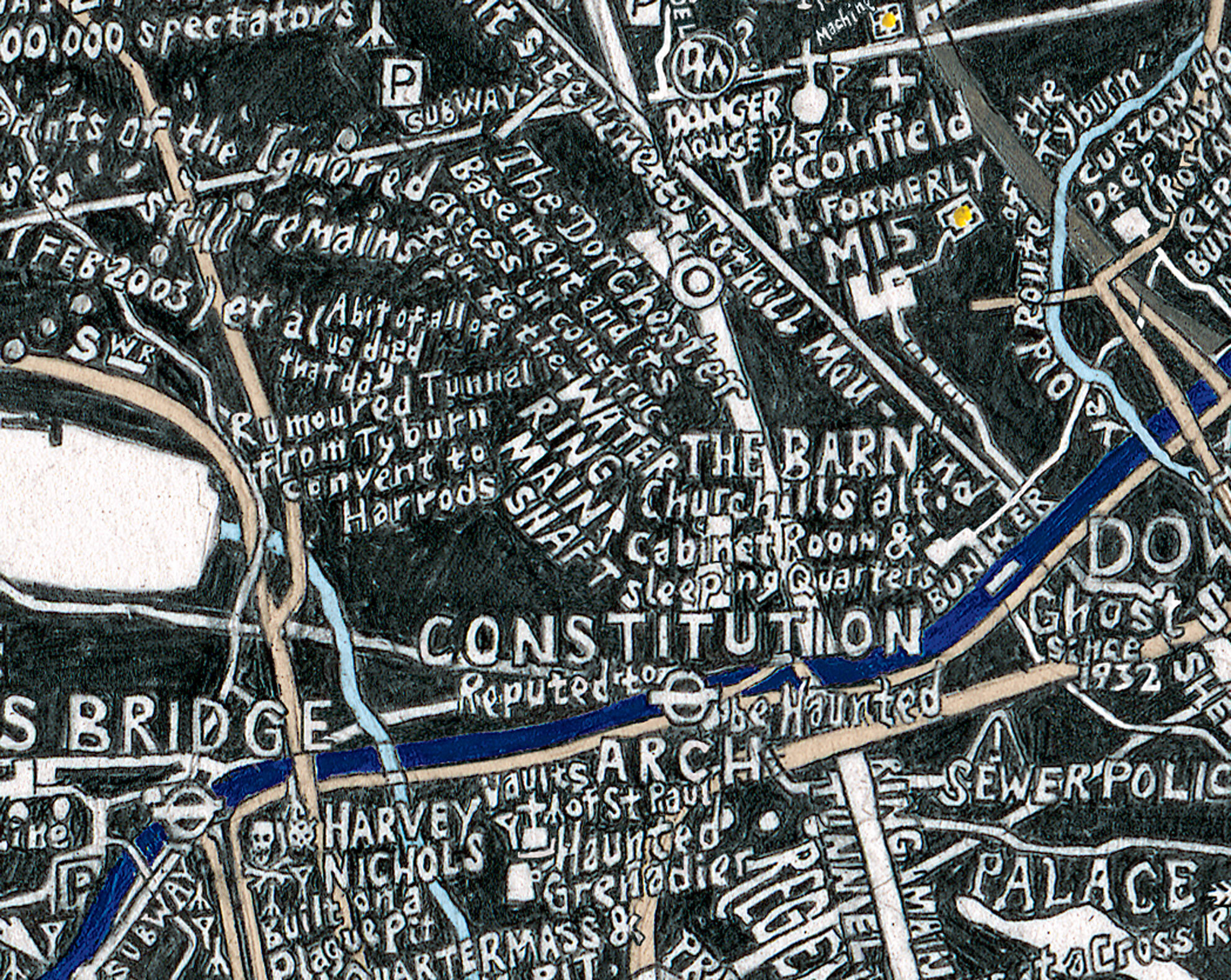
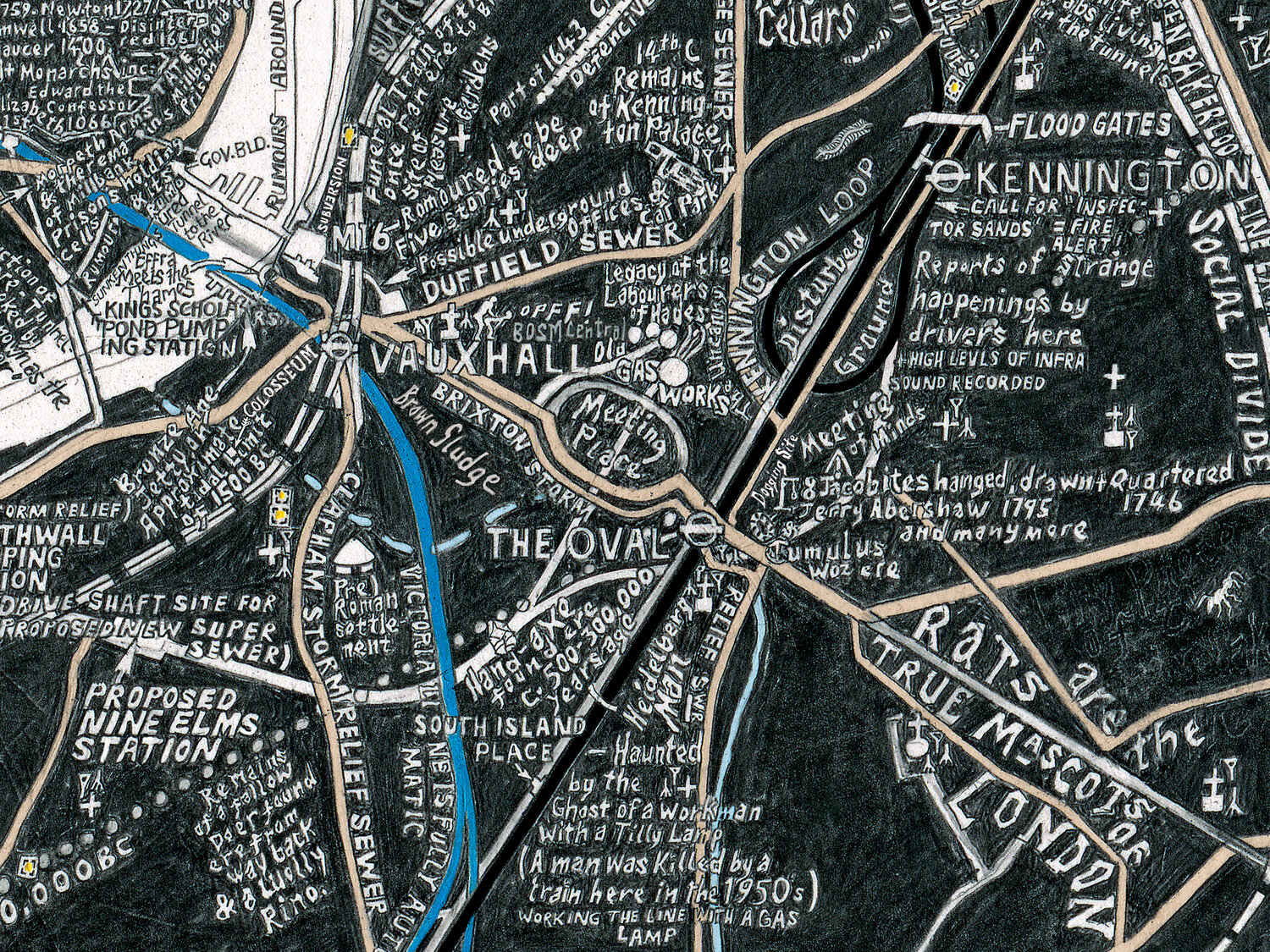
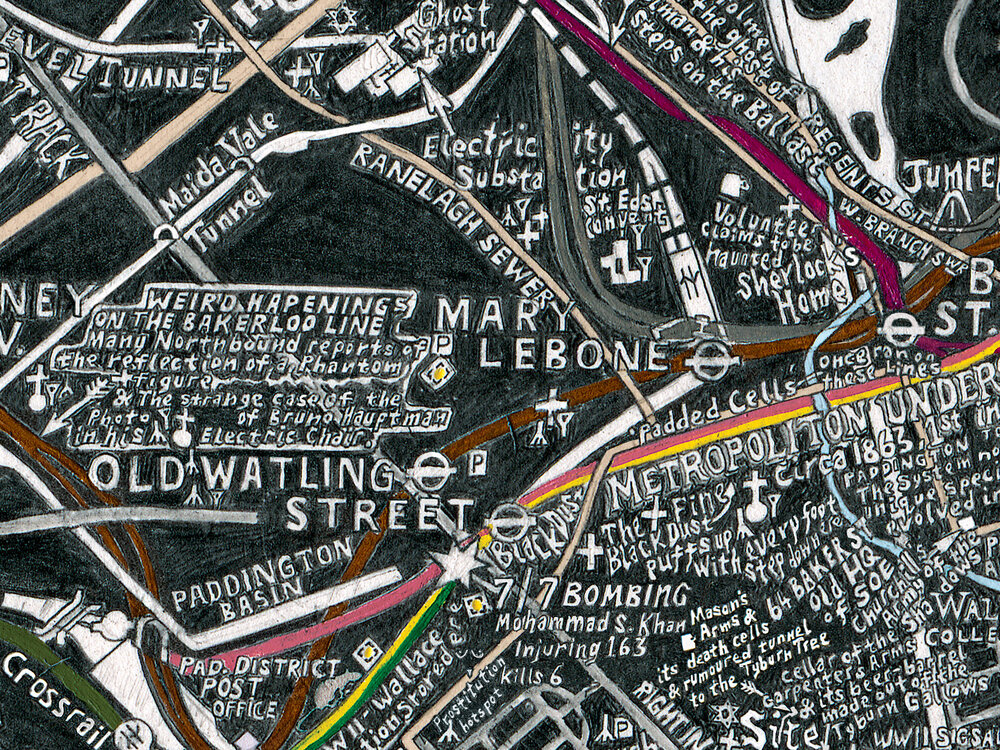
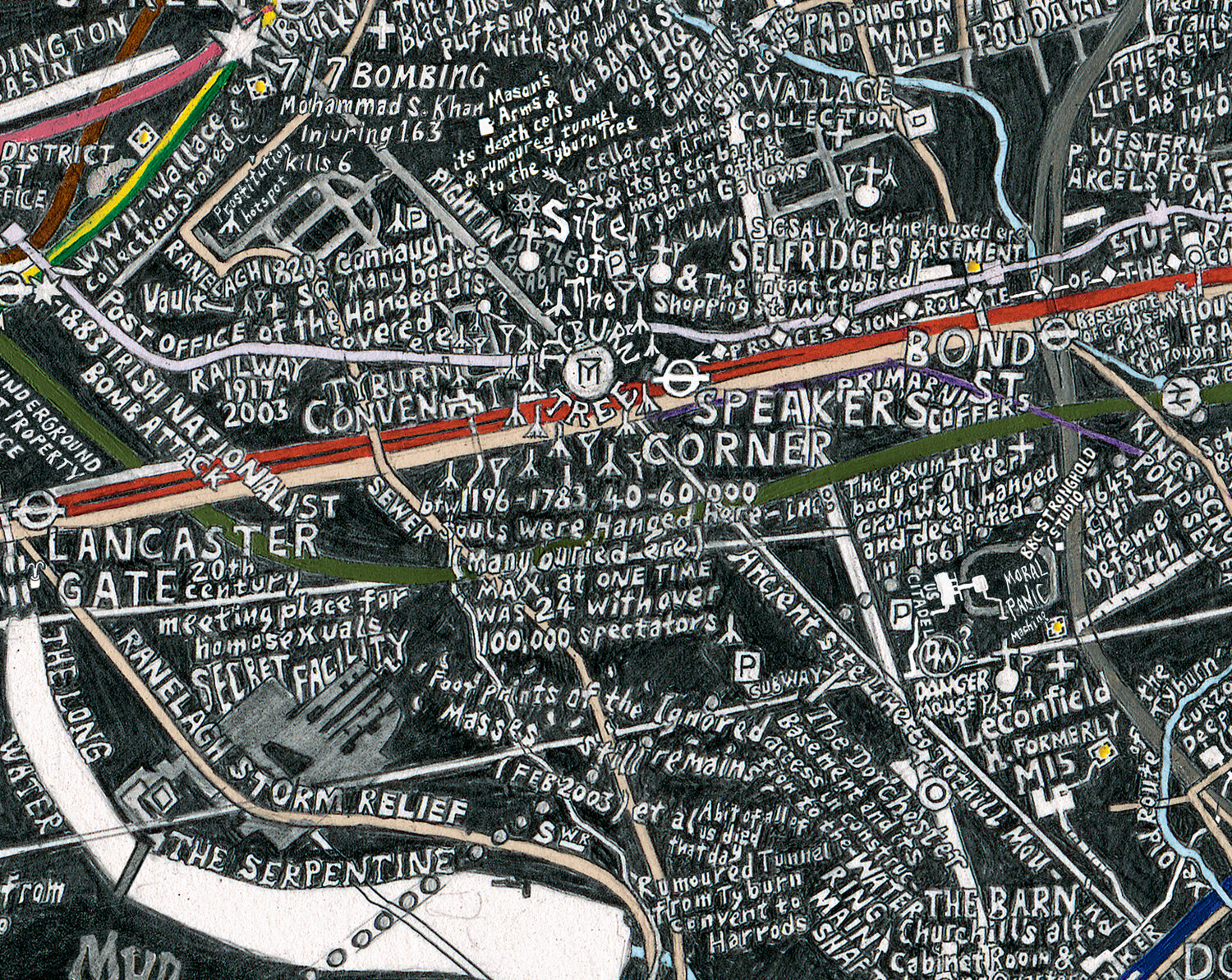
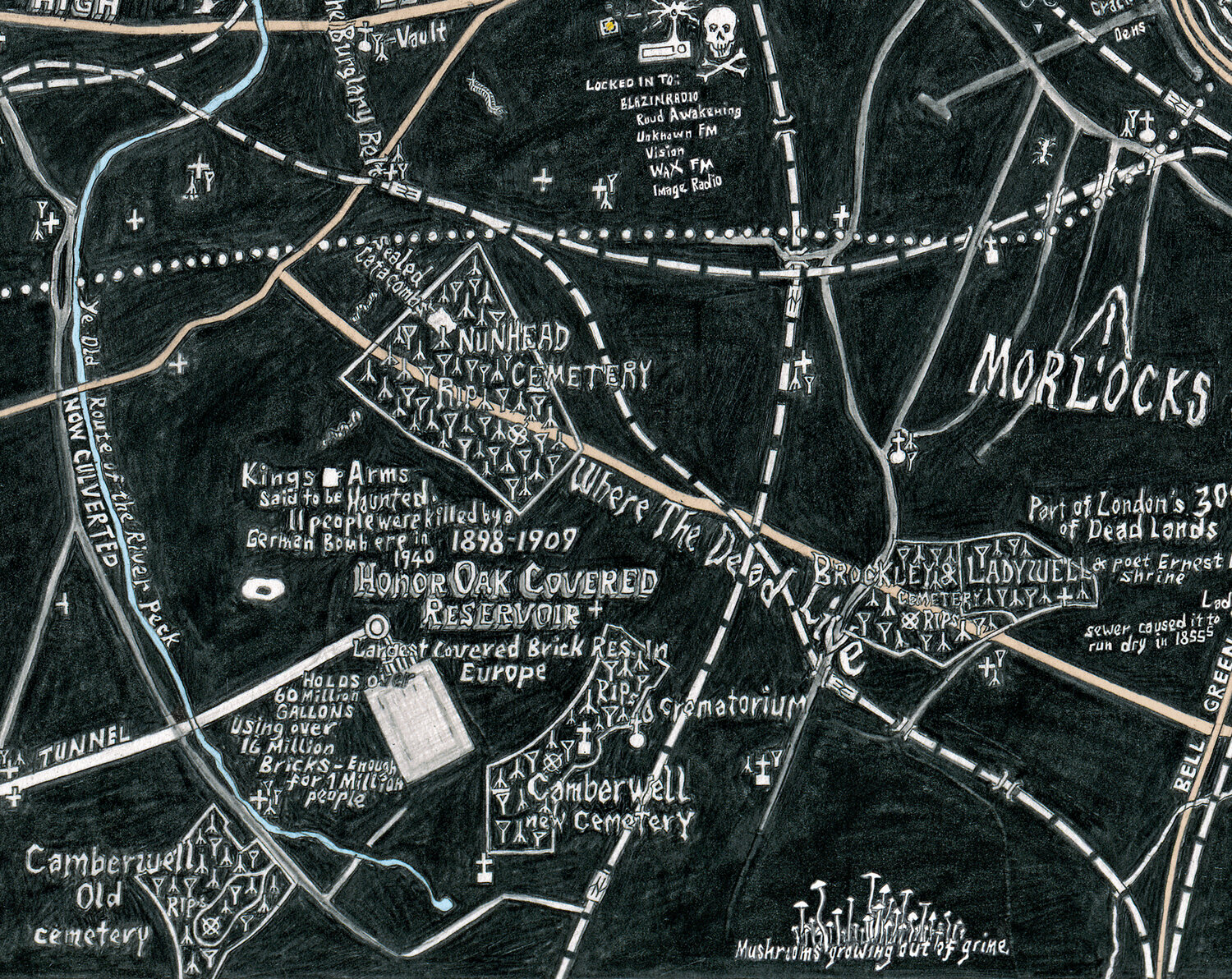
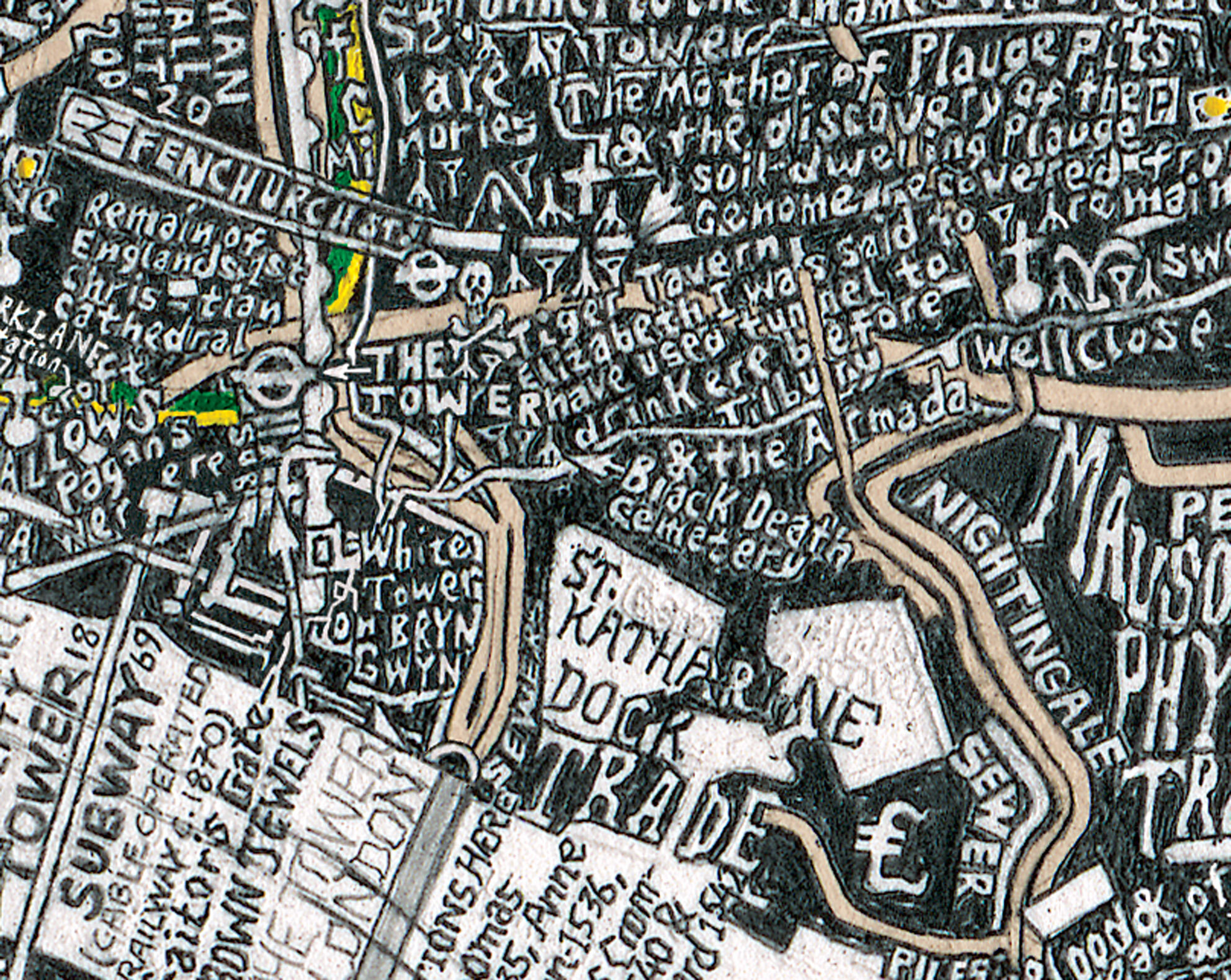
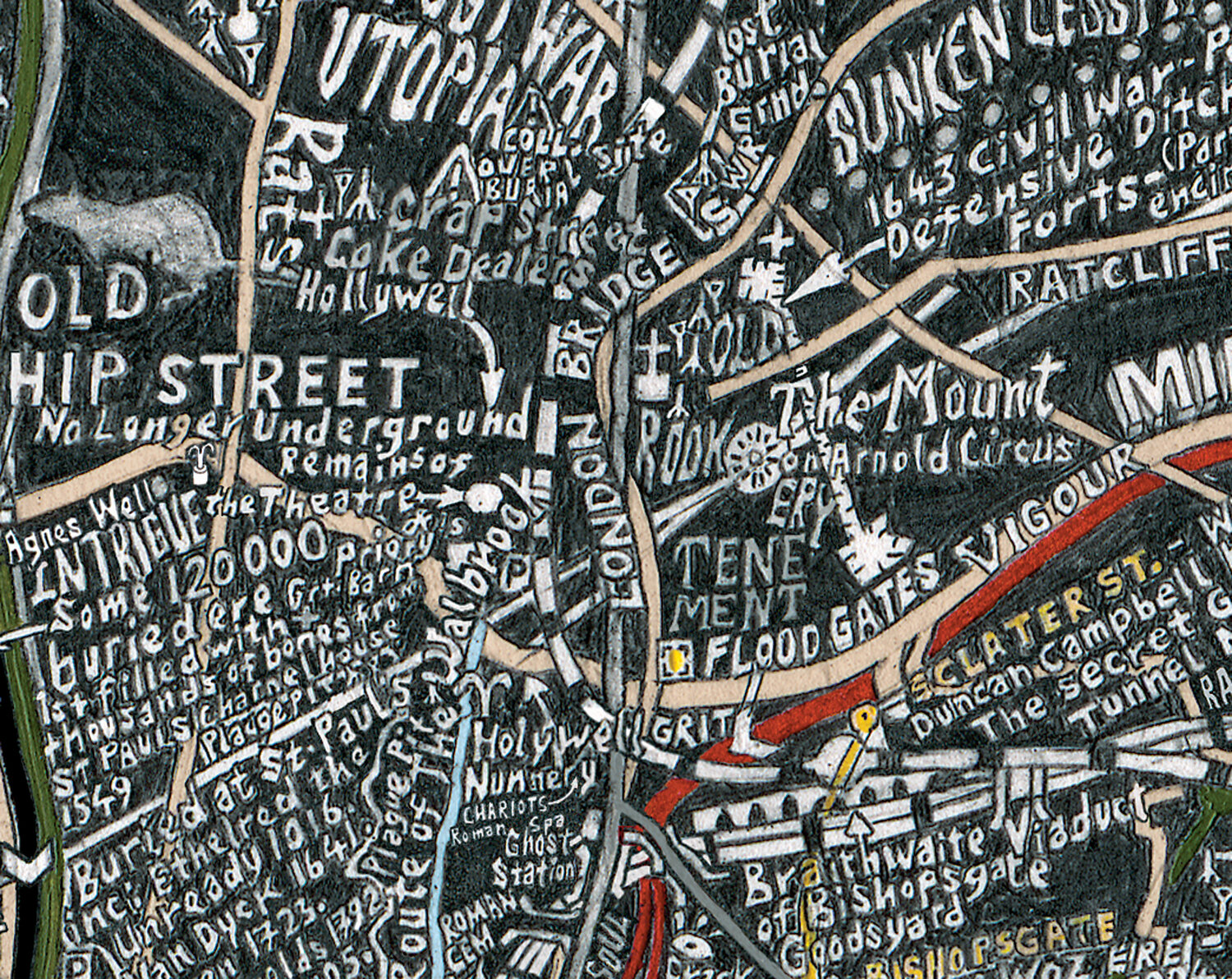
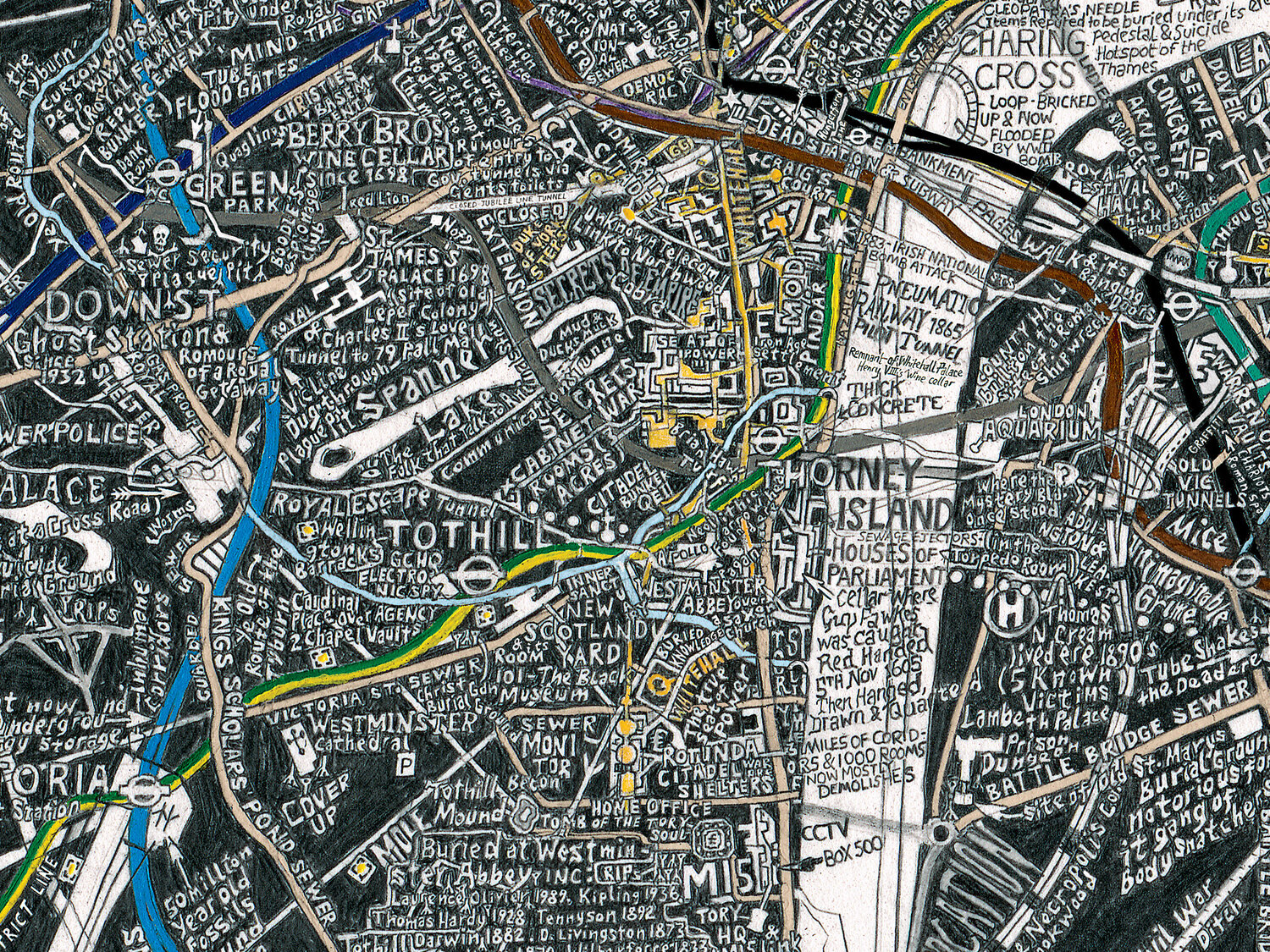
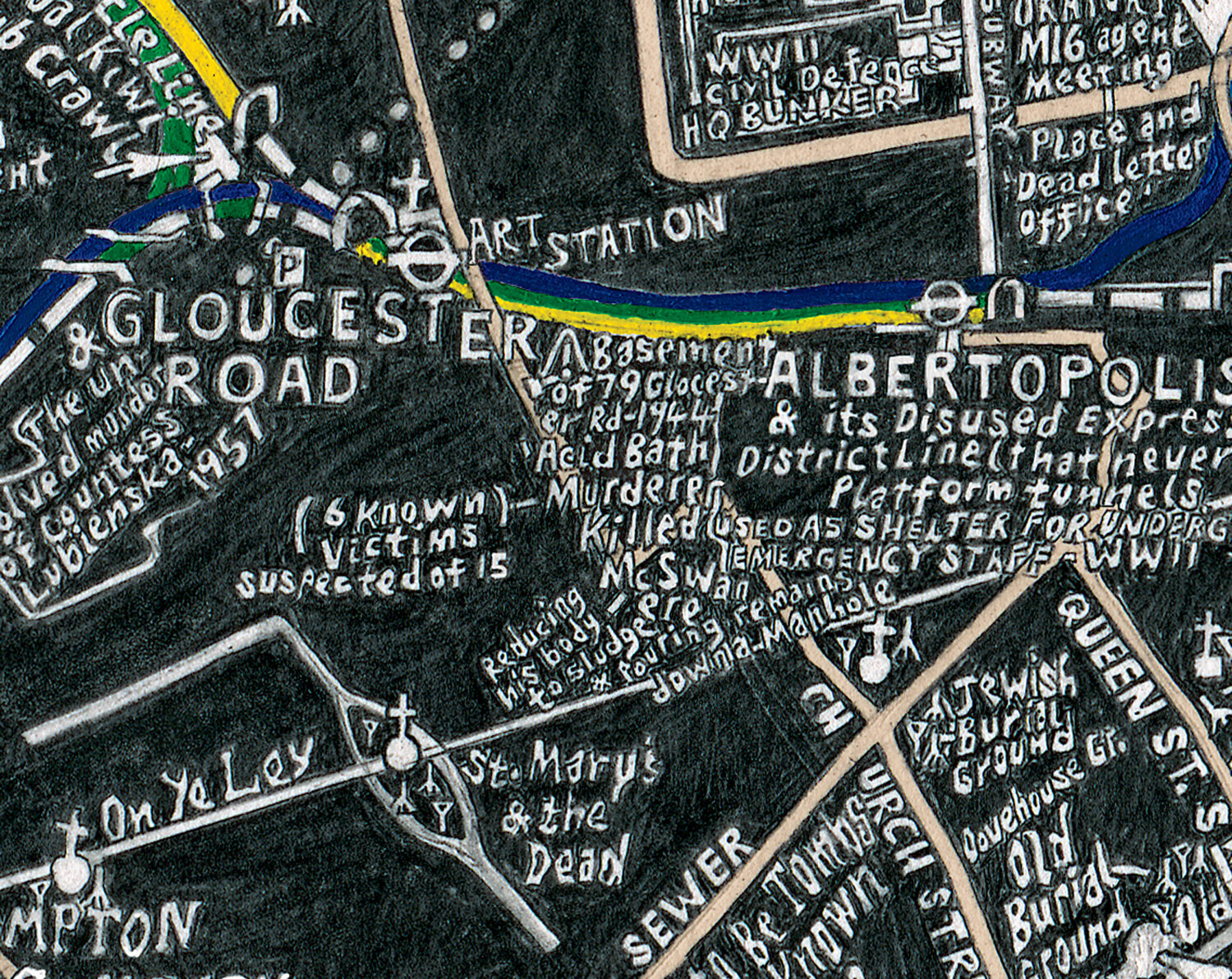
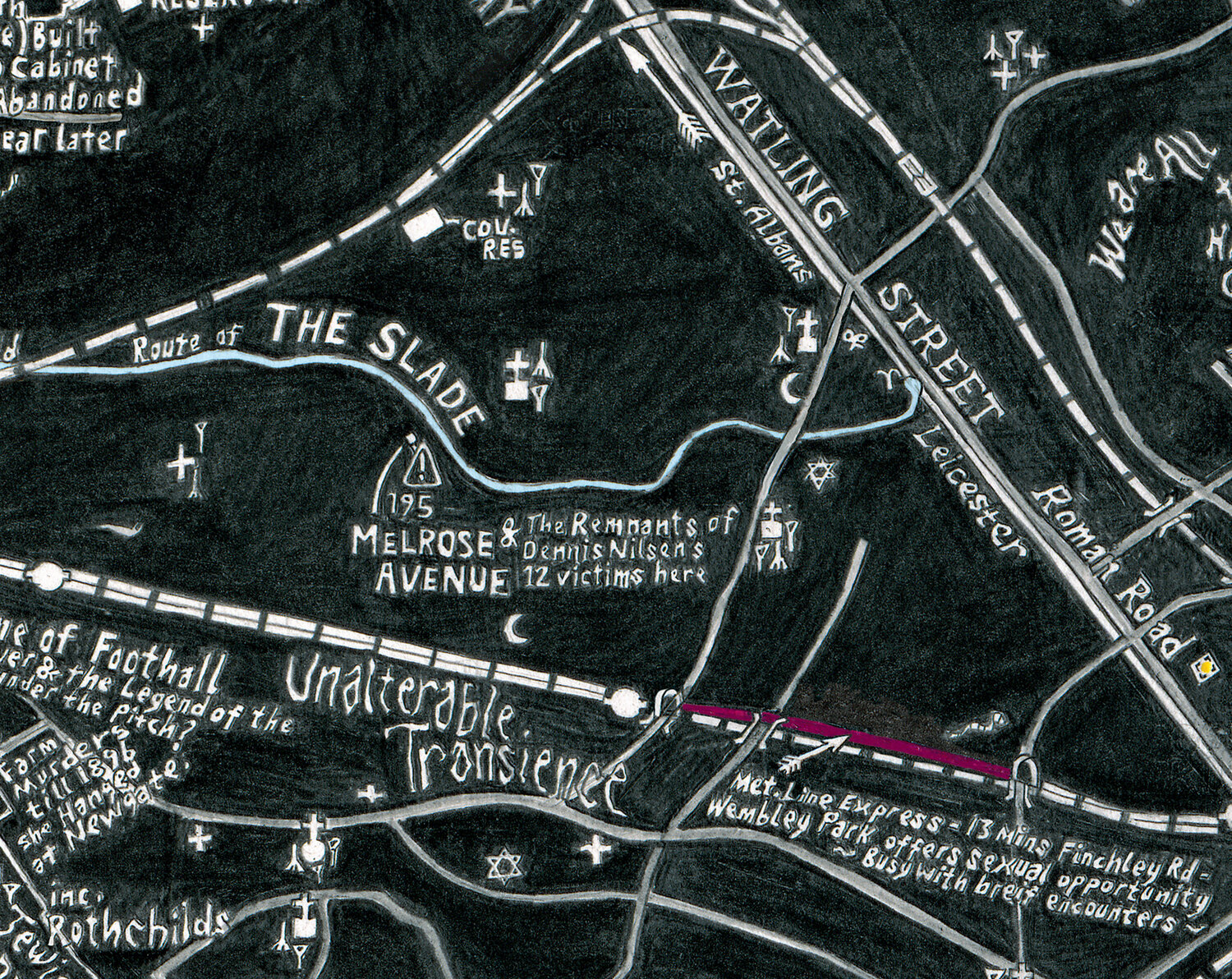
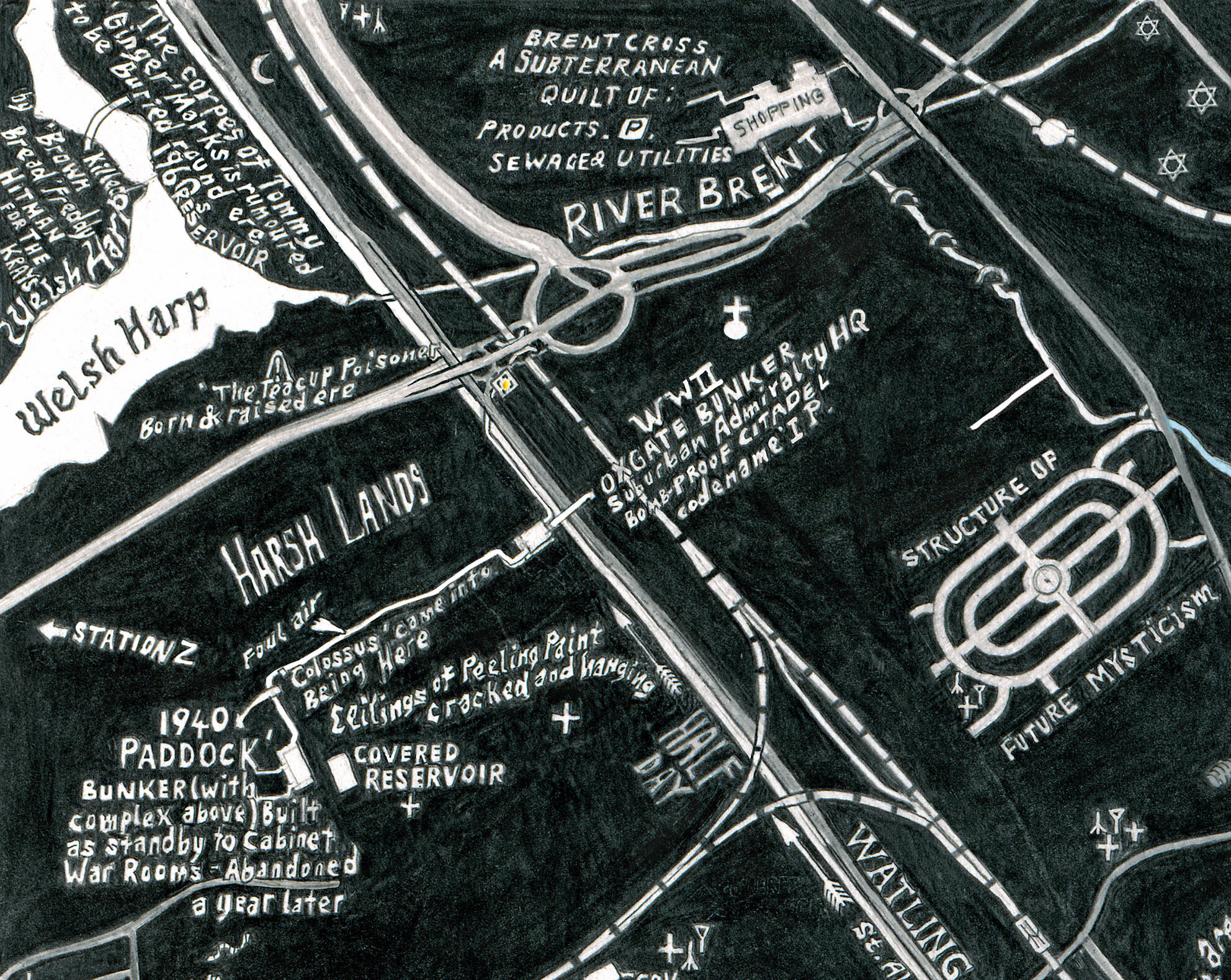
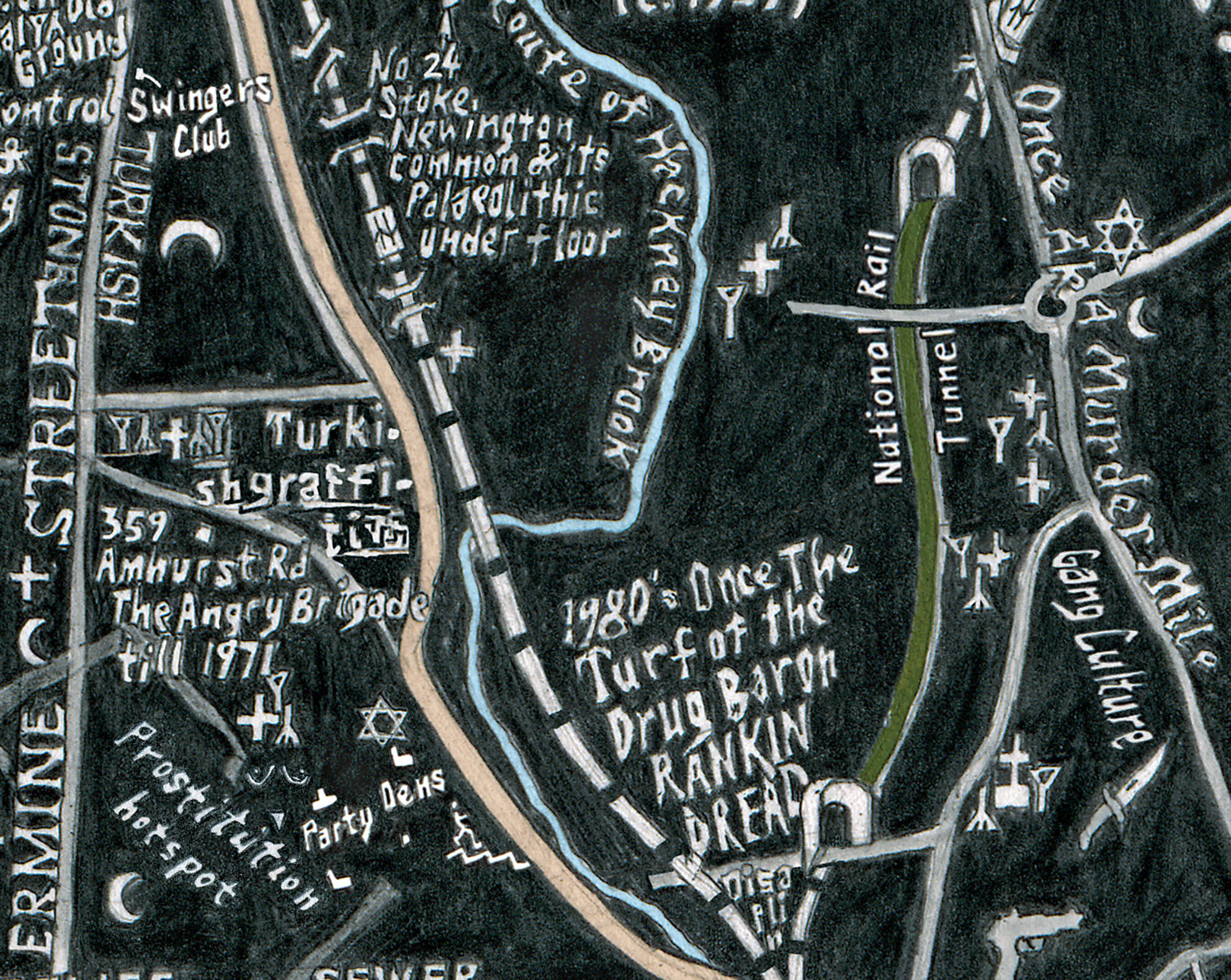
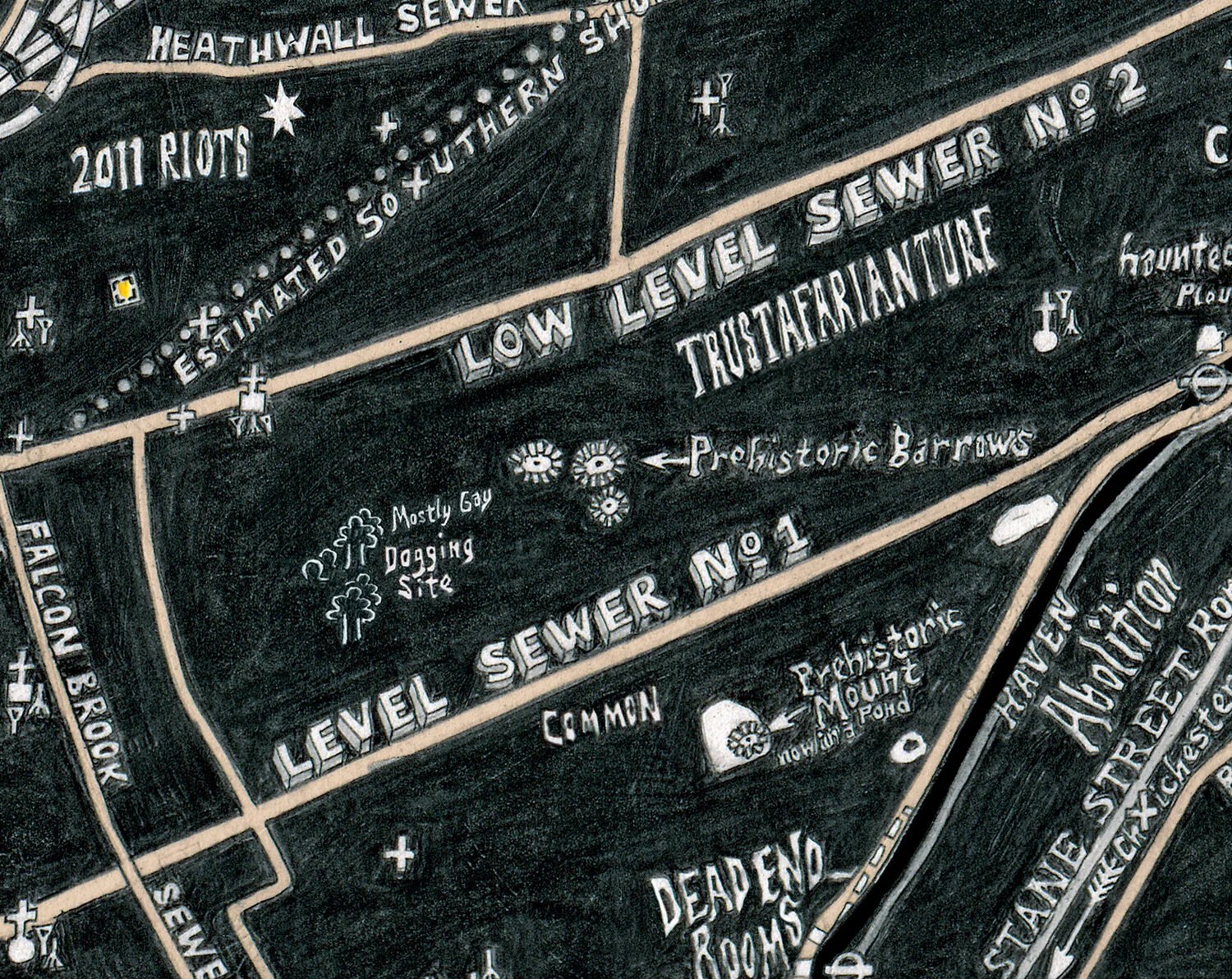
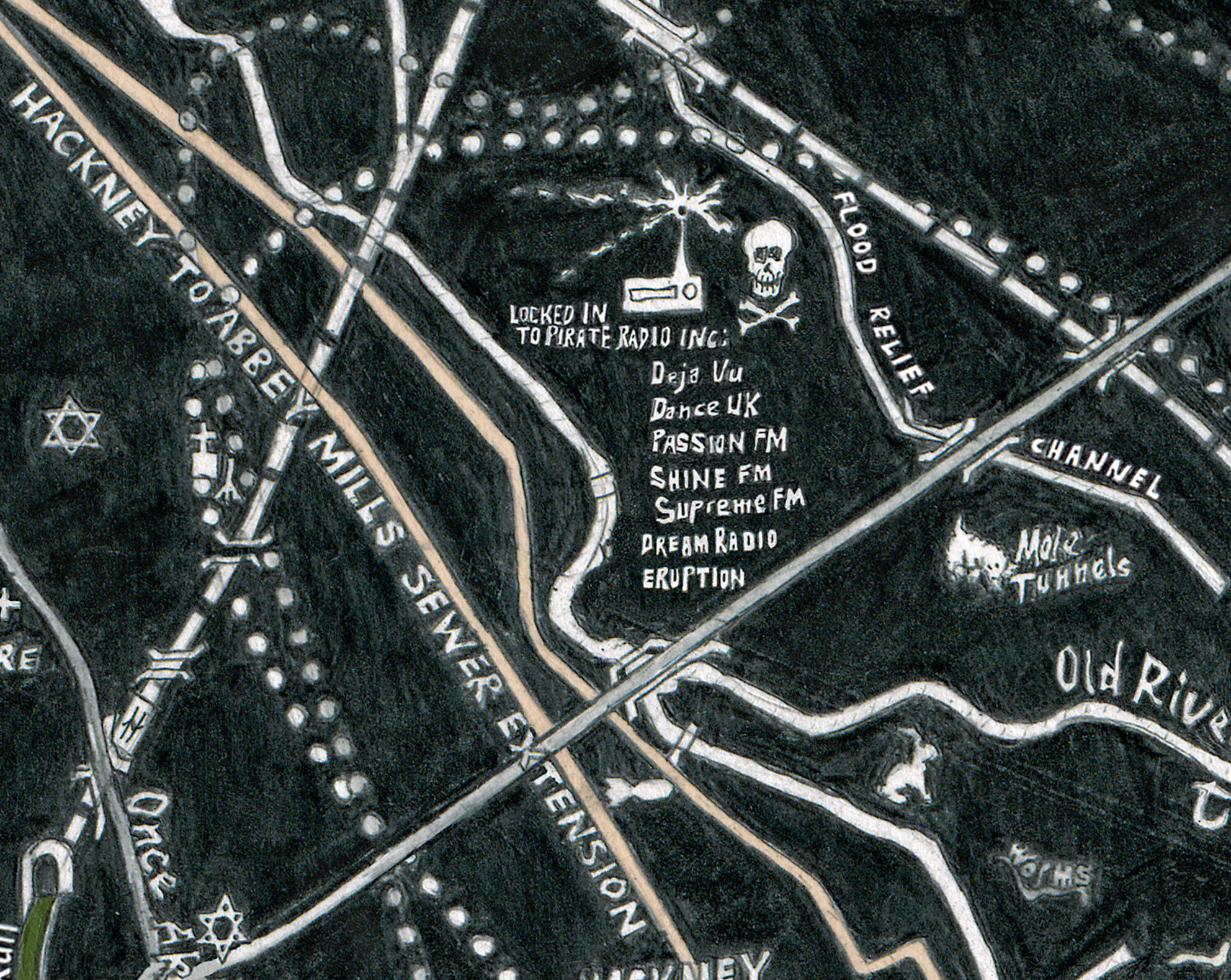
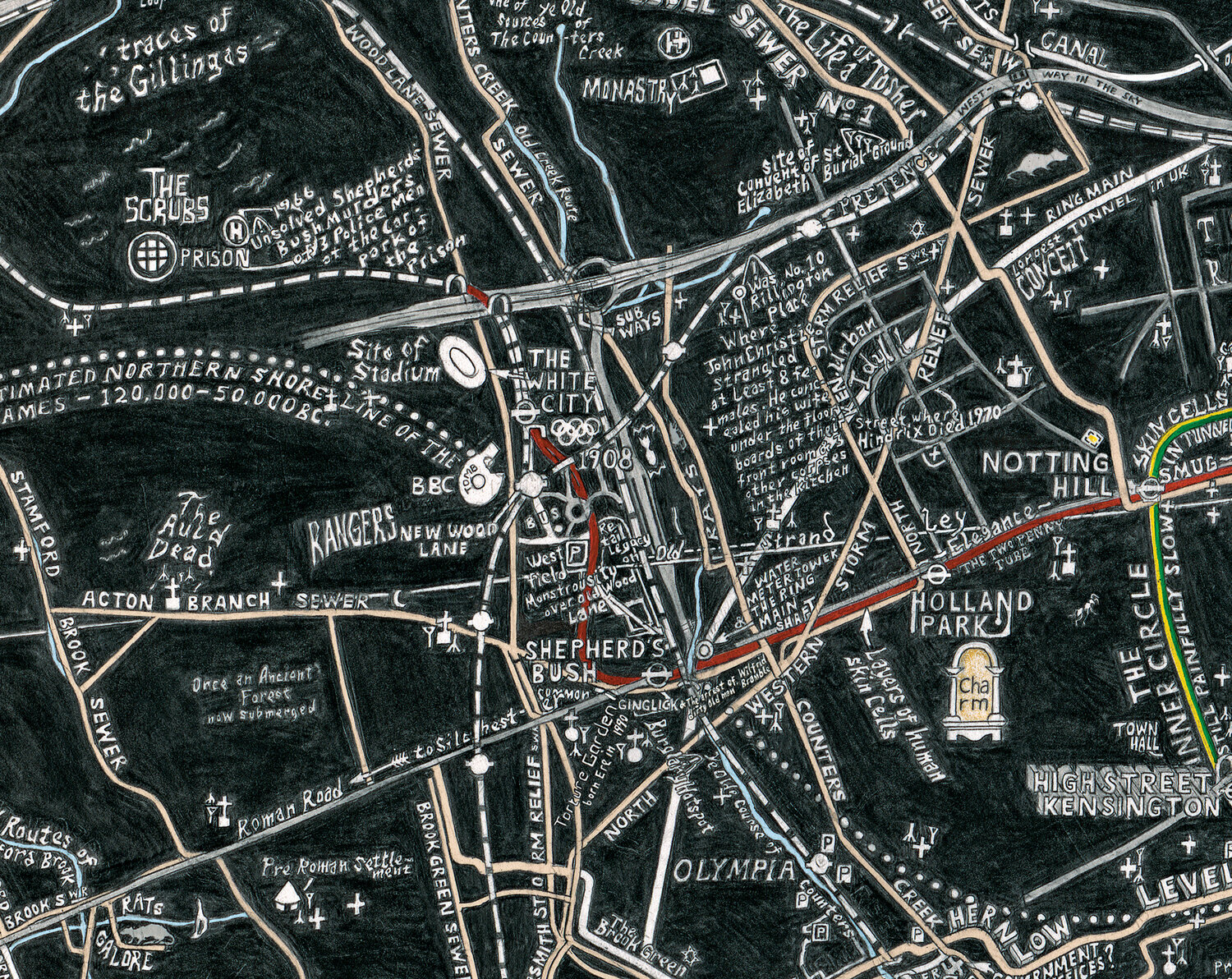
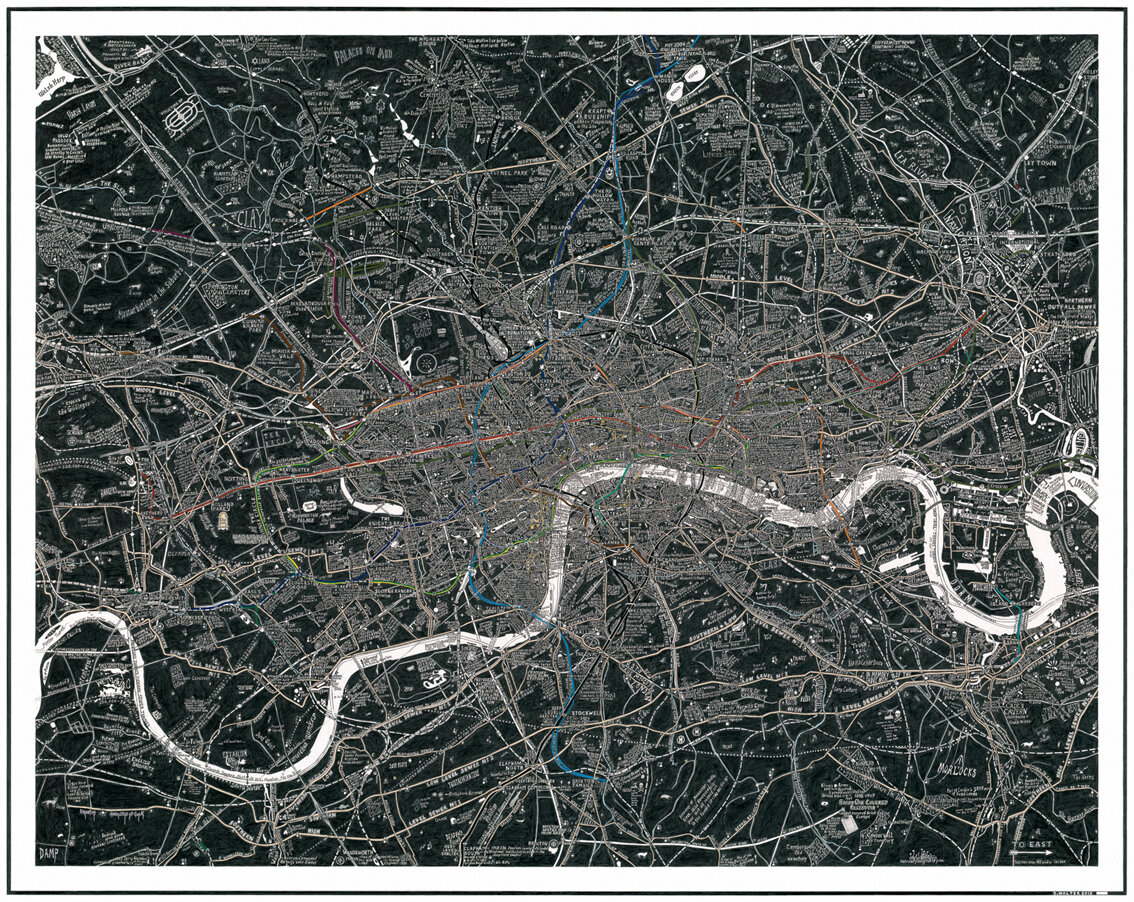
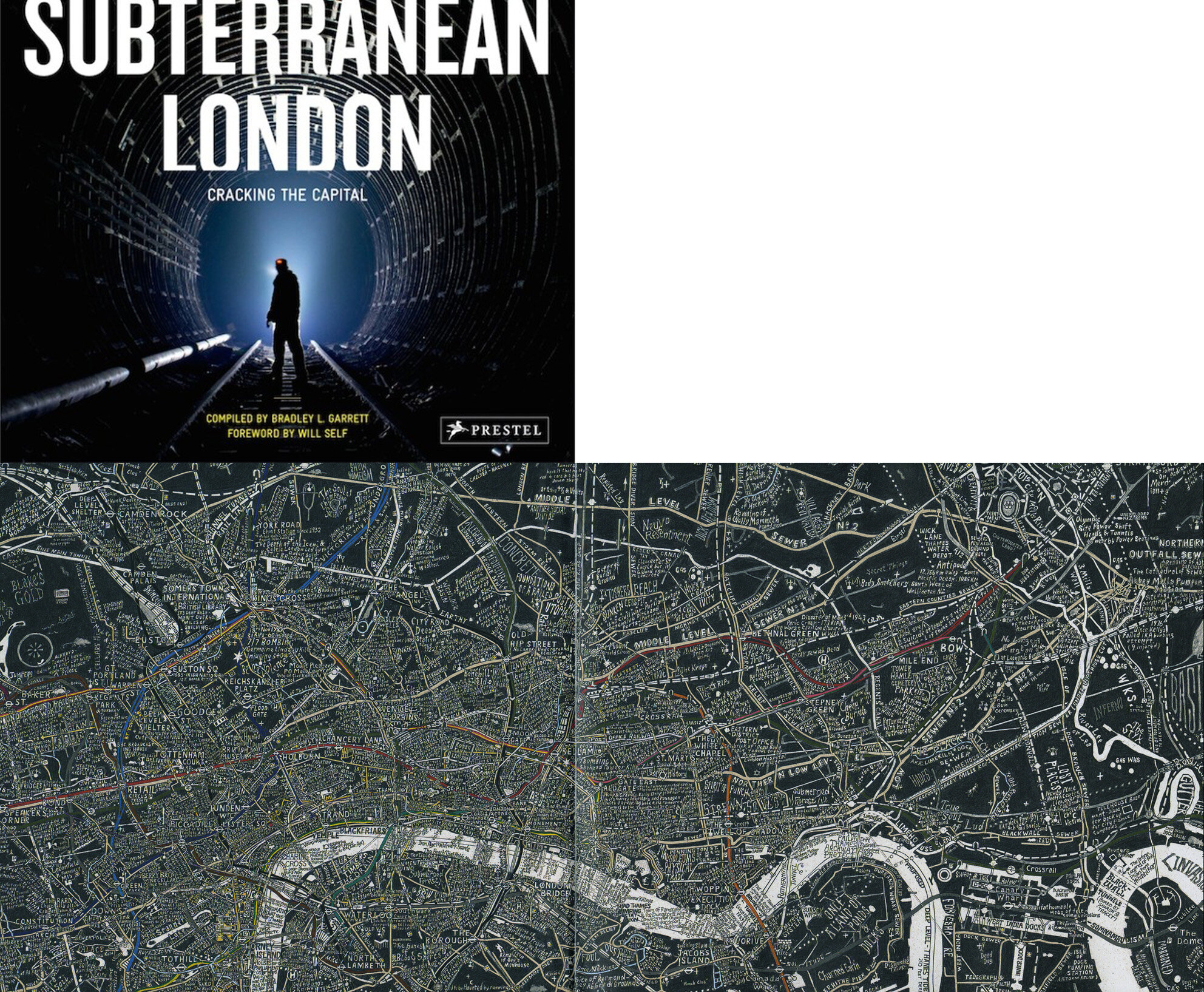
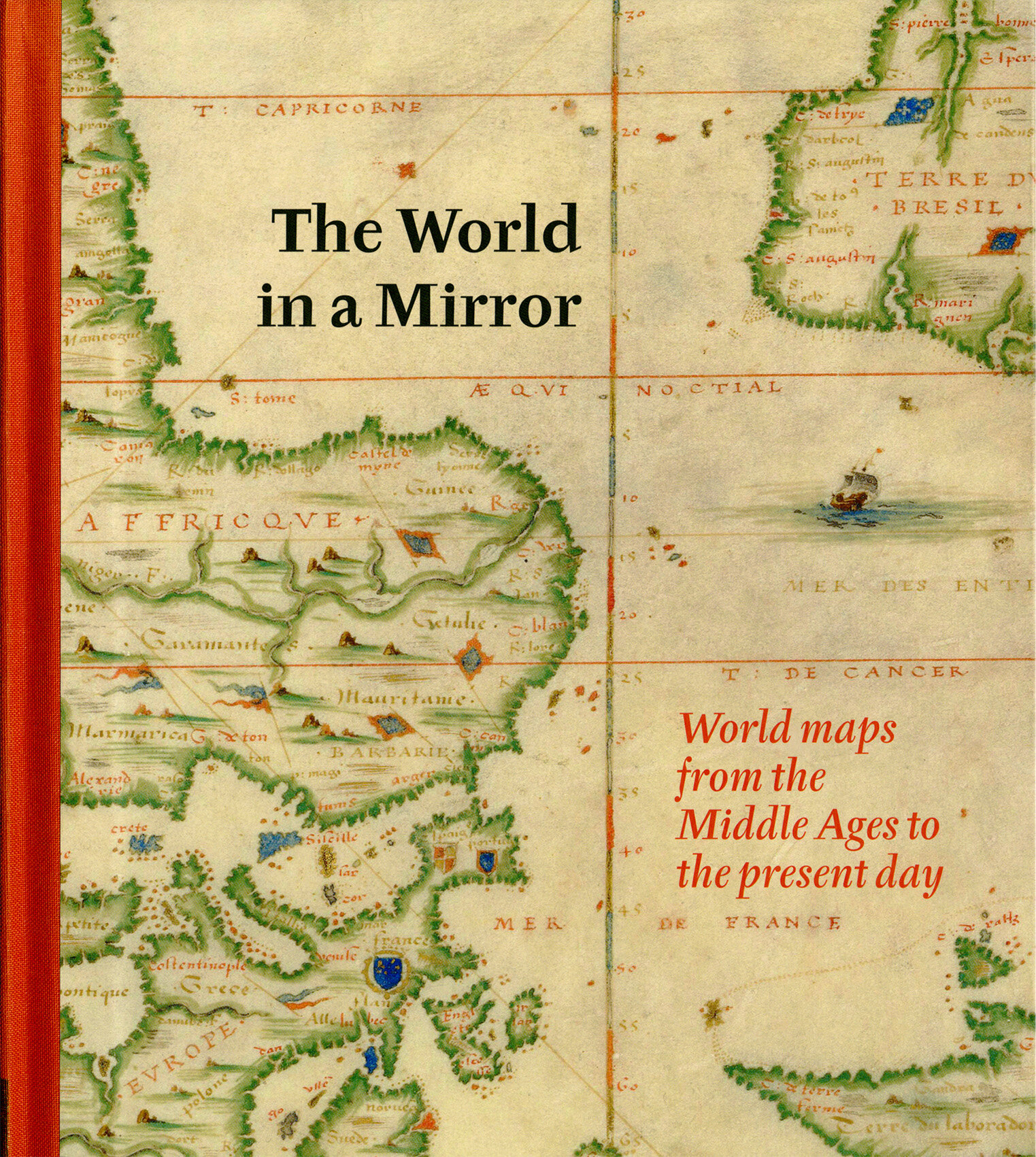
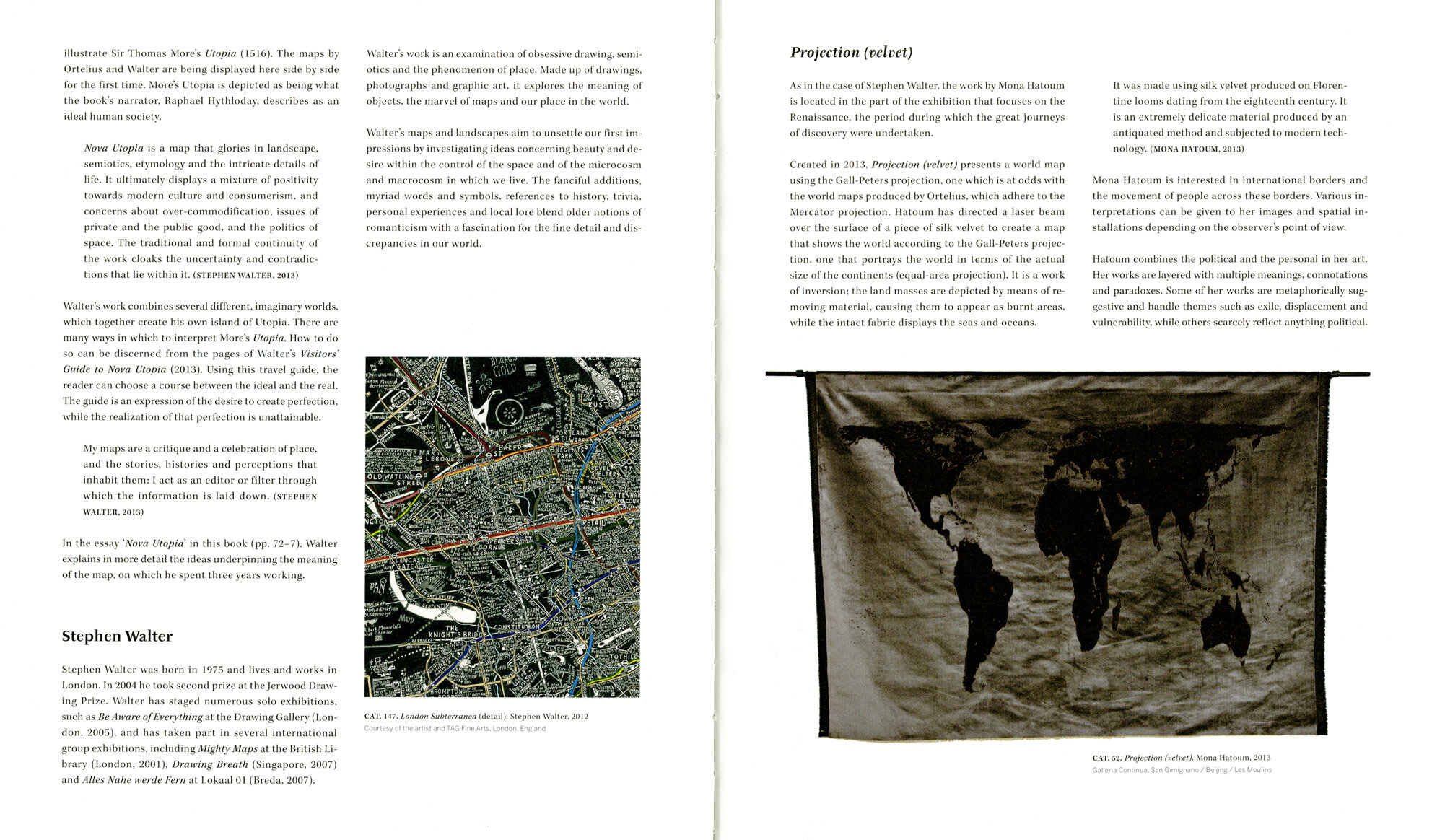
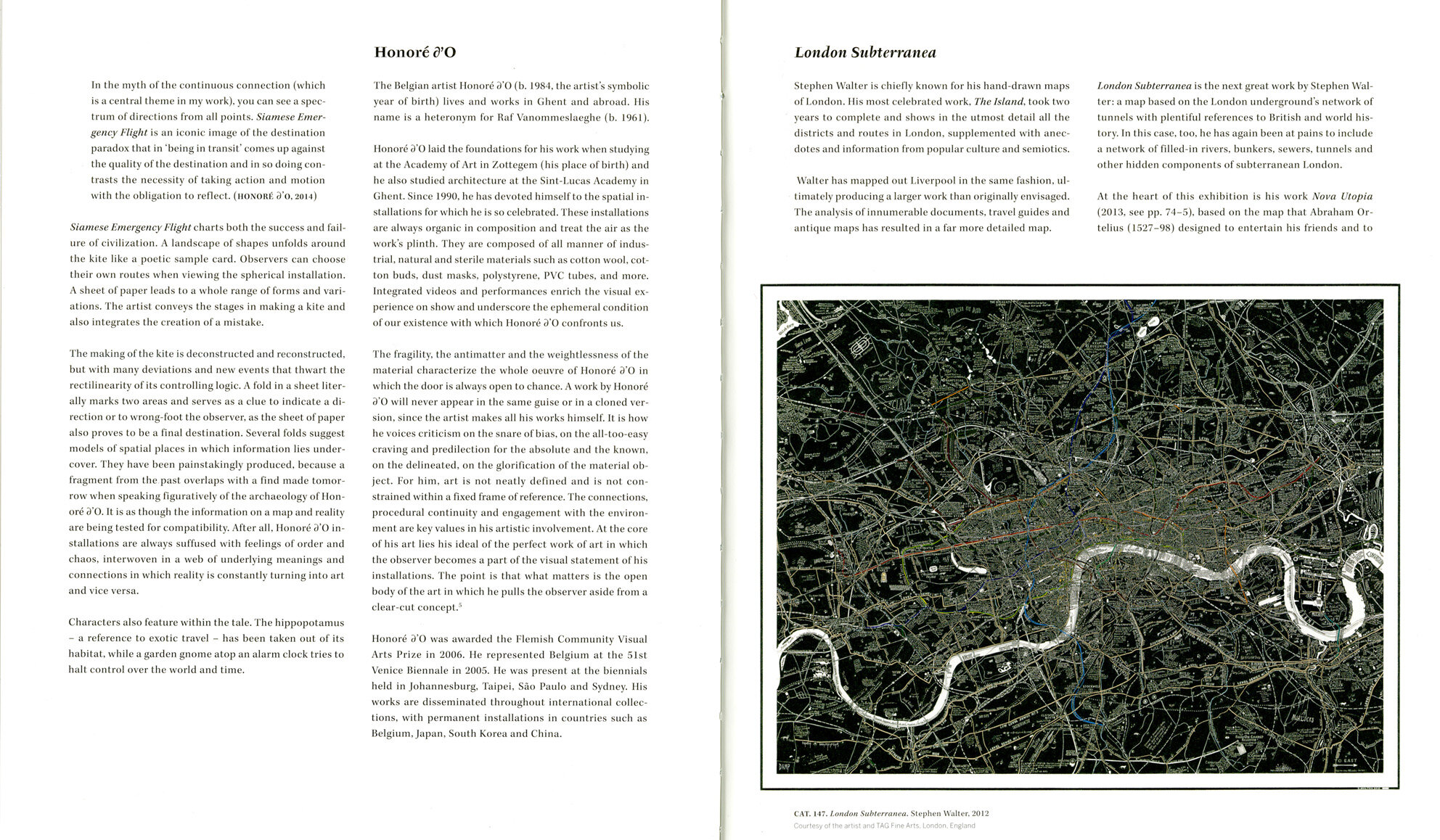
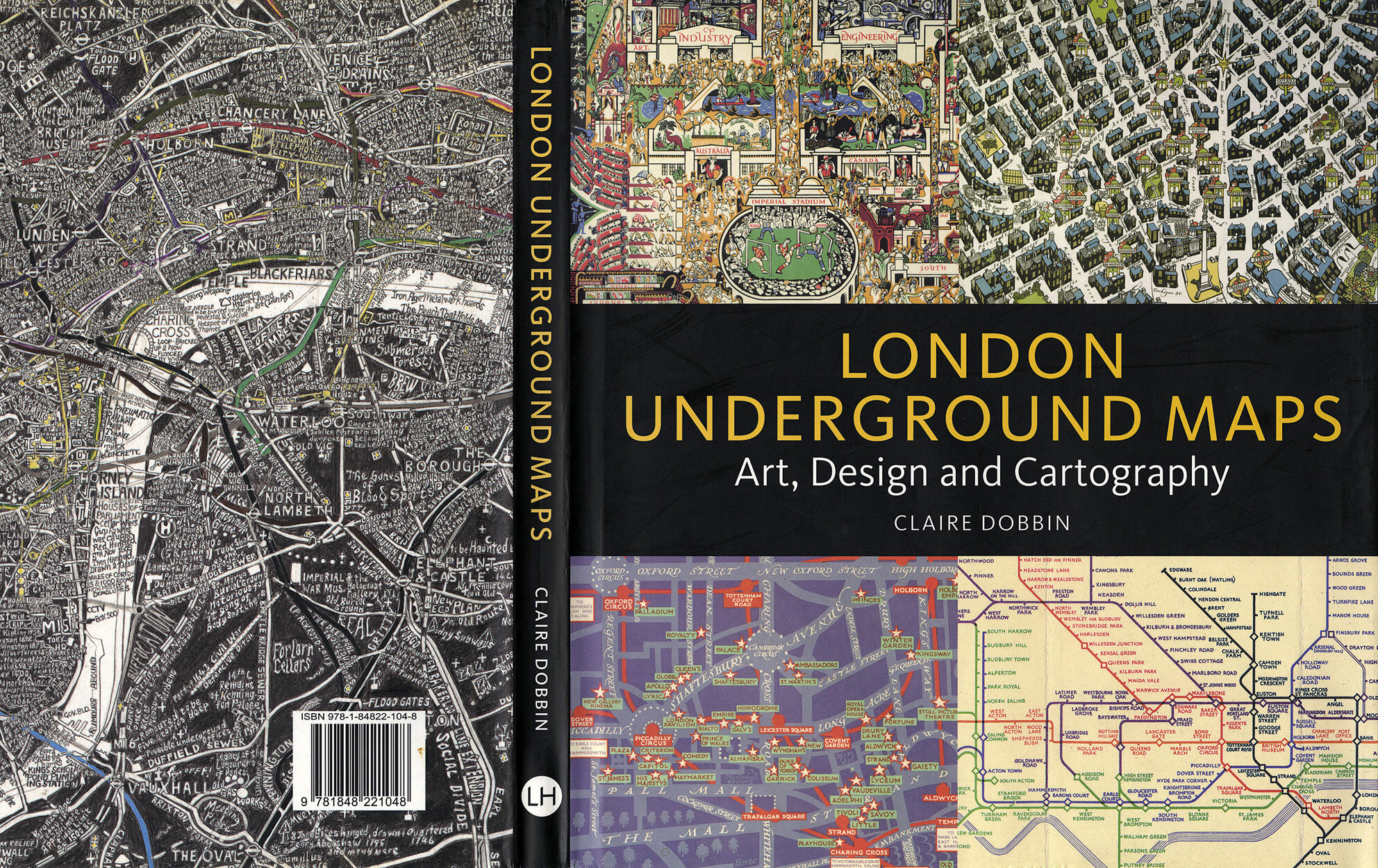
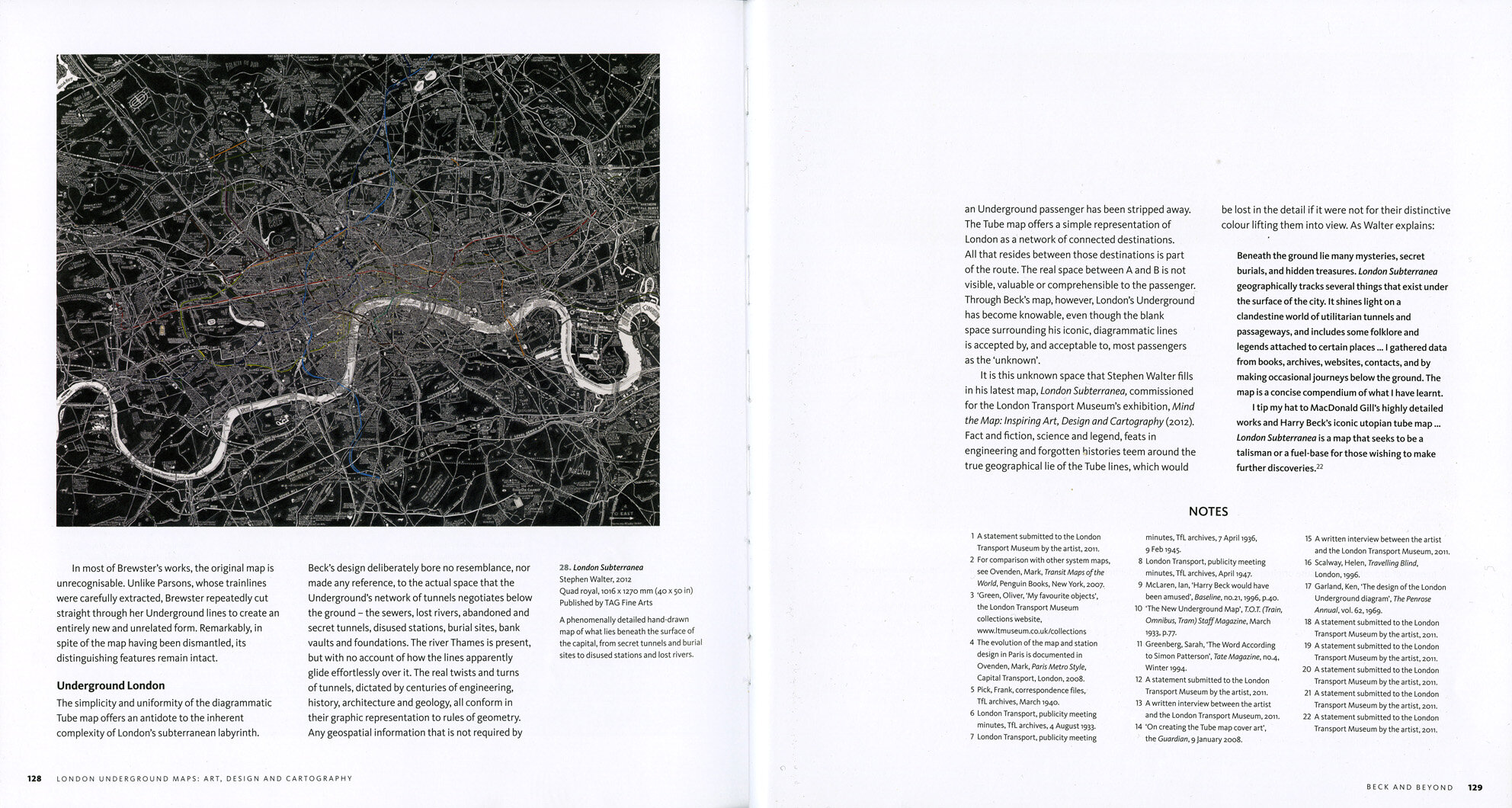
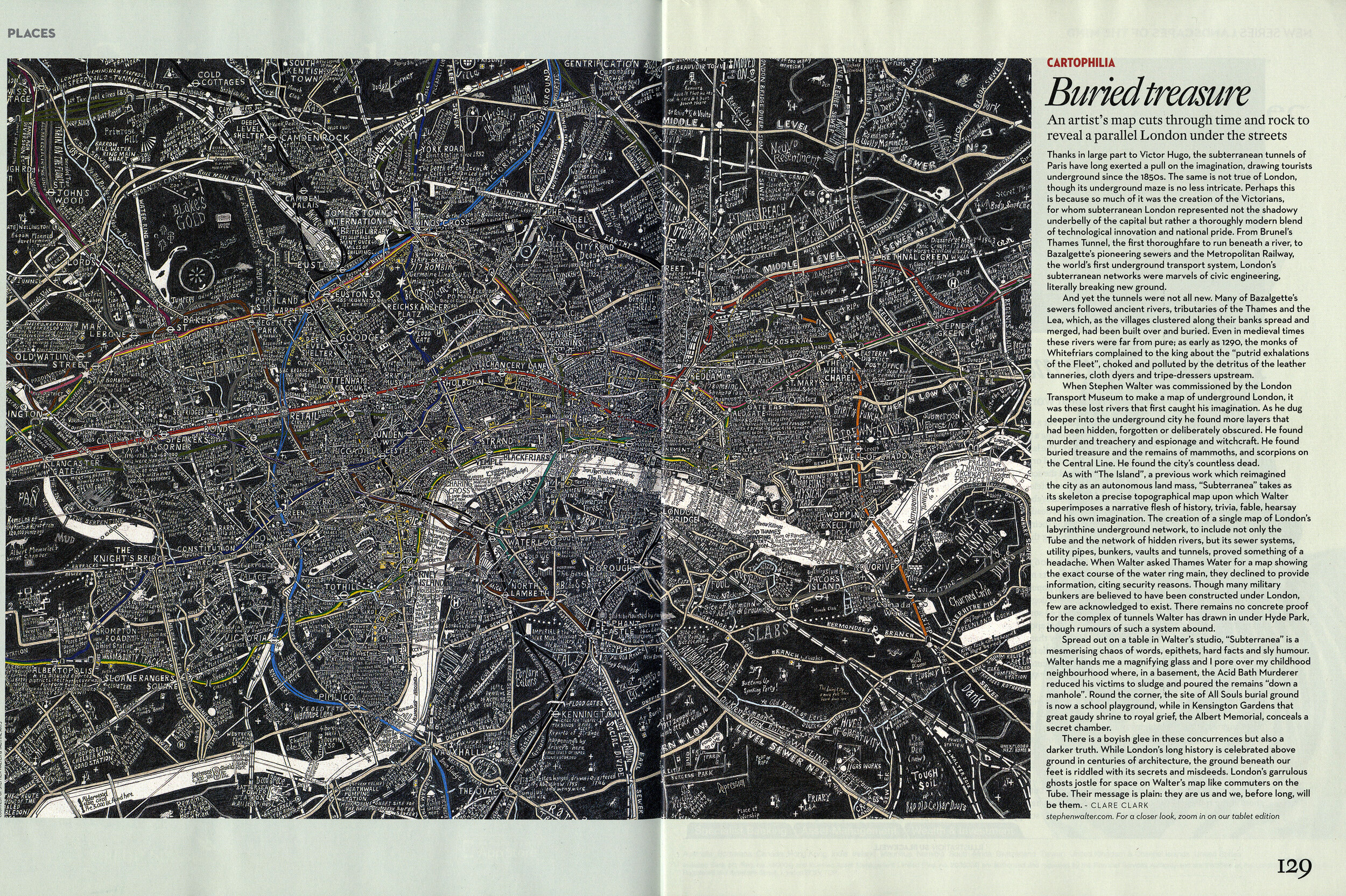
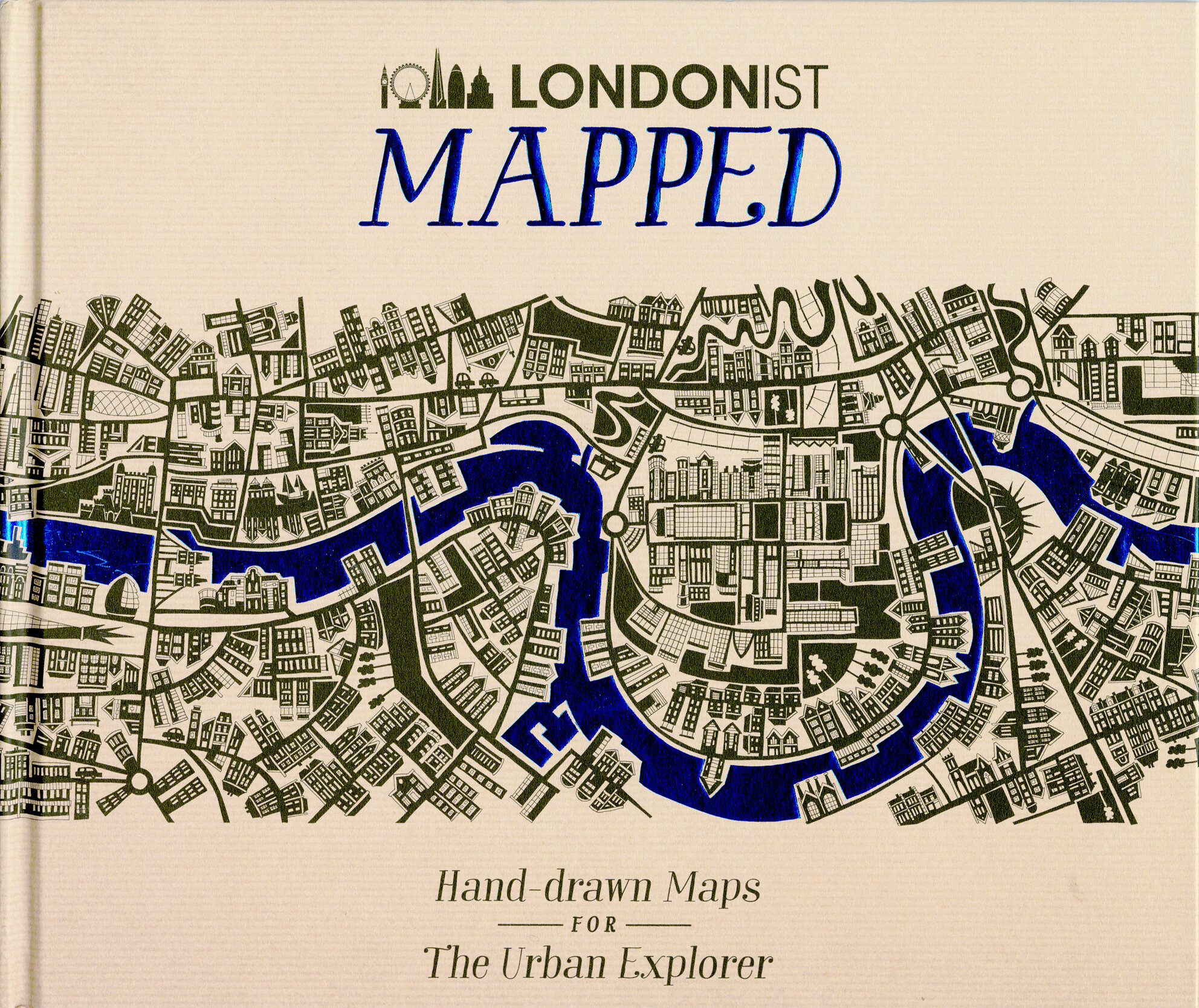
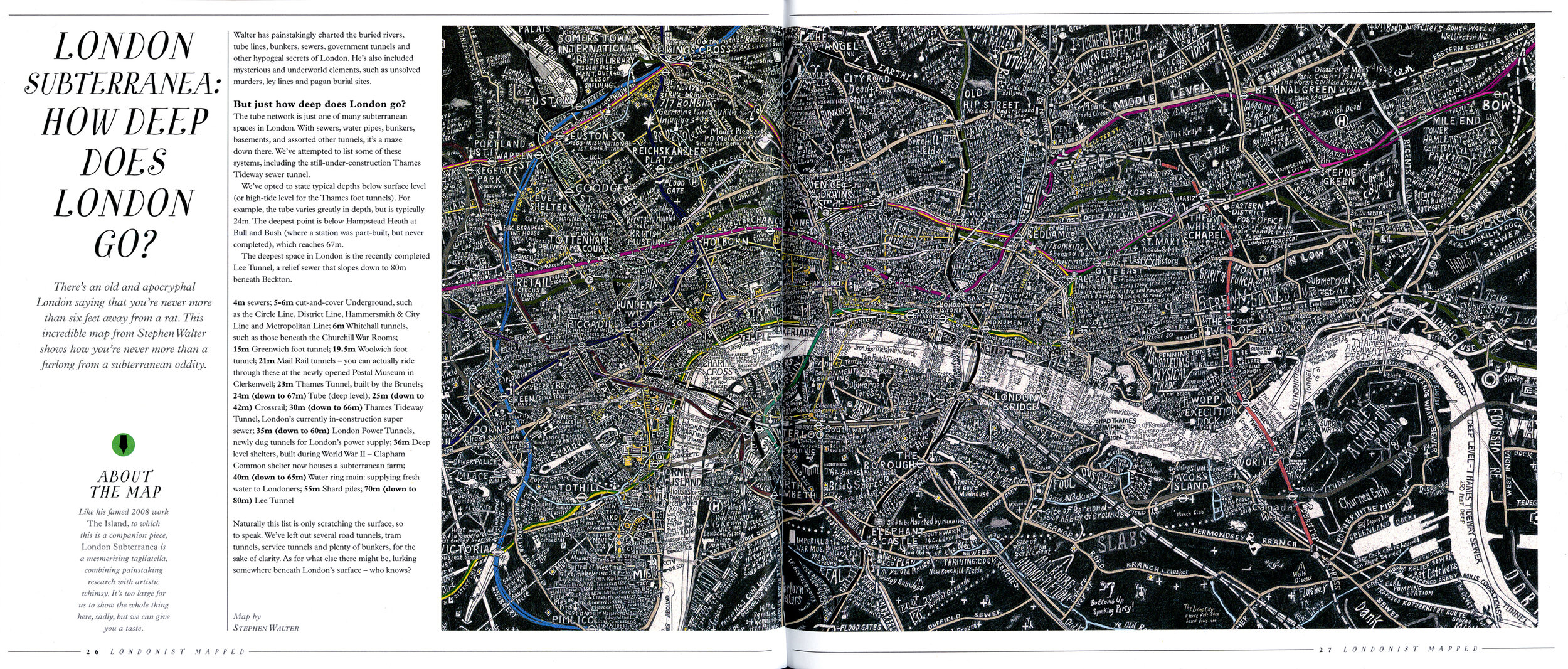

















![[Detail - Legend]](https://images.squarespace-cdn.com/content/v1/5d7a4b9c806fe2477aa8fc89/1568370926276-DE2OE3SCYP08QO13MKHA/Key+detail.jpg)
